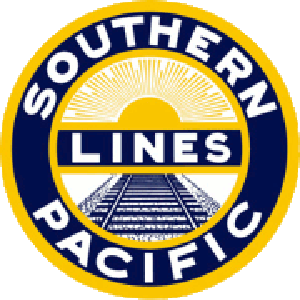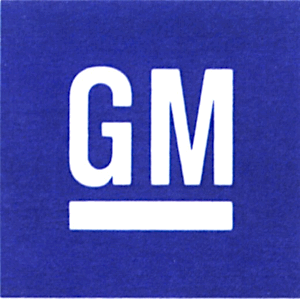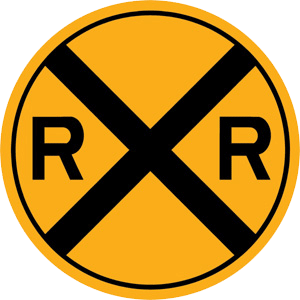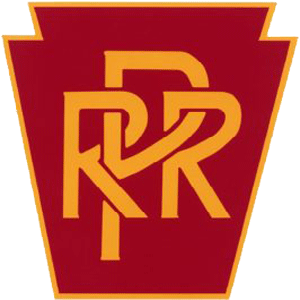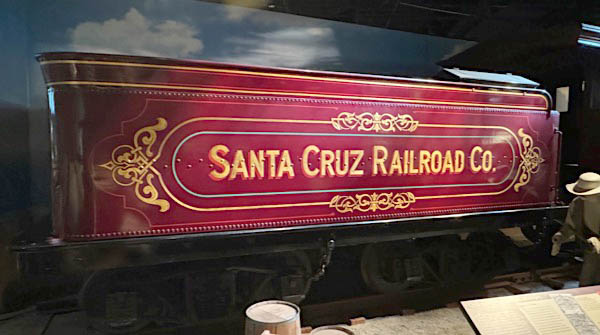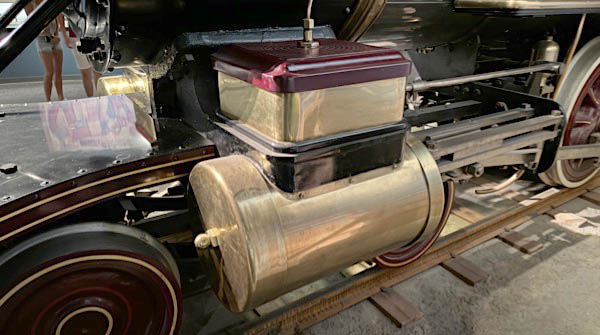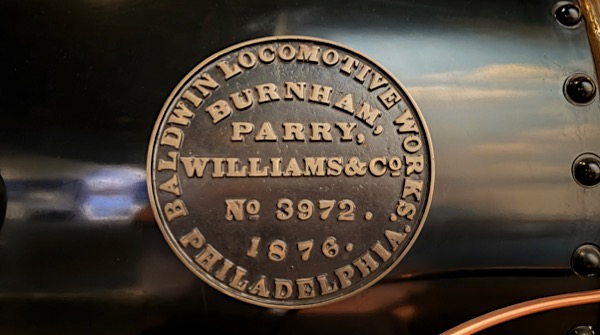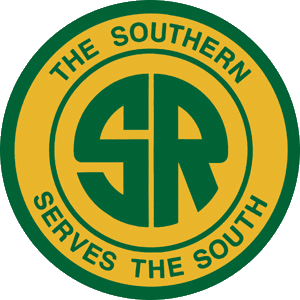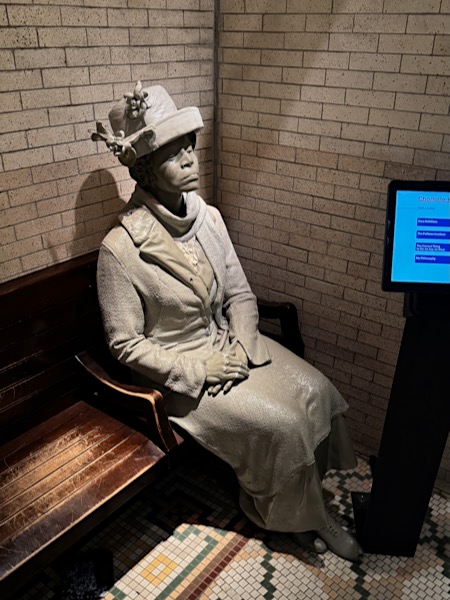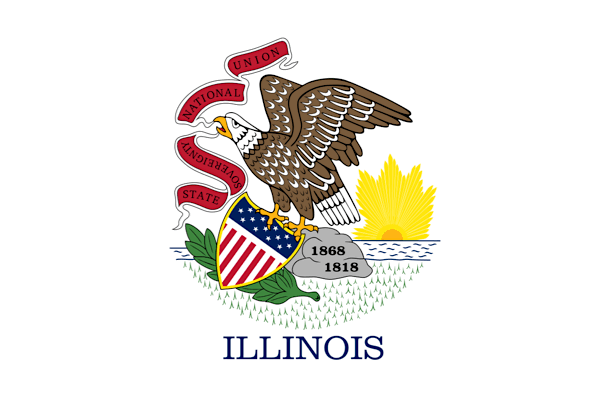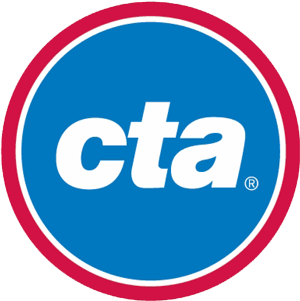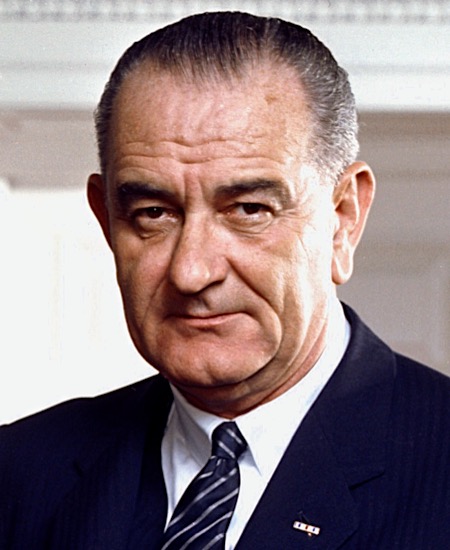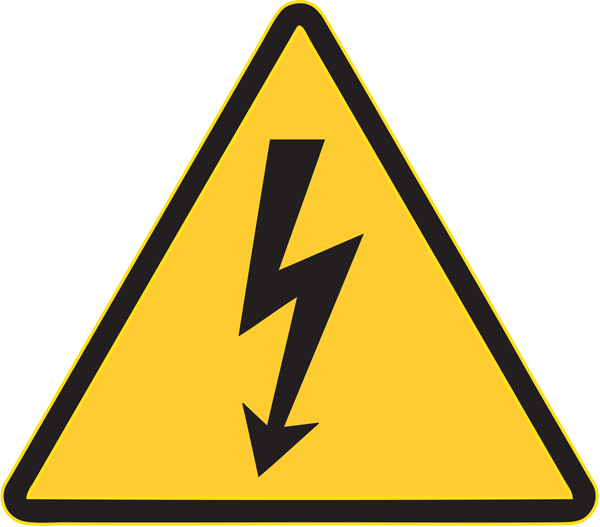
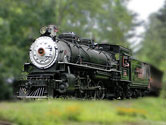






Preservation
 |
National Museum
|
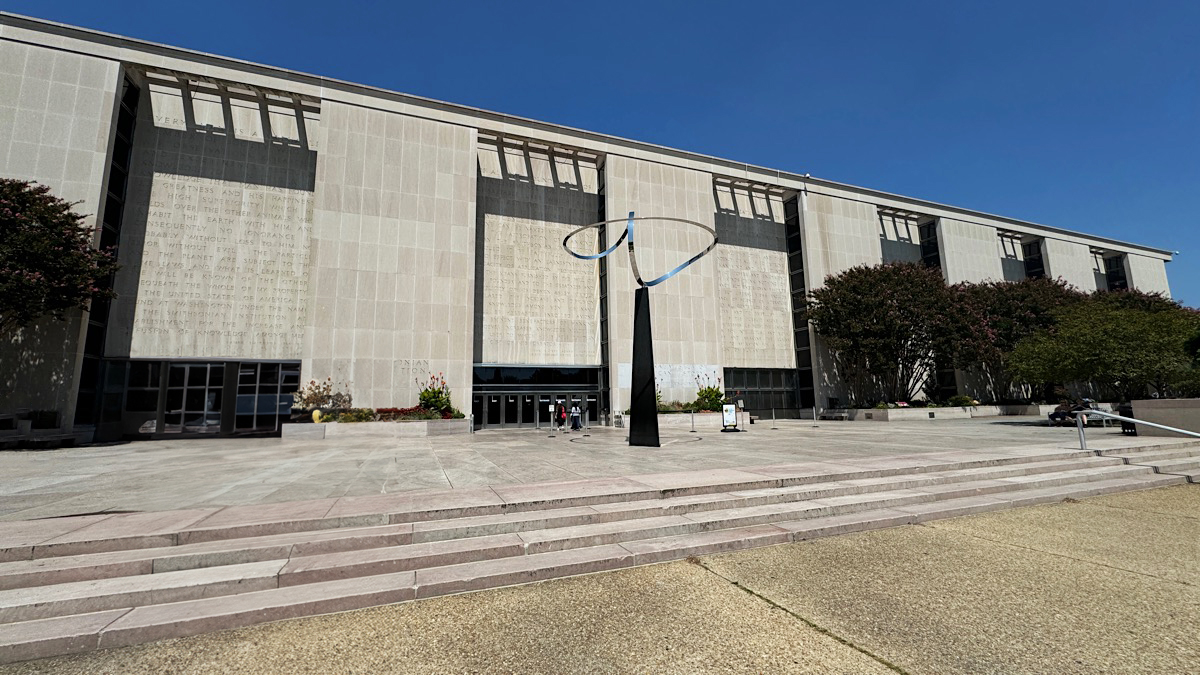
Washington, DC / Aug 2024 / RWH

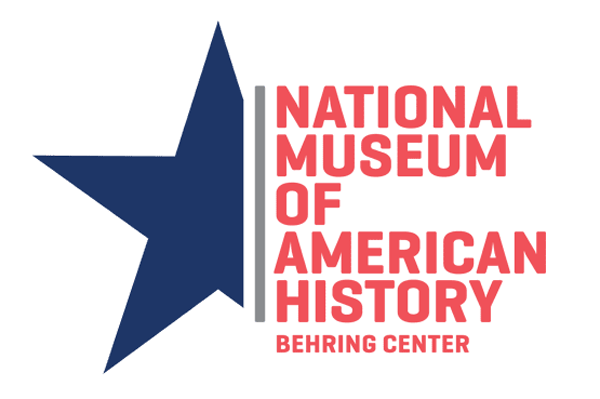
 MERICA ON THE MOVE — This major exhibition examines how transportation—from 1876 to 1999—has shaped our American identity from a mostly rural nation into a major economic power, forged a sense of national unity, delivered consumer abundance, and encouraged a degree of social and economic mobility unlike that of any other nation of the world.
Arranged chronologically and through 19 sections, historical settings include the coming of the railroad to a California town in 1876, the role of the streetcar and the automobile in creating suburbs outside of cities, and the transformation of a U.S. port with the introduction of containerized shipping in the 1960s.
MERICA ON THE MOVE — This major exhibition examines how transportation—from 1876 to 1999—has shaped our American identity from a mostly rural nation into a major economic power, forged a sense of national unity, delivered consumer abundance, and encouraged a degree of social and economic mobility unlike that of any other nation of the world.
Arranged chronologically and through 19 sections, historical settings include the coming of the railroad to a California town in 1876, the role of the streetcar and the automobile in creating suburbs outside of cities, and the transformation of a U.S. port with the introduction of containerized shipping in the 1960s.

 he National Museum of American History, located on the National Mall in Washington, D.C., is a part of the Smithsonian Institution and is dedicated to preserving and exploring the history of the United States. The museum opened in 1964 and houses a wide range of collections that span various aspects of American life, culture, science, and politics. Its exhibitions include everything from the original Star-Spangled Banner to artifacts from the nation's transportation, military, business, and entertainment sectors. Through these diverse collections, the museum seeks to provide insight into the American experience, showcasing how the country has evolved over time. Visitors to the museum can explore iconic objects such as the First Ladies’ Inaugural Gowns, the Greensboro lunch counter from the Civil Rights Movement, and Thomas Jefferson’s writing desk. The museum also emphasizes interactive experiences, offering programs and hands-on exhibits that engage visitors of all ages.
he National Museum of American History, located on the National Mall in Washington, D.C., is a part of the Smithsonian Institution and is dedicated to preserving and exploring the history of the United States. The museum opened in 1964 and houses a wide range of collections that span various aspects of American life, culture, science, and politics. Its exhibitions include everything from the original Star-Spangled Banner to artifacts from the nation's transportation, military, business, and entertainment sectors. Through these diverse collections, the museum seeks to provide insight into the American experience, showcasing how the country has evolved over time. Visitors to the museum can explore iconic objects such as the First Ladies’ Inaugural Gowns, the Greensboro lunch counter from the Civil Rights Movement, and Thomas Jefferson’s writing desk. The museum also emphasizes interactive experiences, offering programs and hands-on exhibits that engage visitors of all ages.
The America on the Move exhibition at the National Museum of American History explores the profound impact of transportation on American life, culture, and economy. Spanning over 300 years of history, the exhibit showcases the evolution of transportation, from early horse-drawn carriages to modern automobiles, trains, and airplanes. The exhibition highlights how advancements in transportation transformed communities, reshaped industries, and influenced the way Americans live, work, and travel. Through immersive displays, the exhibit connects the personal stories of Americans with the broader changes brought about by these innovations. The collection includes the historic 1831 John Bull steam locomotive, a narrow-gauge American-type steamer from western contexts, a Chicago "L" transit display, and a classic Southern Railway Pacific-type passenger hauler — which hauled the funeral train for president Franklin Delano Roosevelt in 1945.

Click to see the National Museum of American History plotted on a Google Maps page
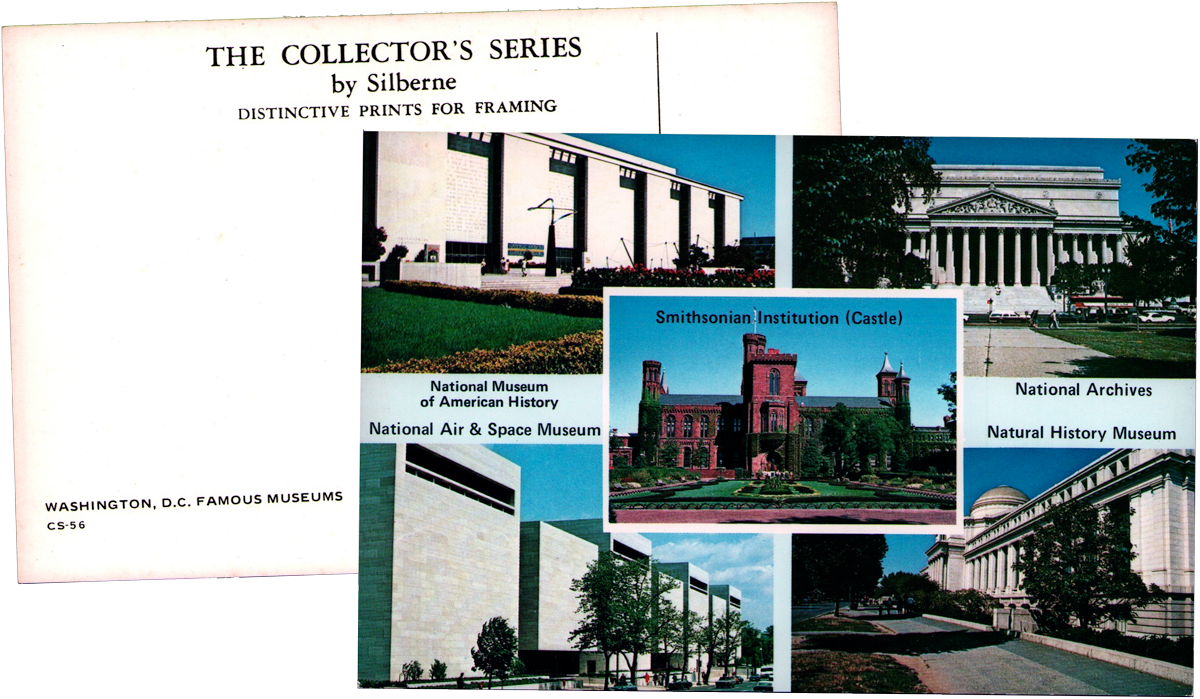
postcard / collection
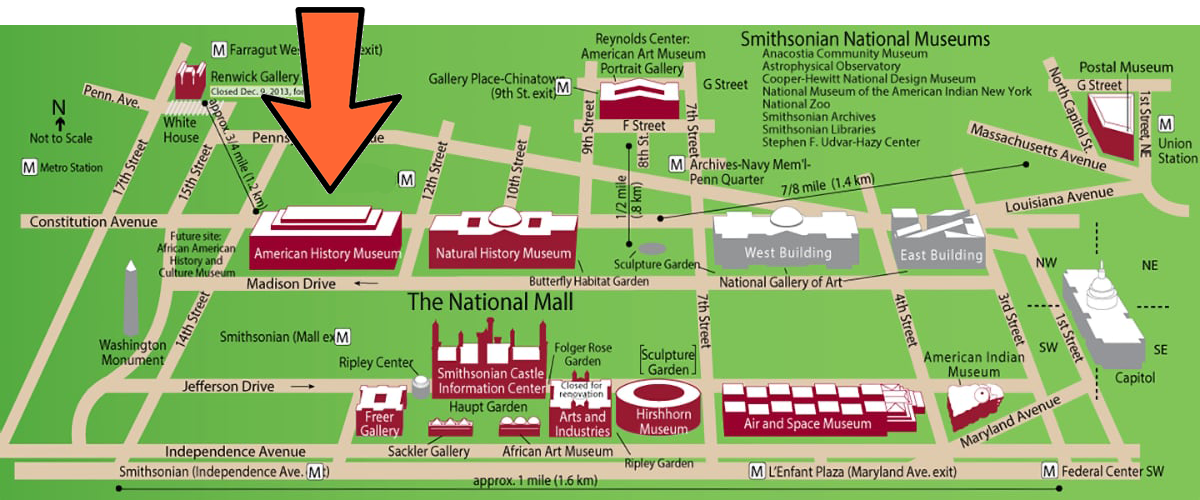
National Mall map / adapted RWH

Aug 2024 / RWH
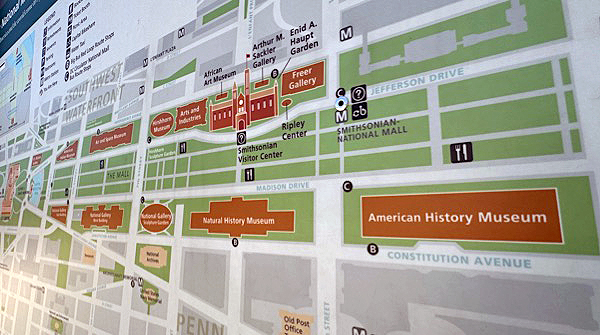
Aug 2024 / RWH
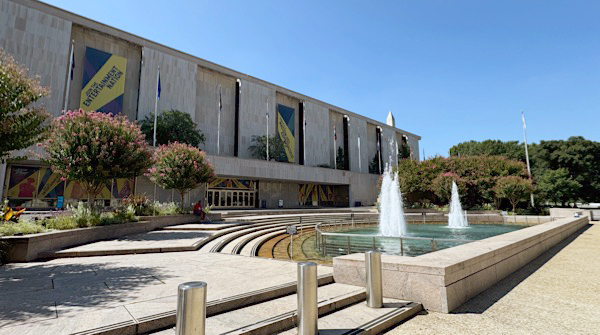
Washington, DC / Aug 2024 / RWH

Aug 2024 / RWH
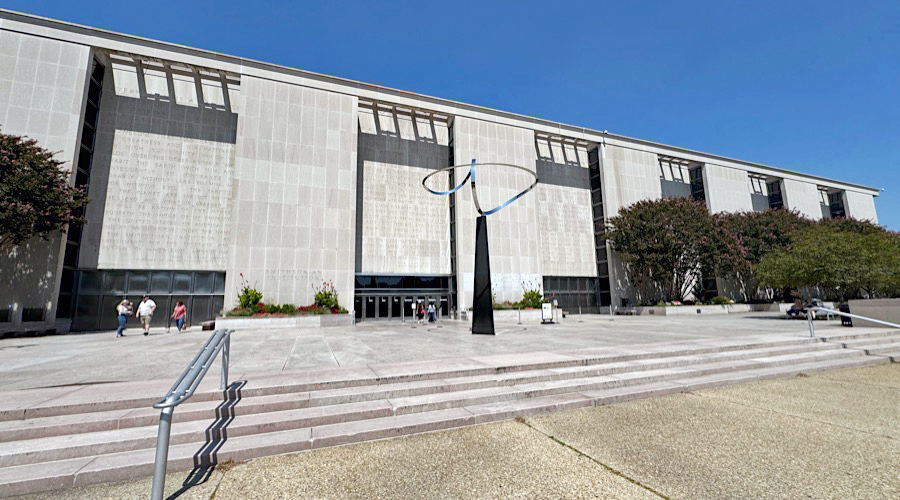
Washington, DC / Aug 2024 / RWH
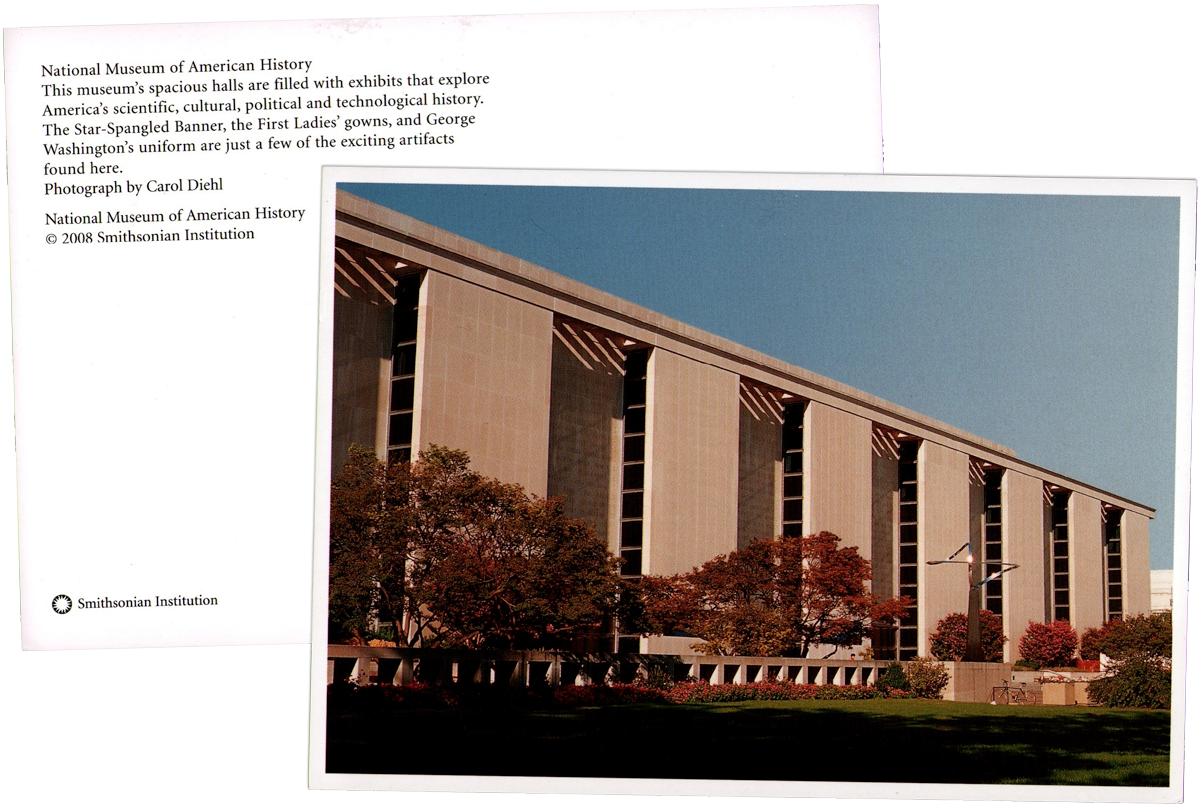
postcard / collection

Washington, DC / Aug 2024 / RWH
America on the Move
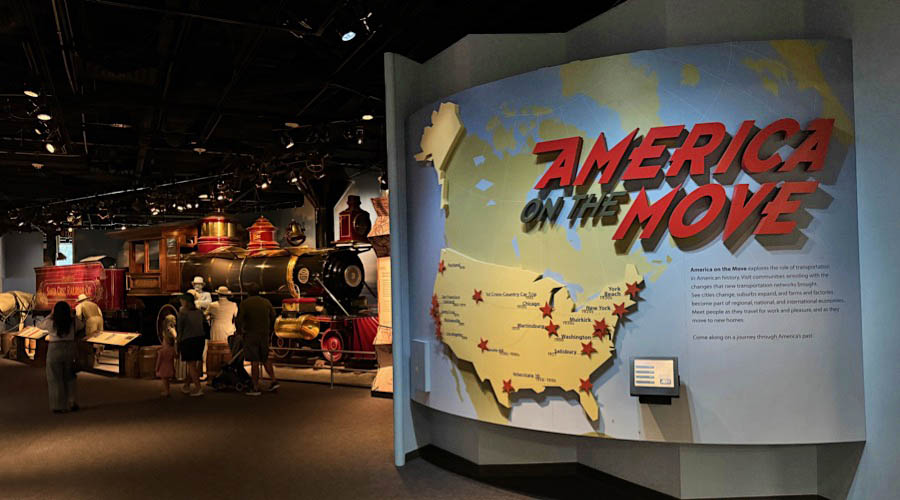
Aug 2024 / RWH
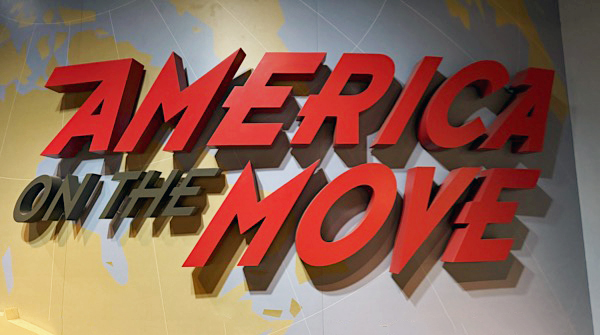
Aug 2024 / RWH
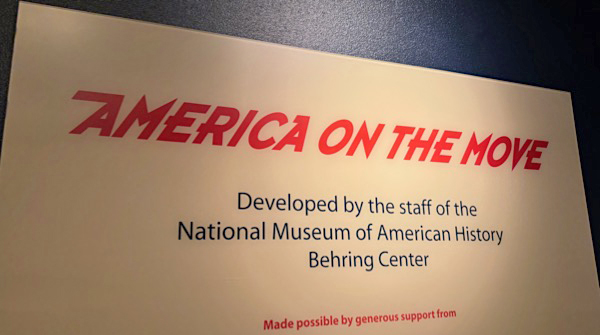
Aug 2024 / RWH
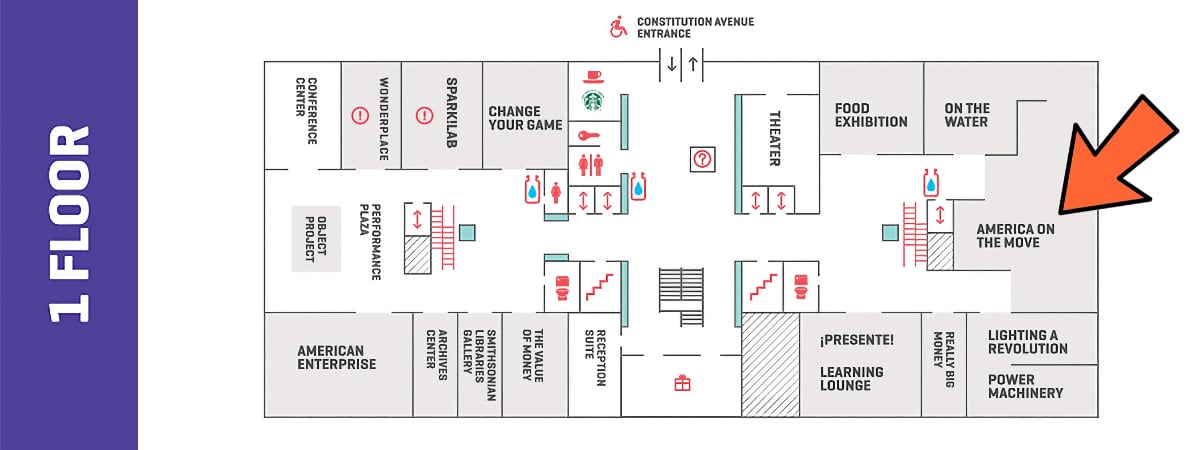
adapted RWH

Aug 2024 / RWH
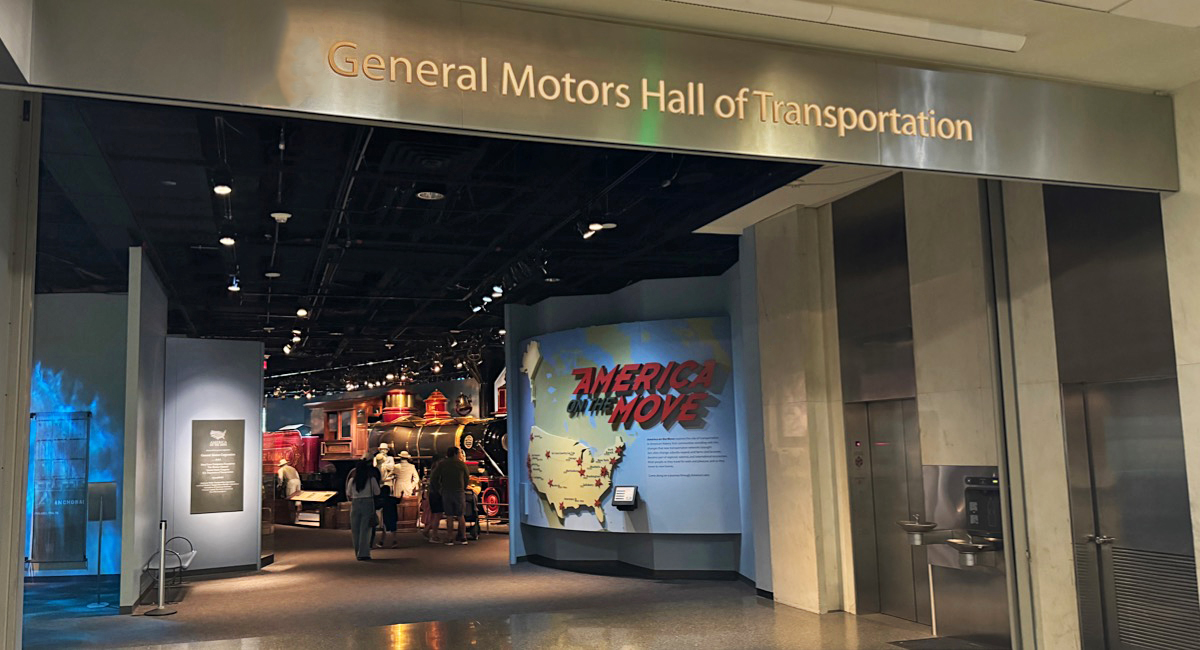
Aug 2024 / RWH

Aug 2024 / RWH
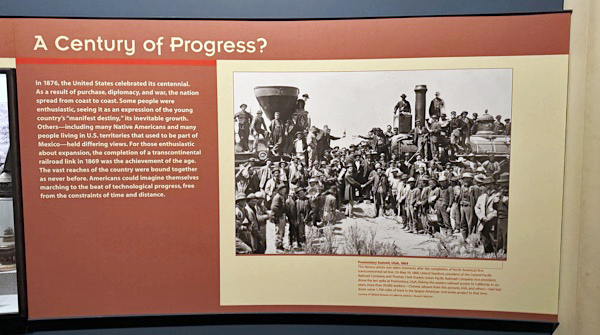
Aug 2024 / RWH
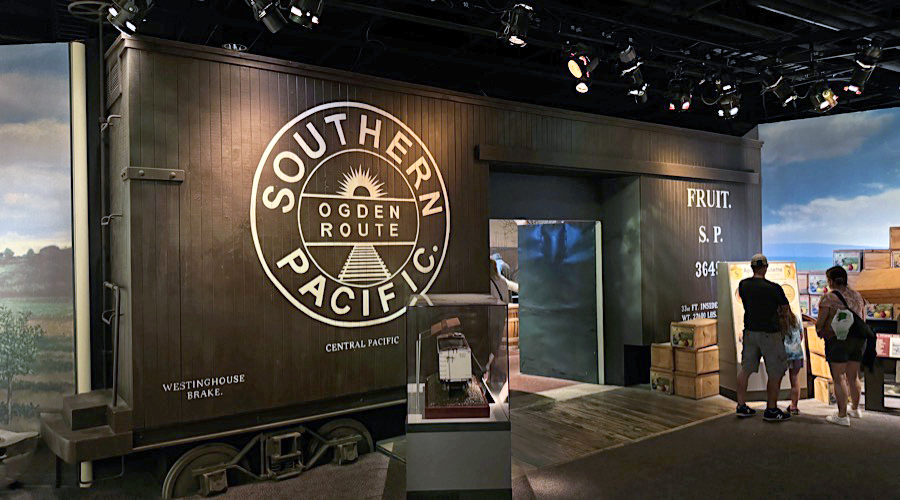
Aug 2024 / RWH
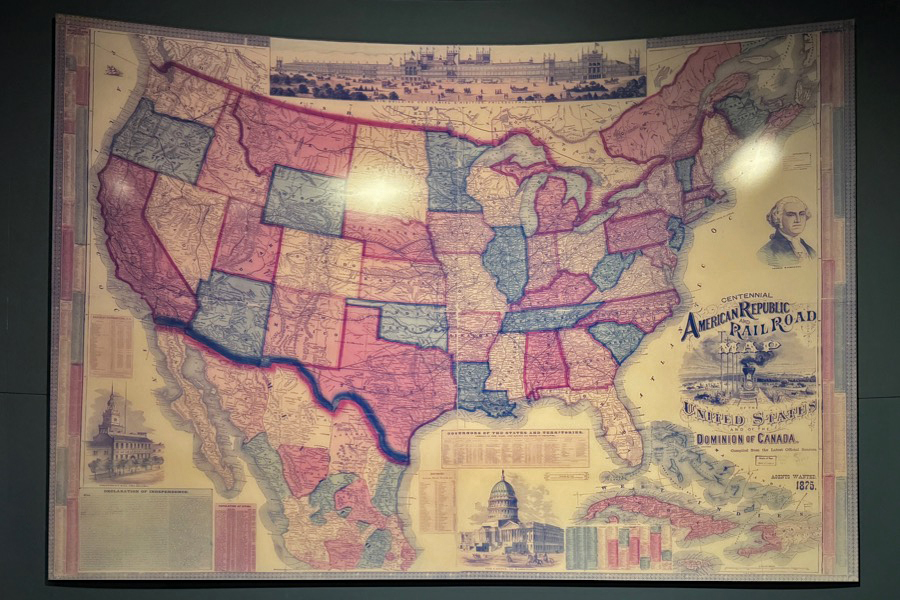
Aug 2024 / RWH
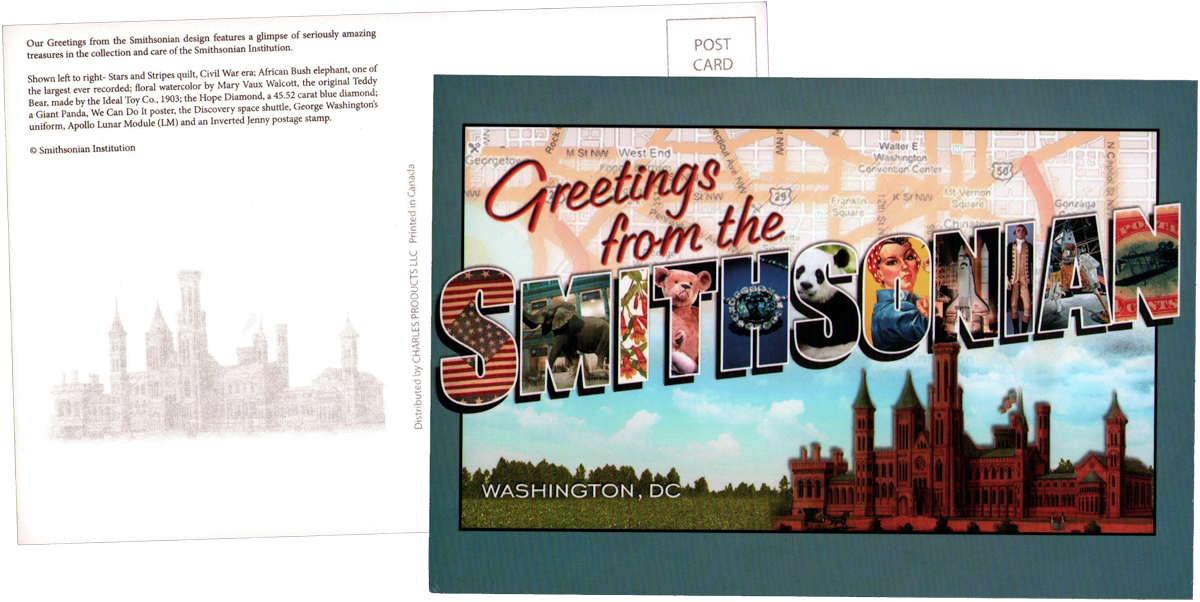
postcard / collection
 "John Bull"
"John Bull"
Camden & Amboy #1 "John Bull"

 UNCOMMON or UNUSUAL locomotive
UNCOMMON or UNUSUAL locomotive
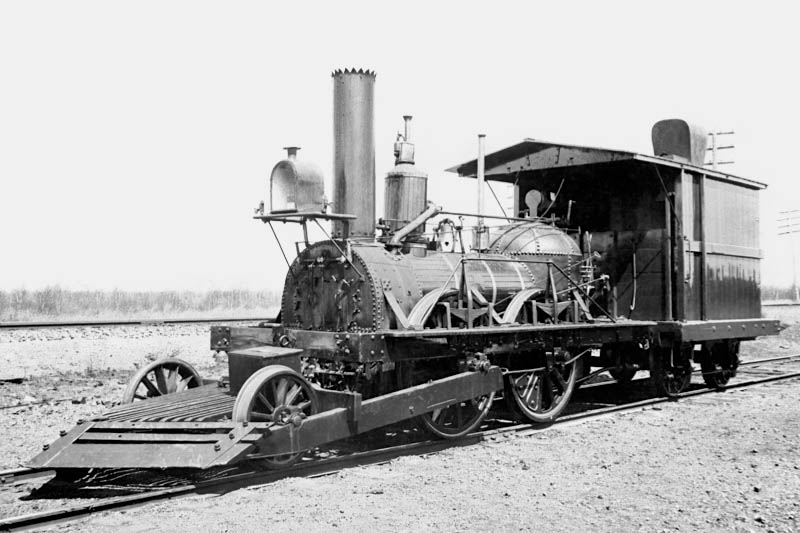
Camden & Amboy #1 "John Bull"
Wikipedia


Camden & Amboy #1
"John Bull"
originally named "Stevens"
colloquially called "John Bull"
to Pennsylvania Railroad
to Smithsonian Institution

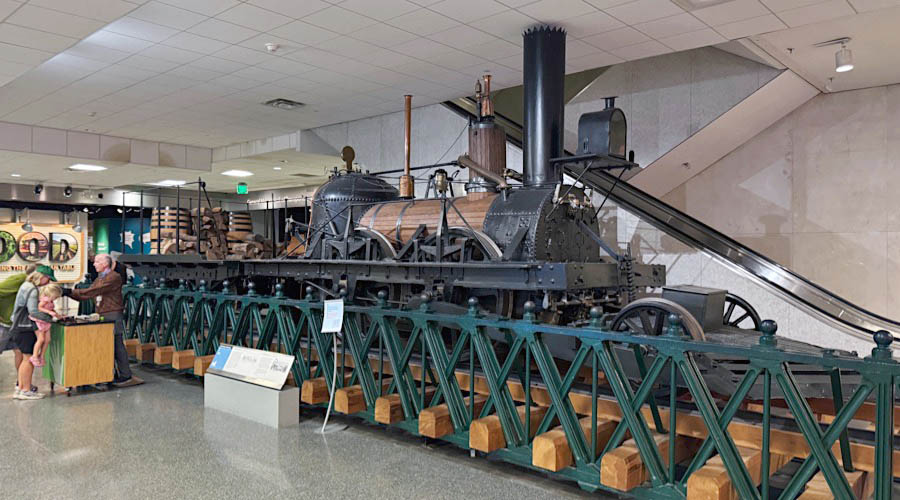
Aug 2024 / RWH

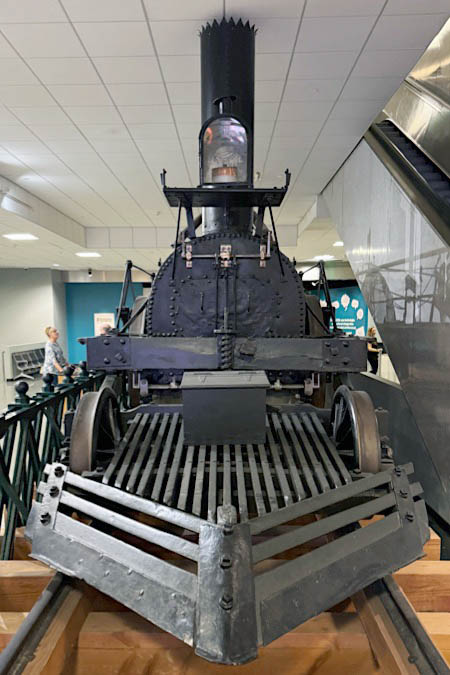
Aug 2024 / RWH

Aug 2024 / RWH
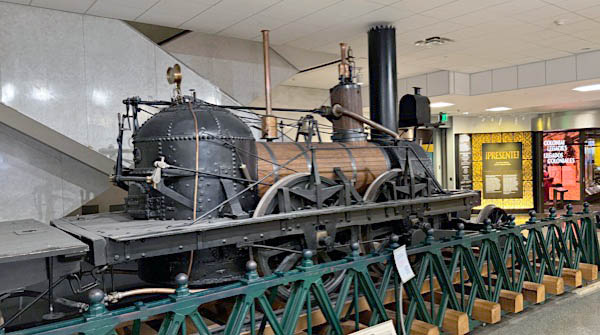
Aug 2024 / RWH
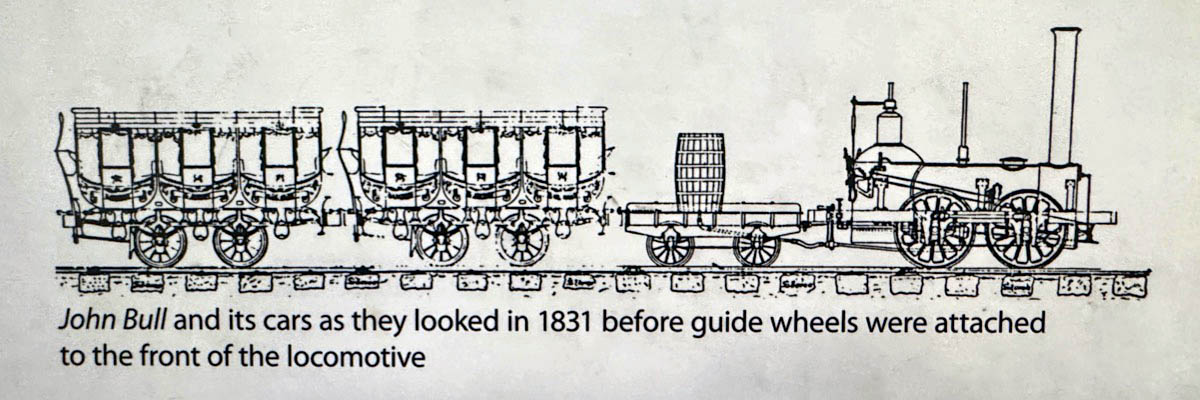
Aug 2024 / RWH

postcard / collection

Aug 2024 / RWH

Aug 2024 / RWH
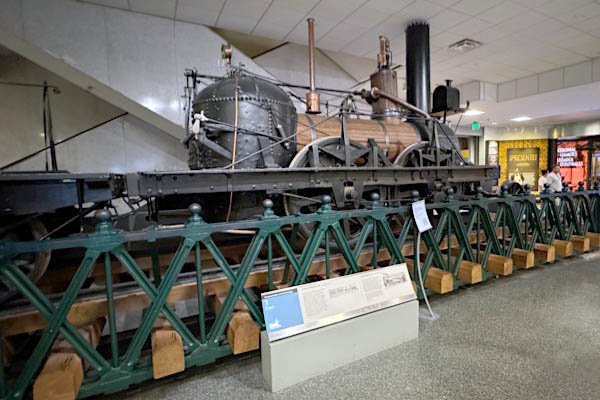
Aug 2024 / RWH
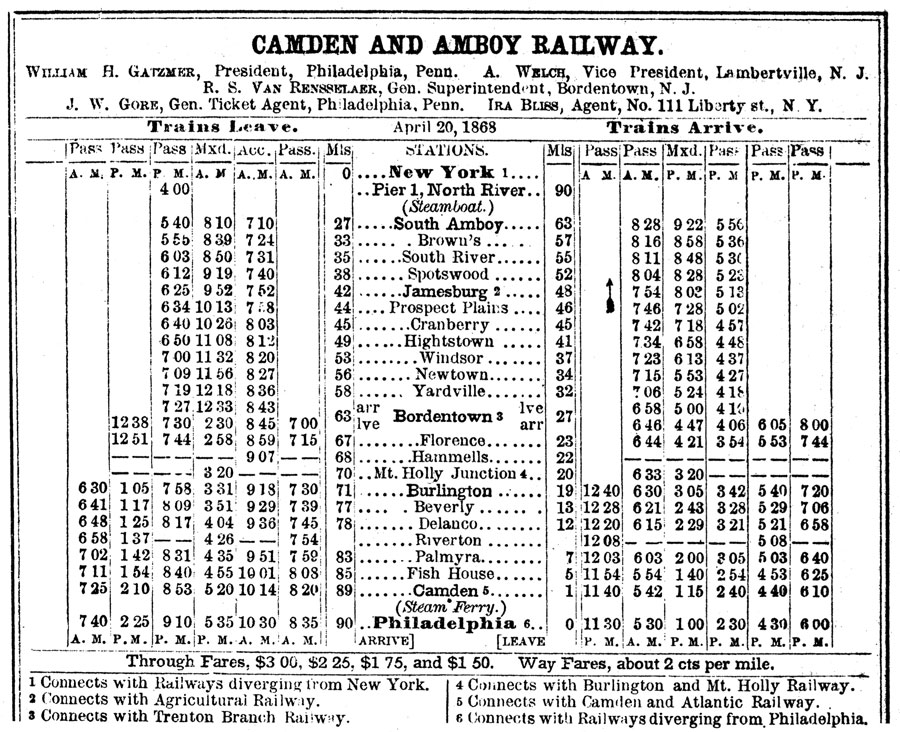
1868 Official Guide ad / collection
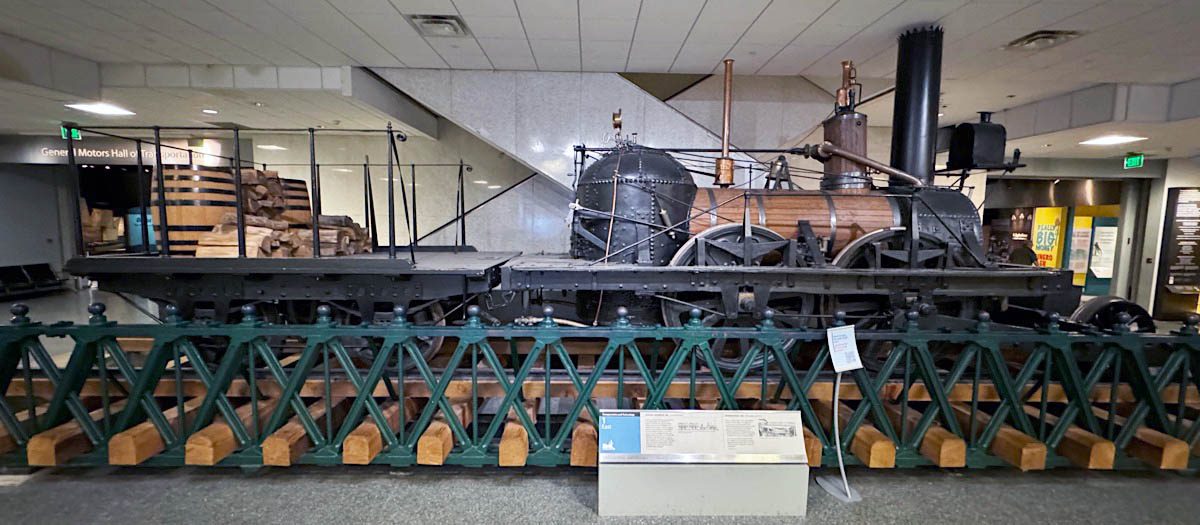
Aug 2024 / RWH
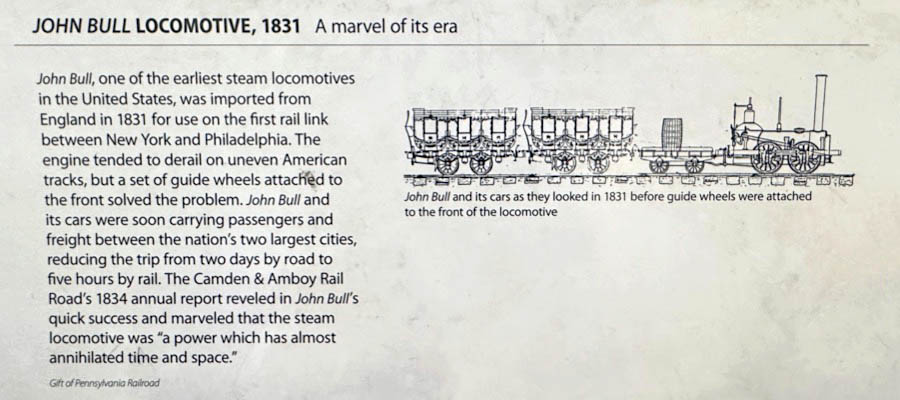
Aug 2024 / RWH
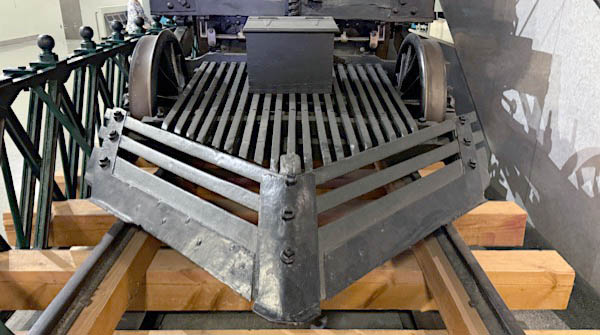
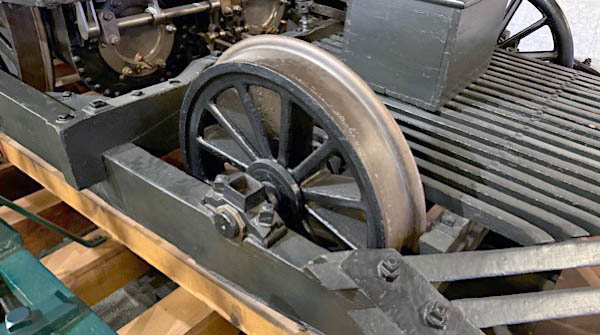
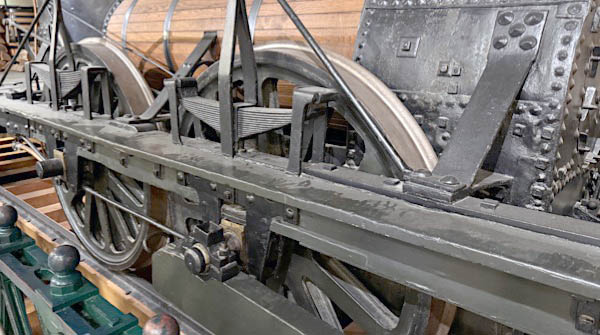
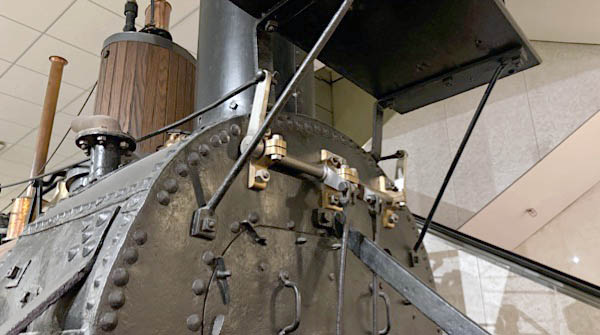
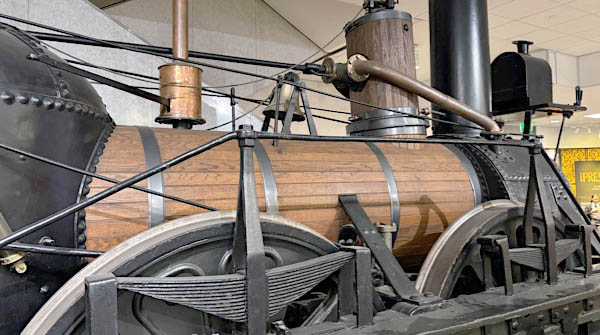
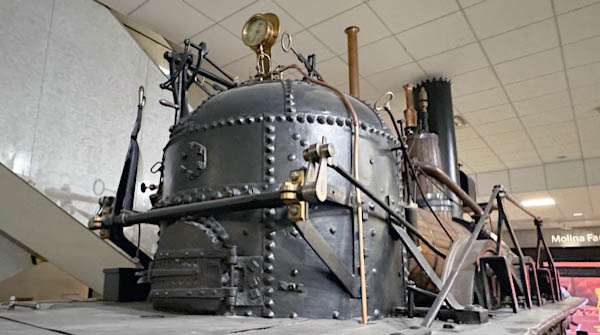
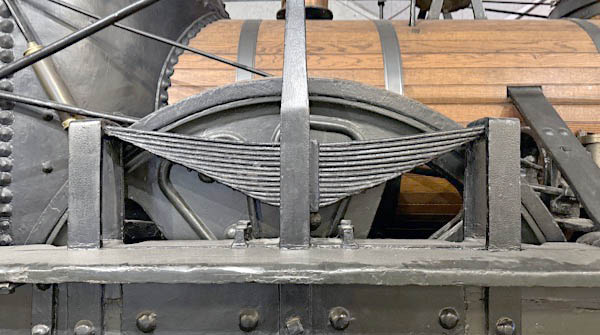

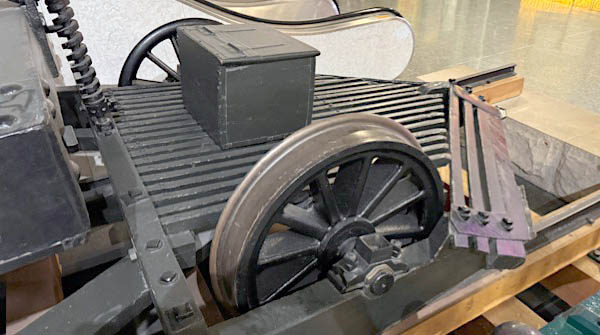
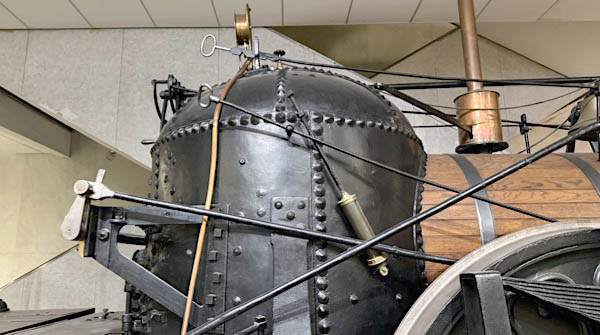
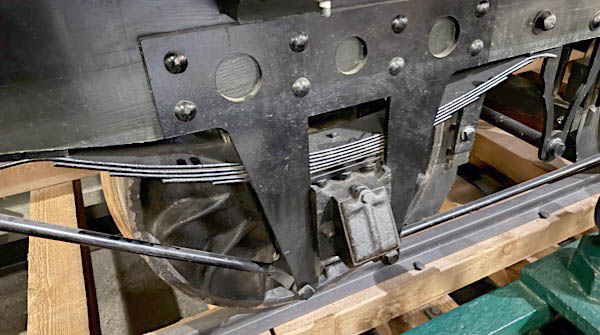

Aug 2024 / RWH
John Bull is a historic British-built railroad steam locomotive that operated in the United States. It was operated for the first time on September 15, 1831, and became the oldest operable steam locomotive in the world when the Smithsonian Institution ran it under its own steam in 1981. Built by Robert Stephenson and Company, it was initially purchased by and operated for the Camden and Amboy Railroad, the first railroad in New Jersey, which gave it the number 1 and its first name, "Stevens". (Robert L. Stevens was president of the Camden and Amboy Railroad at the time.) The C&A used it heavily from 1833 until 1866, when it was removed from active service and placed in storage.
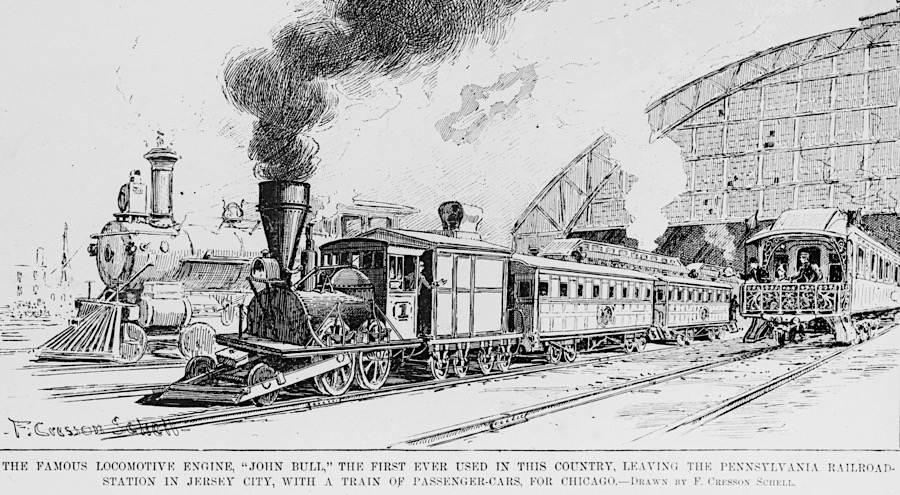 After the C&A's assets were acquired by the Pennsylvania Railroad (PRR) in 1871, the PRR refurbished and operated the locomotive a few times for public displays: it was fired up for the Centennial Exposition in 1876 and again for the National Railway Appliance Exhibition in 1883. In 1884 it was purchased by the Smithsonian Institution as the museum's first major industrial exhibit.
After the C&A's assets were acquired by the Pennsylvania Railroad (PRR) in 1871, the PRR refurbished and operated the locomotive a few times for public displays: it was fired up for the Centennial Exposition in 1876 and again for the National Railway Appliance Exhibition in 1883. In 1884 it was purchased by the Smithsonian Institution as the museum's first major industrial exhibit.
In 1939 the employees of the PRR's Altoona, Pennsylvania workshops built an operable replica of the locomotive for further exhibition duties, as the Smithsonian wanted to keep the original locomotive in a more controlled environment. After being on static display for 42 years, the Smithsonian commemorated the locomotive's 150th birthday in 1981 by firing it up; it was then the world's oldest surviving operable steam locomotive.
As of 2021, the original John Bull is on static display in the Smithsonian's National Museum of American History in Washington, D.C., and the replica is preserved at the Railroad Museum of Pennsylvania in Strasburg, Pennsylvania.
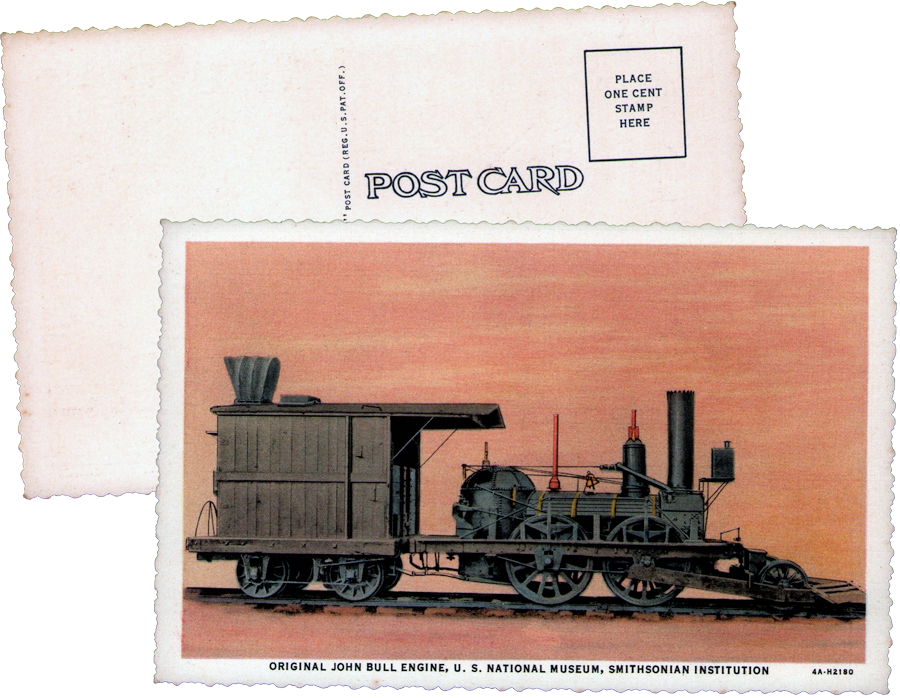
postcard / collection
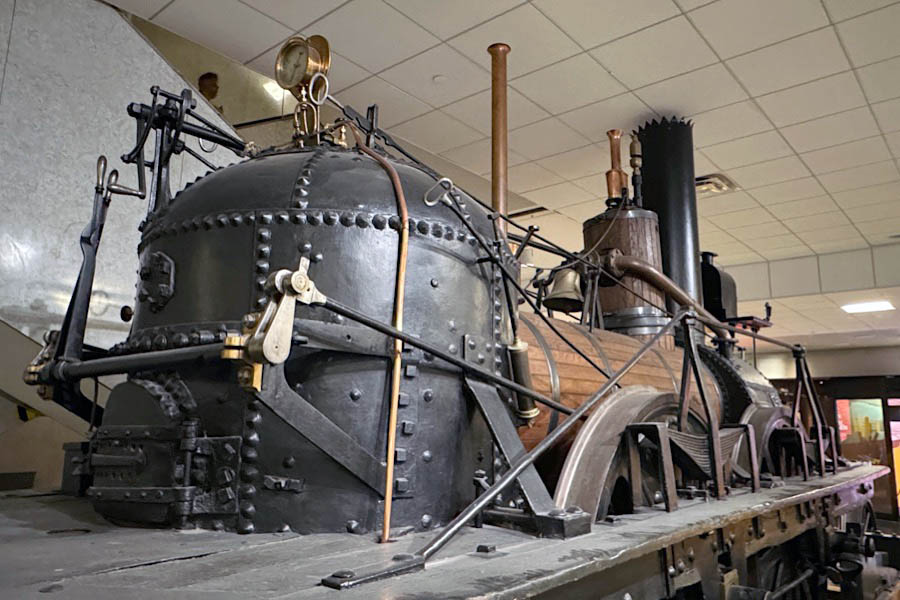
Aug 2024 / RWH
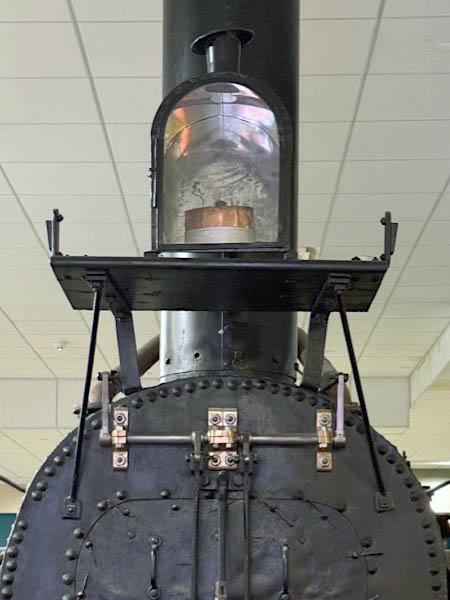
Aug 2024 / RWH
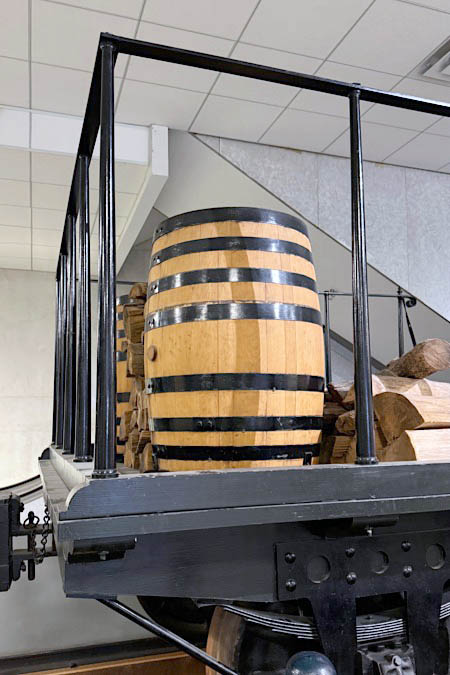

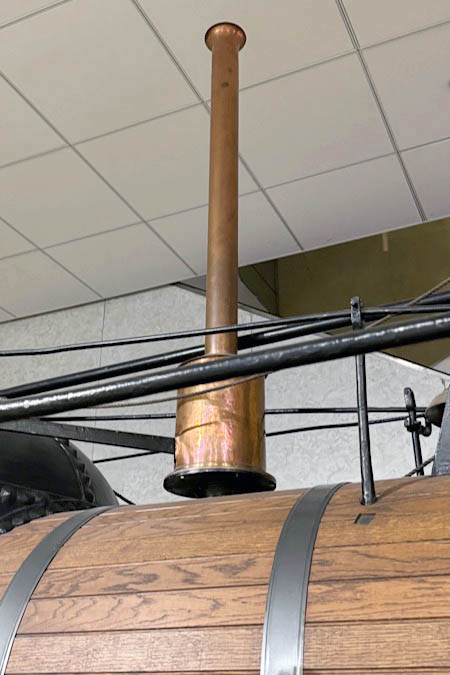
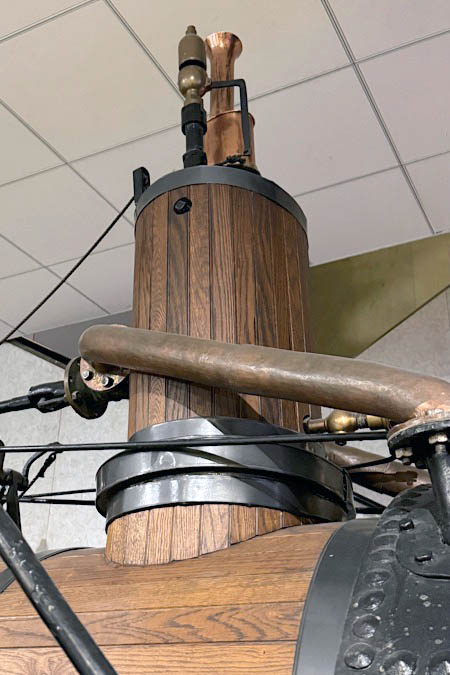
Aug 2024 / RWH
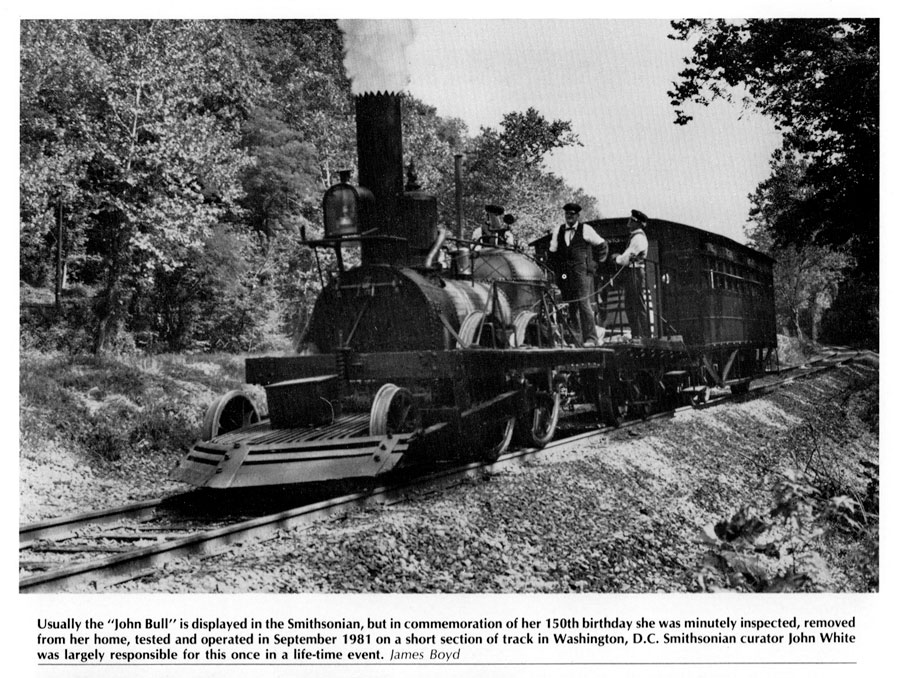
from The Steam Locomotive Directory of North America - J. David Conrad / collection

Aug 2024 / RWH

See also our complete Railroad Museum of Pennsylvania scrapbook for the John Bull replica
 "Jupiter"
"Jupiter"
Santa Cruz #3 "Jupiter"
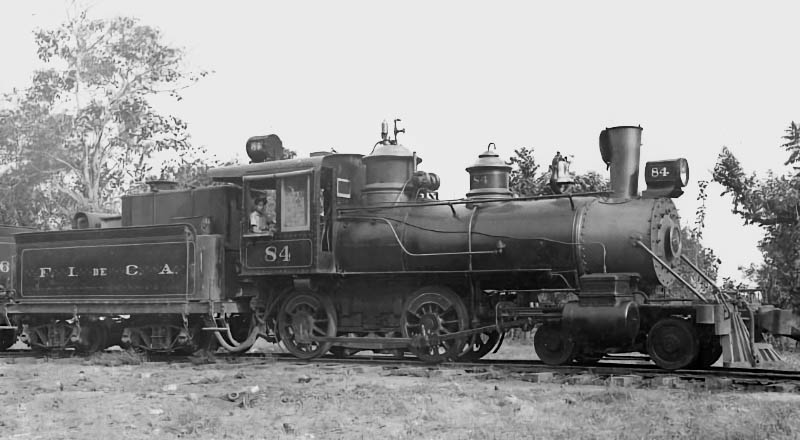
International Railways of Central America #84
Wikipedia


Santa Cruz #3 "Jupiter"
to Guatemala Central #3
to Guatemala Rwy Co #61
to Int'l Rwys of Cen America #84
to private ownership
to Smithsonian Institution
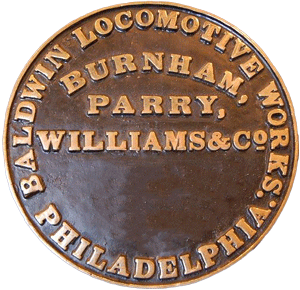
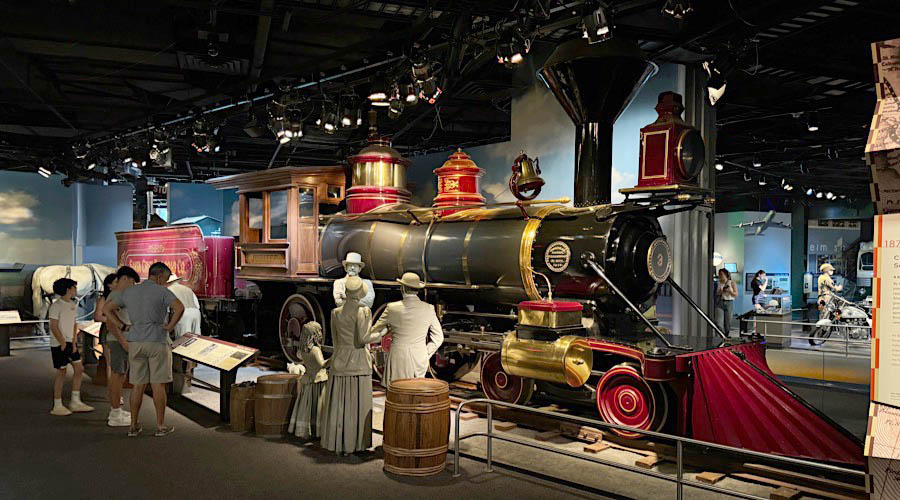
Aug 2024 / RWH

Aug 2024 / RWH

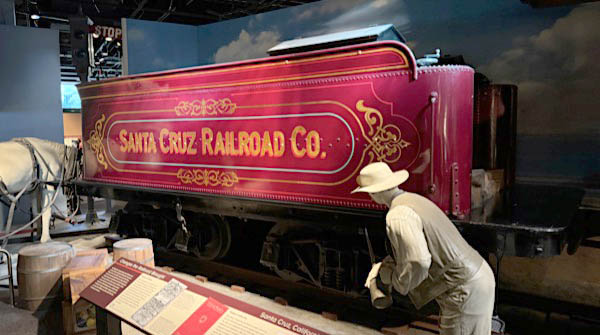
Aug 2024 / RWH
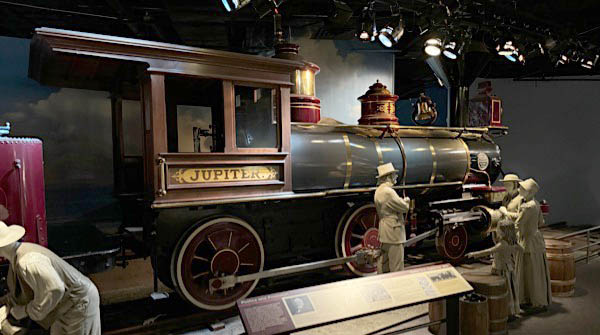
Aug 2024 / RWH

 upiter was the Santa Cruz Railroad’s third locomotive. Built for narrow-gauge track (36 inches between rails), Jupiter became obsolete in 1883 when the line switched to standard gauge (56 1/2 inches). Jupiter was sold to a company in Guatemala, where it hauled bananas for more than 60 years. In 1976, it came to the Smithsonian as a part of the United States bicentennial exhibition.
upiter was the Santa Cruz Railroad’s third locomotive. Built for narrow-gauge track (36 inches between rails), Jupiter became obsolete in 1883 when the line switched to standard gauge (56 1/2 inches). Jupiter was sold to a company in Guatemala, where it hauled bananas for more than 60 years. In 1976, it came to the Smithsonian as a part of the United States bicentennial exhibition.
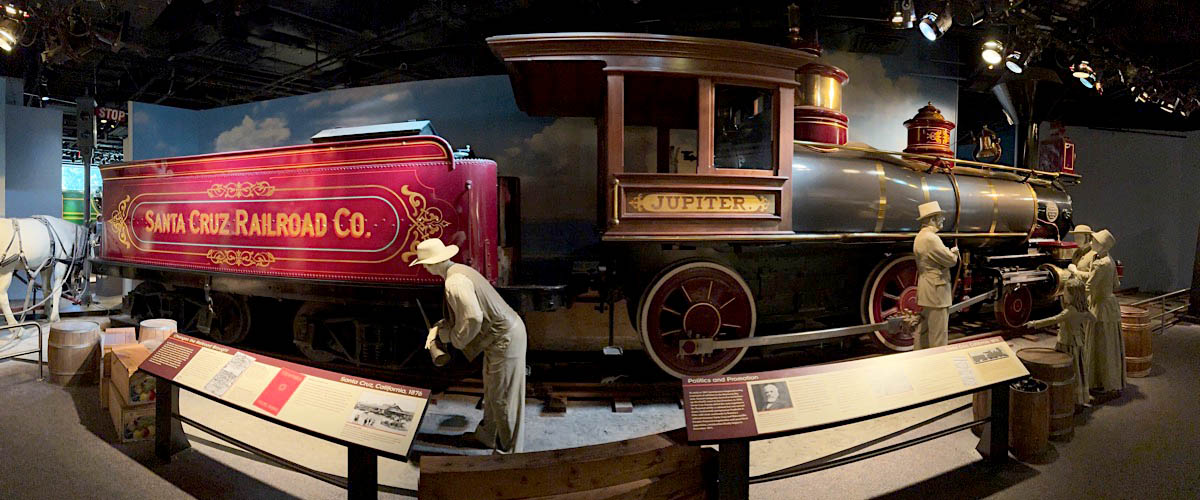
Aug 2024 / RWH


1878 Official Guide ad / collection

1881 Official Guide ad / collection


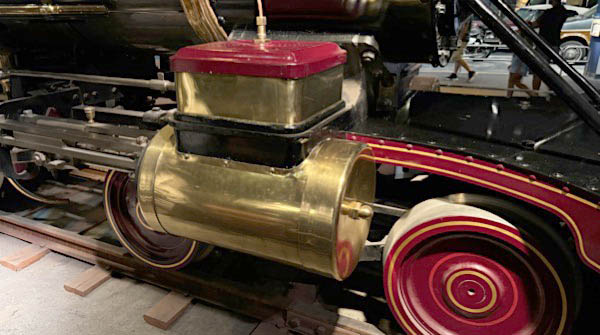
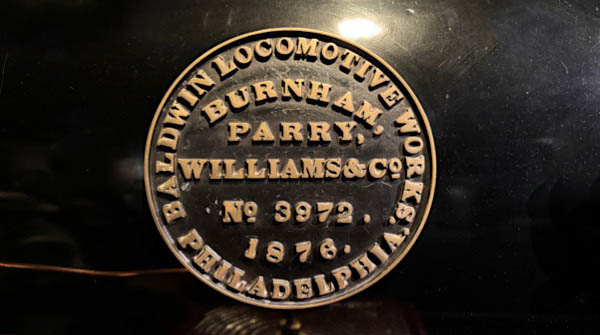

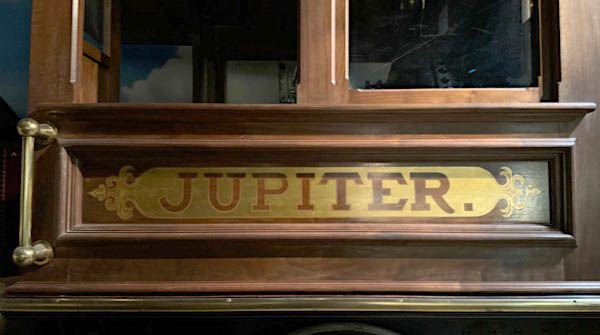
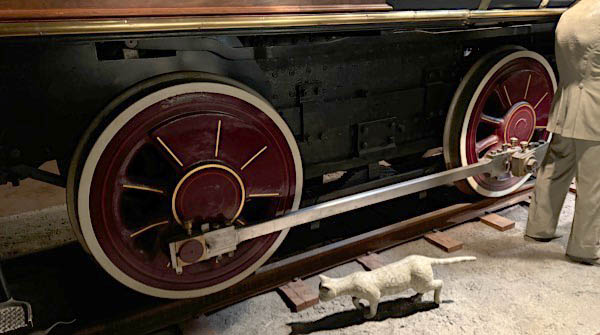
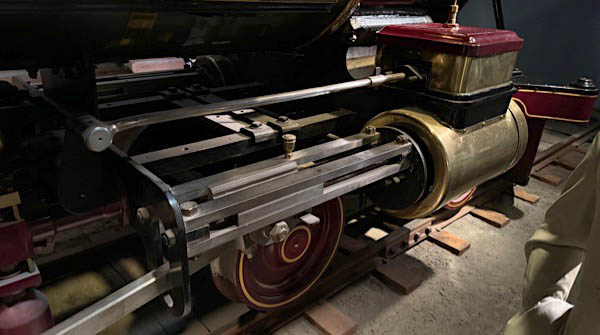
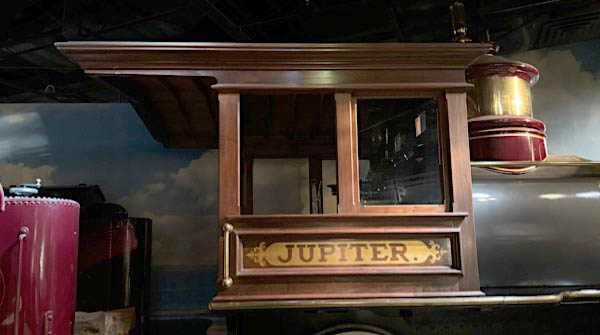
Aug 2024 / RWH
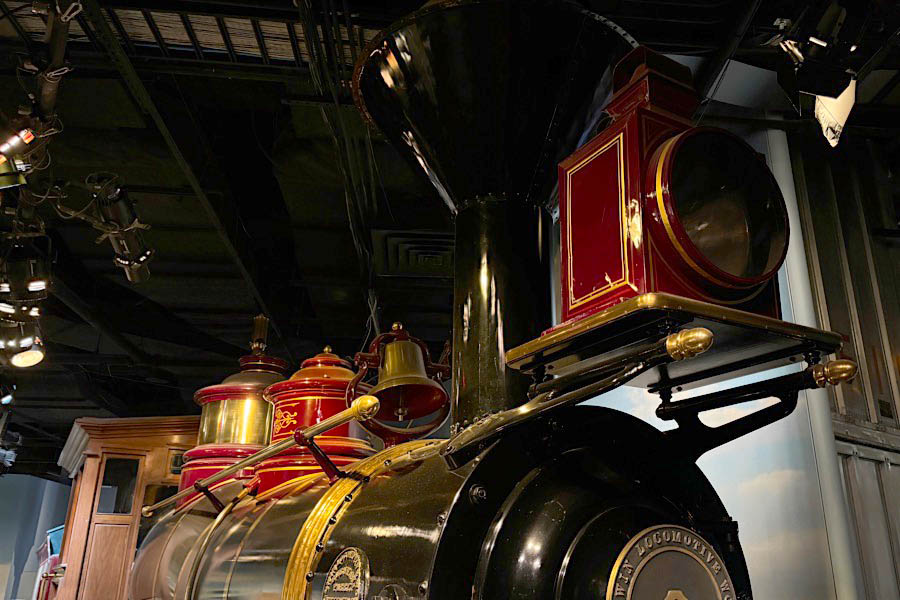
Aug 2024 / RWH
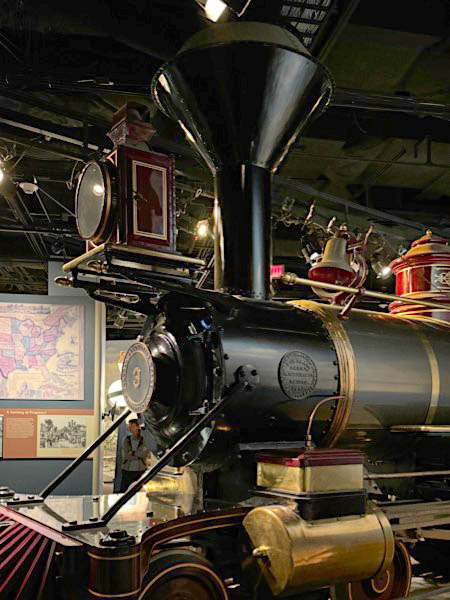
Aug 2024 / RWH
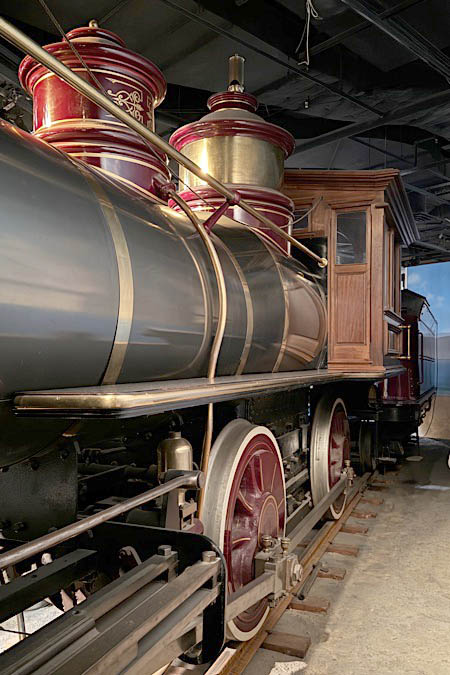
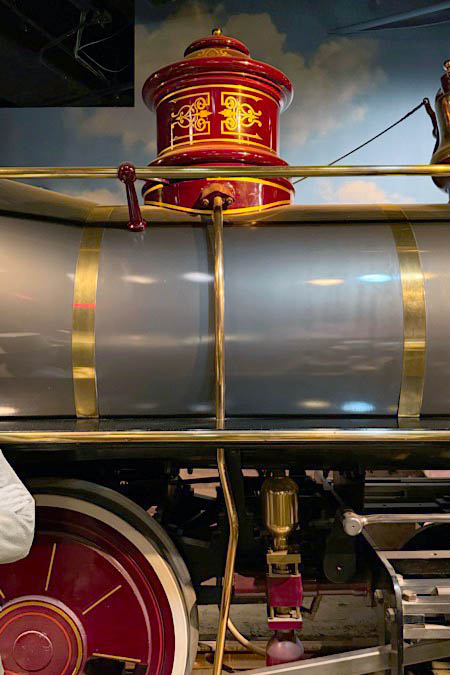
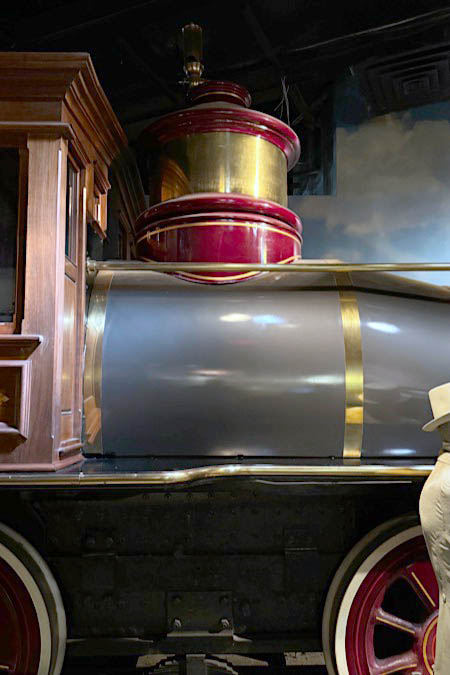
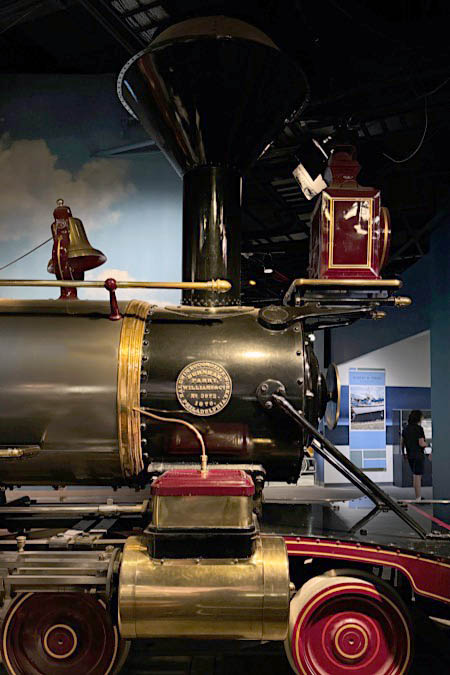
Aug 2024 / RWH

Aug 2024 / RWH
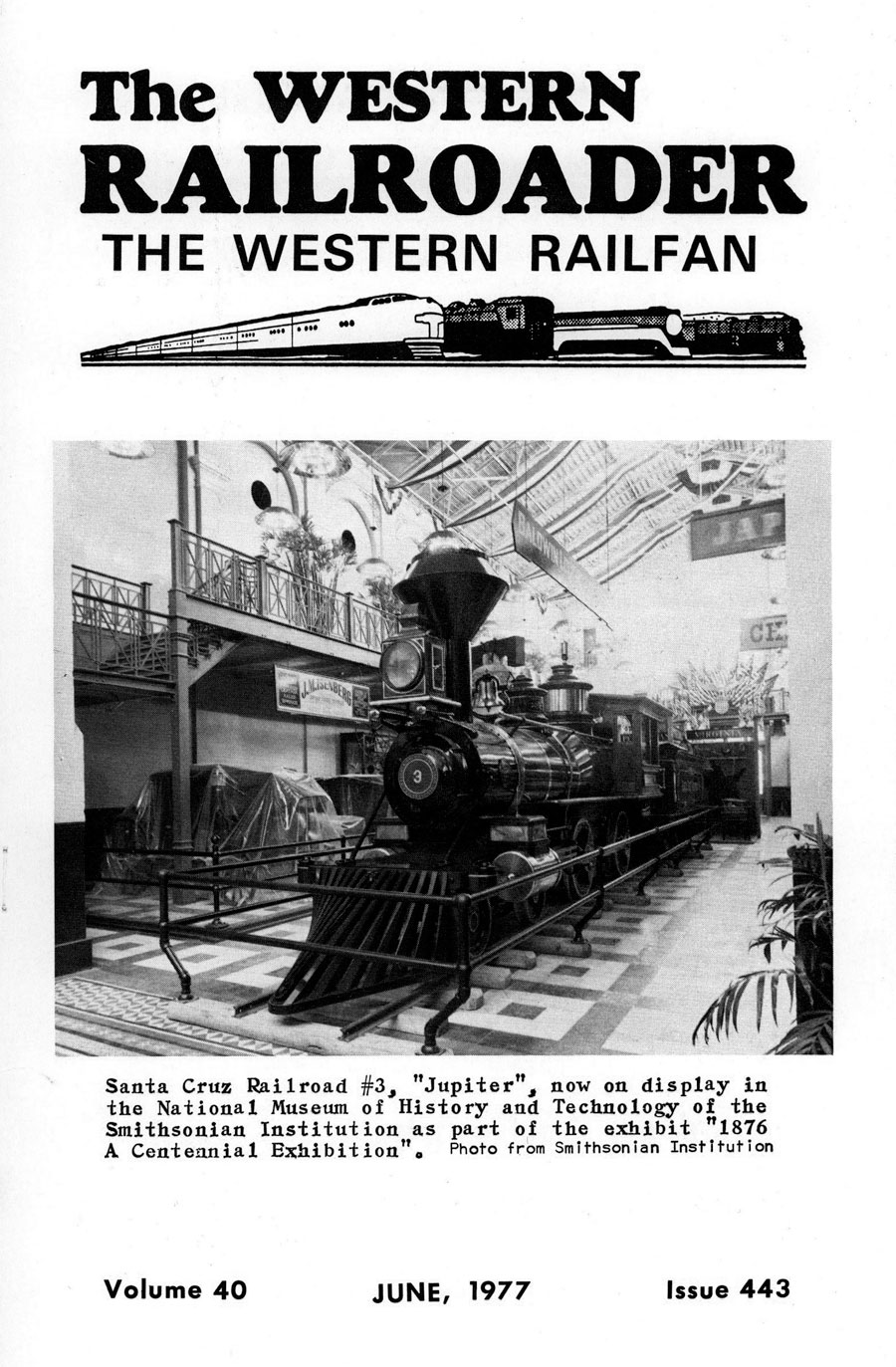
collection
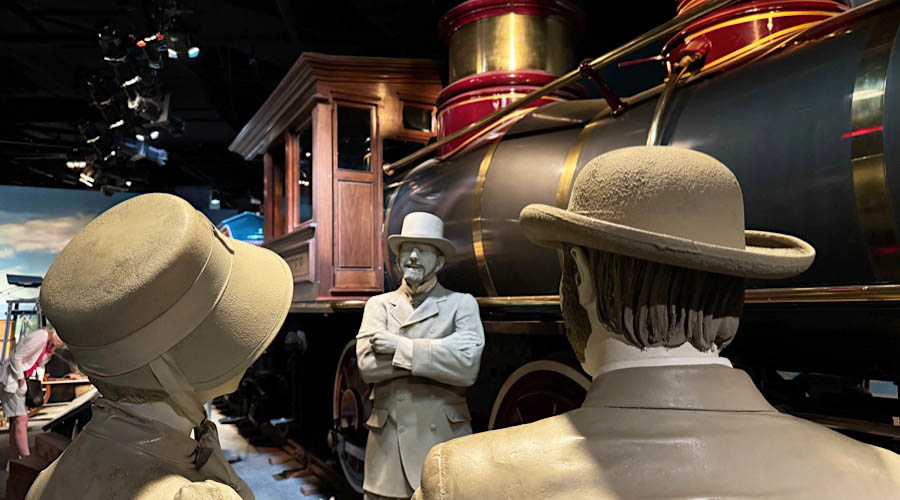
Aug 2024 / RWH
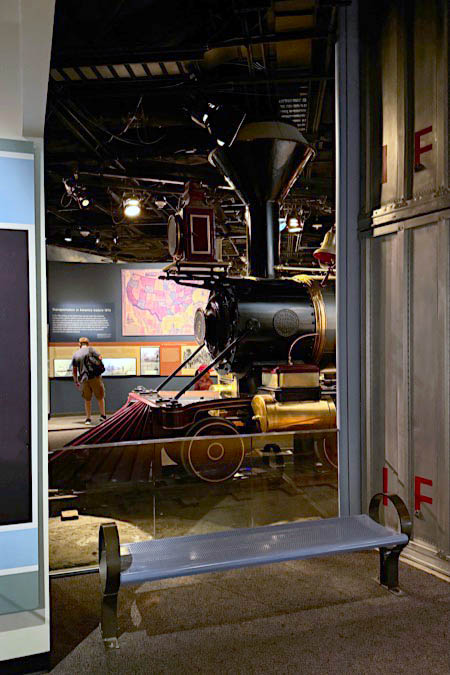
Aug 2024 / RWH
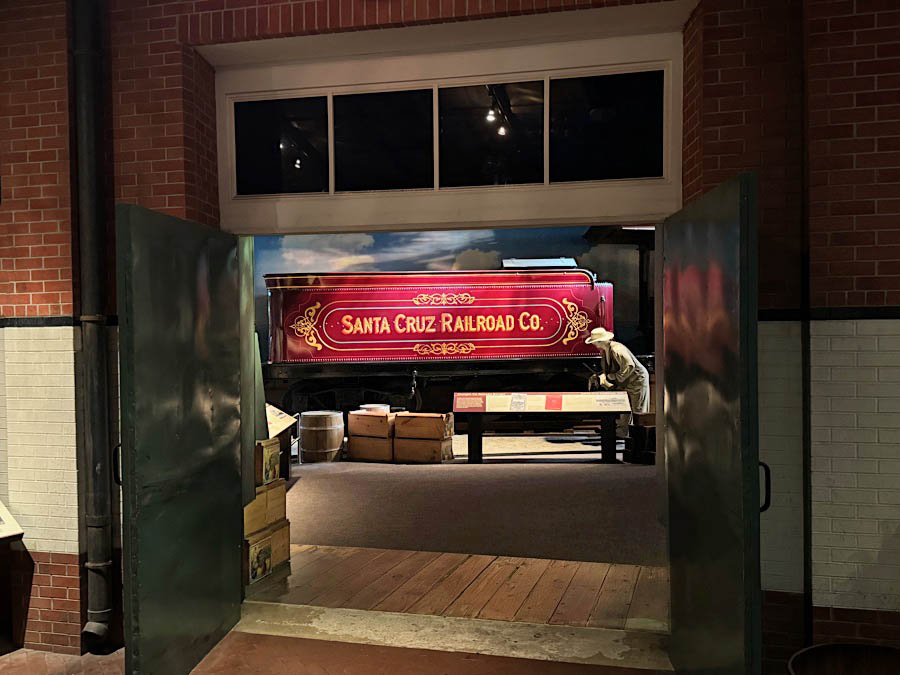
Aug 2024 / RWH
 Southern Apple Green
Southern Apple Green
Southern Railway #1401

 UNCOMMON or UNUSUAL locomotive
UNCOMMON or UNUSUAL locomotive

Southern Railway #1401
Charlotte, NC / 1933 / collection


Southern Railway #1401
to Smithsonian Institution, 1961
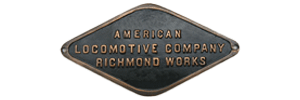
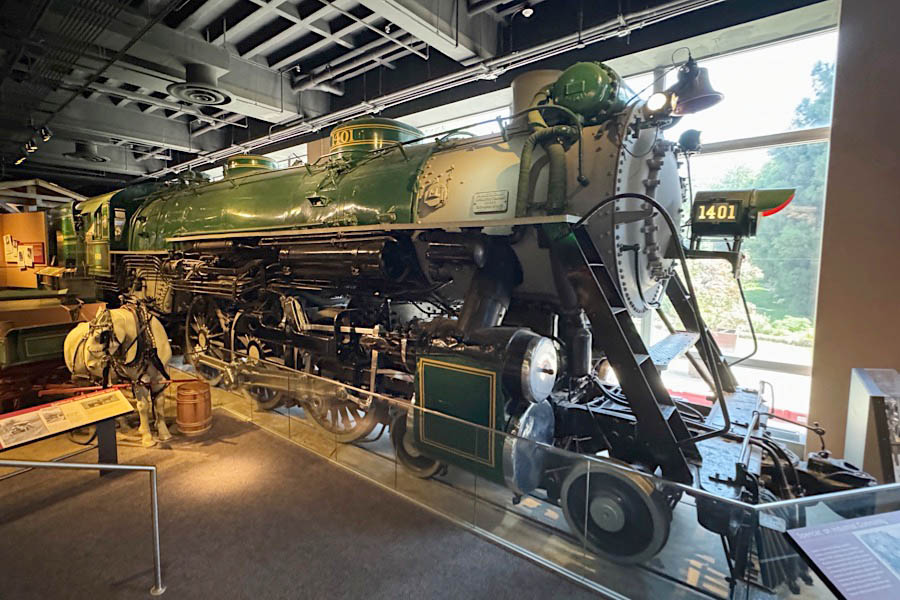
Aug 2024 / RWH

Aug 2024 / RWH
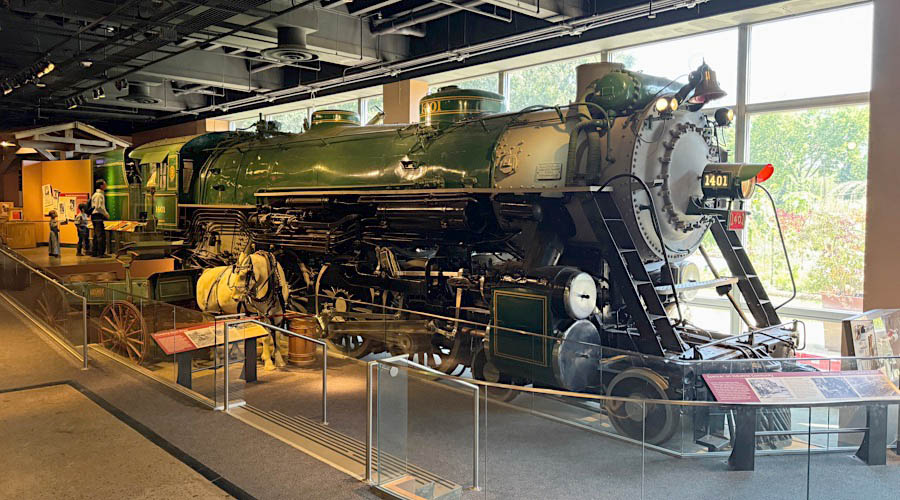
Aug 2024 / RWH
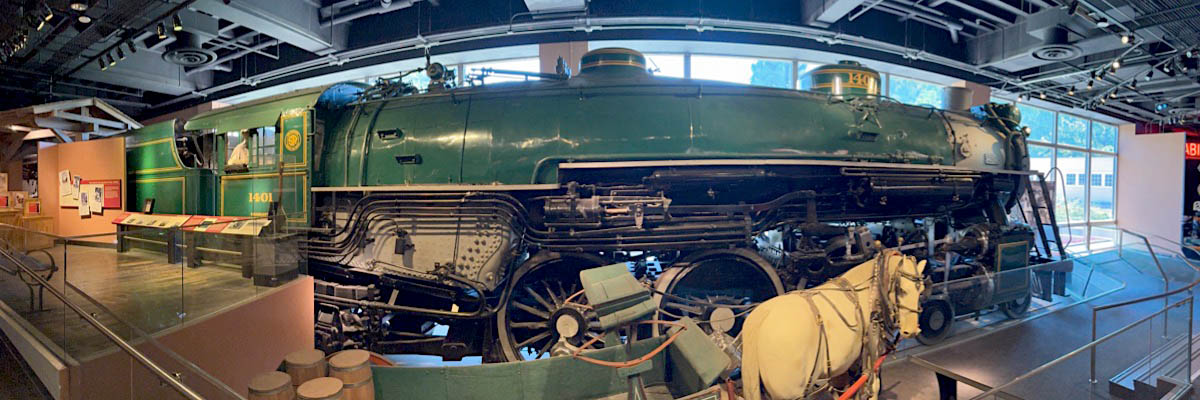
Aug 2024 / RWH

1930 Official Guide ad / collection
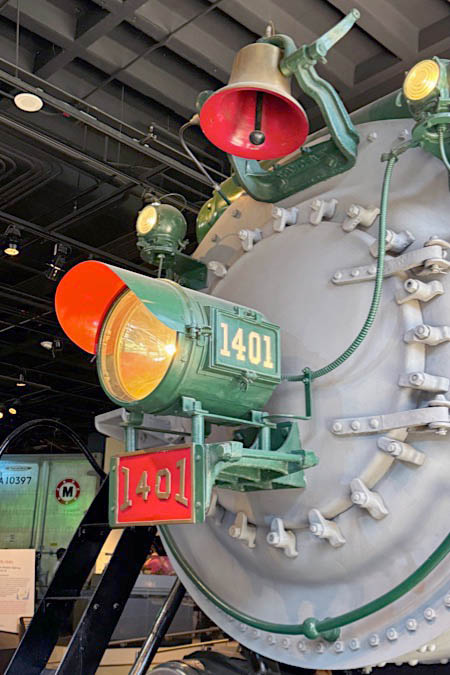
Aug 2024 / RWH
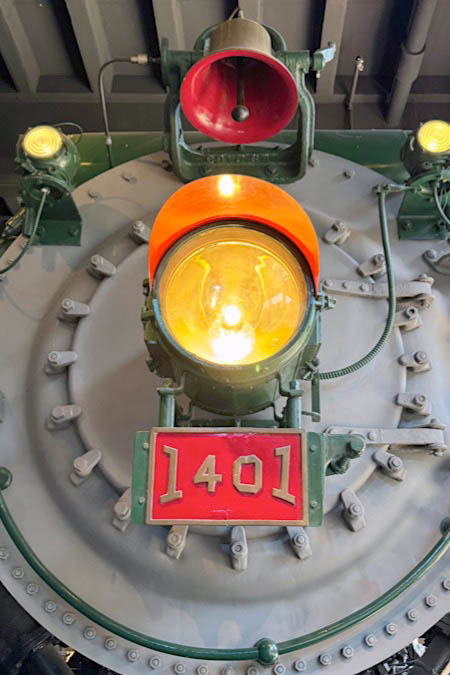
Aug 2024 / RWH


collection
Southern Railway 1401 is a 4-6-2 steam locomotive built in July 1926 by the American Locomotive Company (ALCO) of Richmond, Virginia, for the Southern Railway (SOU) as a member of the Ps-4 class, which was based on the United States Railroad Administration (USRA) Heavy Pacific design with some minor differences. It was assigned to haul SOU's premier mainline passenger trains between Washington, D.C., and Atlanta, Georgia.
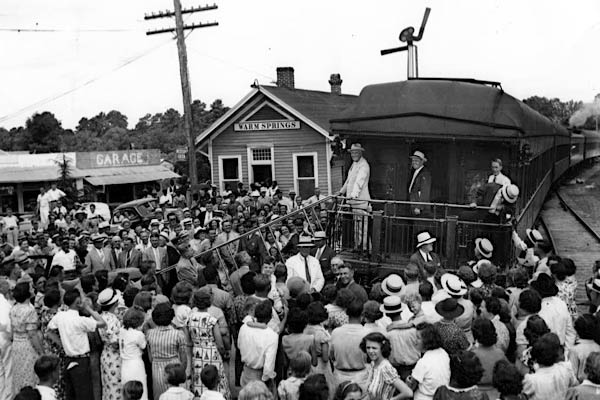 Painted in a Virginian green and gold paint scheme, No. 1401 and the other Ps-4s were signified as the First Ladies of the Pacifics around the SOU system. Originally built with Baker valve gear and alligator crossheads, the Ps-4s were eventually re-equipped with Walschaerts valve gear in the 1930s and multiple-bearing crossheads in the 1940s.
Painted in a Virginian green and gold paint scheme, No. 1401 and the other Ps-4s were signified as the First Ladies of the Pacifics around the SOU system. Originally built with Baker valve gear and alligator crossheads, the Ps-4s were eventually re-equipped with Walschaerts valve gear in the 1930s and multiple-bearing crossheads in the 1940s.
During 1945, No. 1401 hauled the funeral train of U.S. President Franklin D. Roosevelt. Retired from revenue service by the SOU in 1952, No. 1401 was donated to the National Museum of American History in Washington, D.C., around 1961, where it remains on permanent display.
 In November 1961, the No. 1401 locomotive was cosmetically restored and transported via flatbed truck to the Smithsonian's under construction Museum of History and Technology building, which opened in early 1964 and later renamed to National Museum of American History in 1980 to reflect its scope of American history. In 1965, No. 1401 given a visor on its headlight and the Charlotte division logo inscribed underneath its cab per advice of W. Graham Claytor Jr., who was SOU president at the time. The No. 1401 locomotive currently remains on permanent static display at the Smithsonian as the sole survivor of the Southern Railway Ps-4 class.
In November 1961, the No. 1401 locomotive was cosmetically restored and transported via flatbed truck to the Smithsonian's under construction Museum of History and Technology building, which opened in early 1964 and later renamed to National Museum of American History in 1980 to reflect its scope of American history. In 1965, No. 1401 given a visor on its headlight and the Charlotte division logo inscribed underneath its cab per advice of W. Graham Claytor Jr., who was SOU president at the time. The No. 1401 locomotive currently remains on permanent static display at the Smithsonian as the sole survivor of the Southern Railway Ps-4 class.
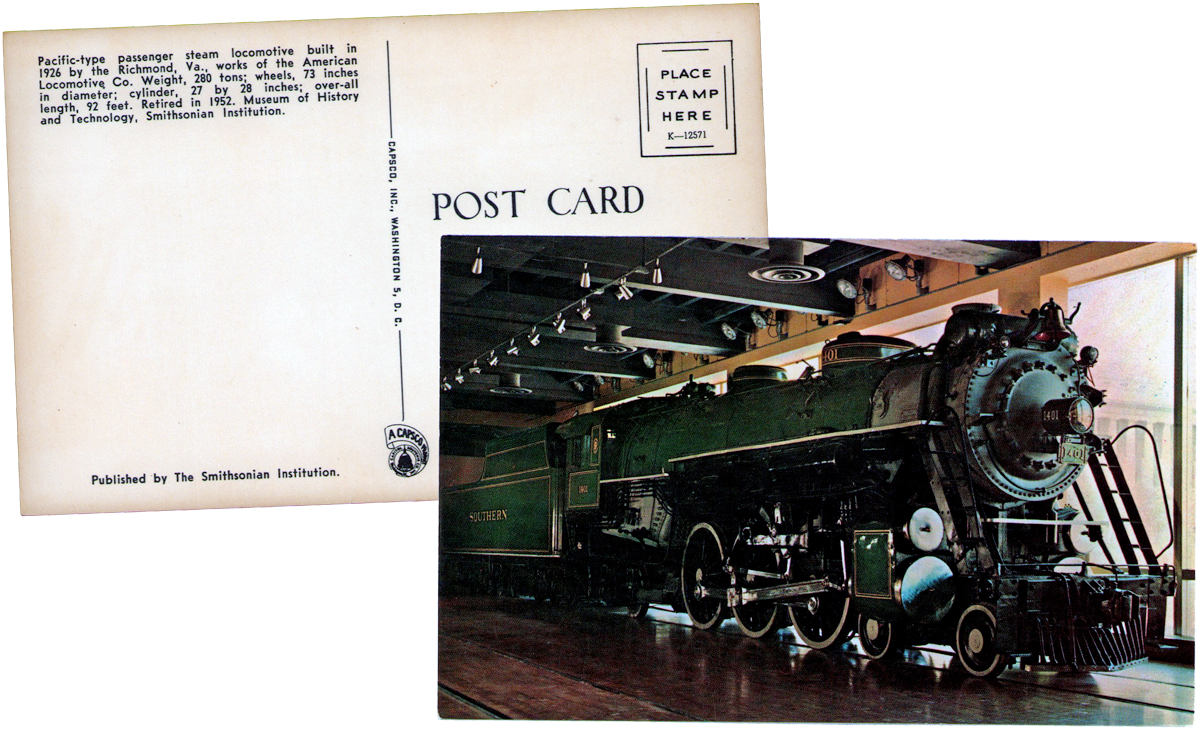
postcard / collection
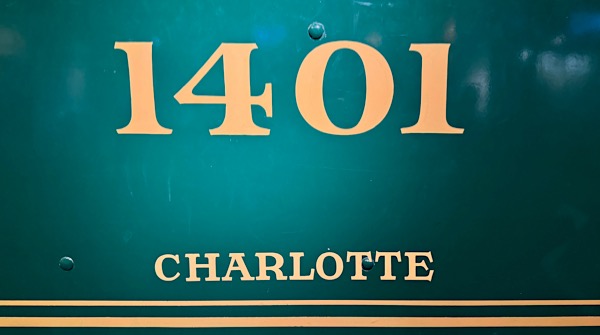

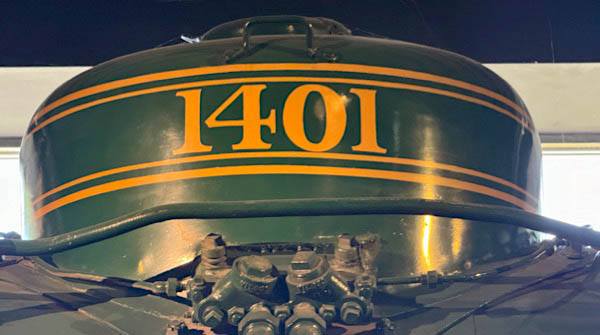
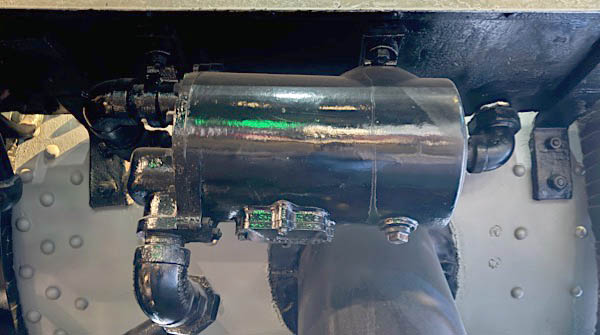
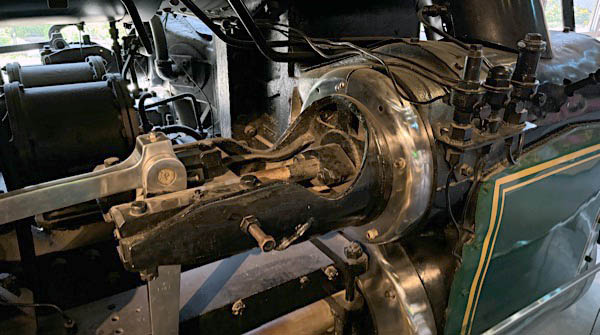
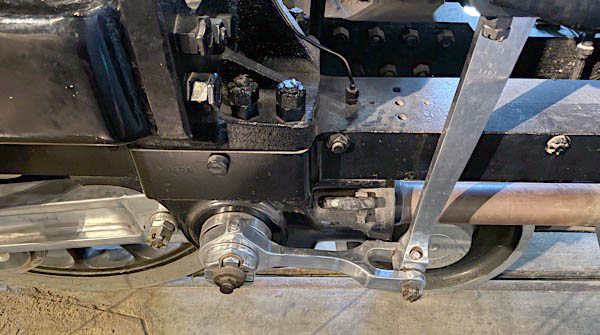
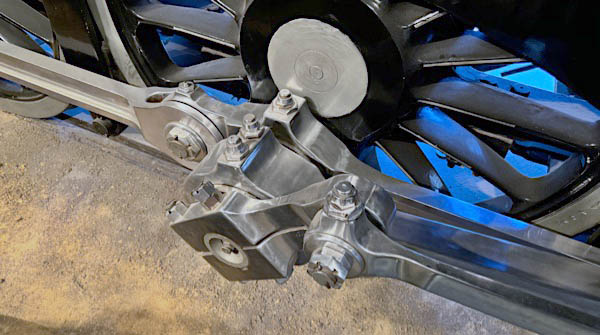

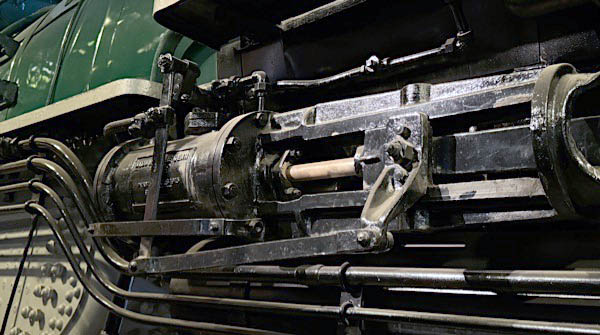
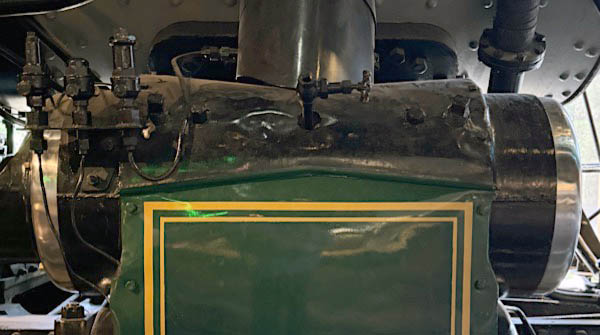
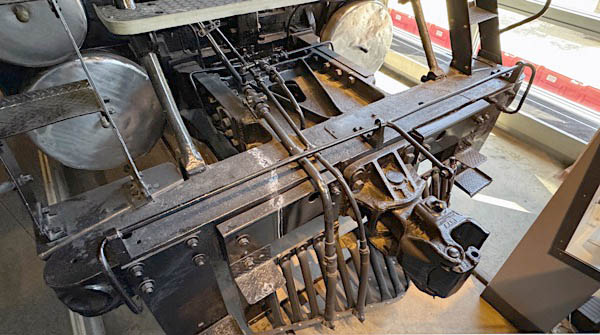

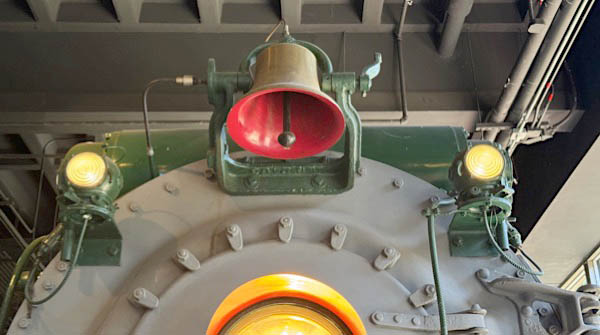
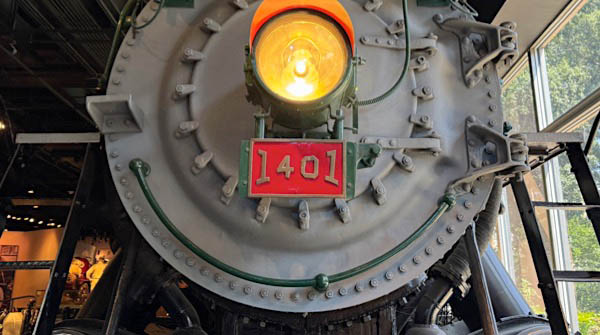
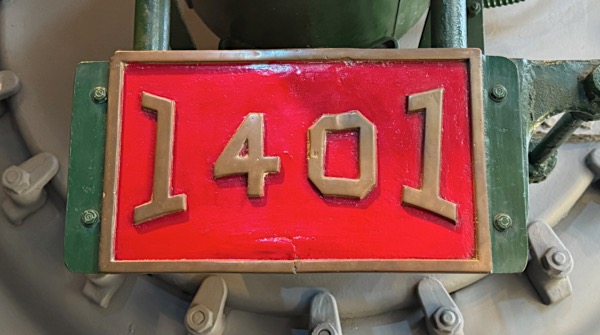
Aug 2024 / RWH

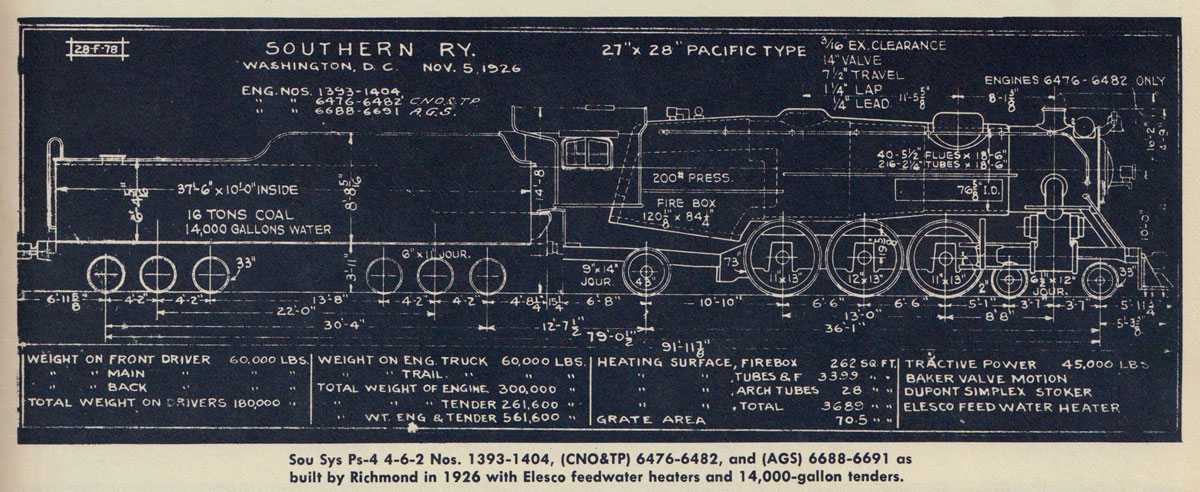
from Southern Railway System: Steam Locomotives and Boats - Richard Prince / collection

from Southern Railway System: Steam Locomotives and Boats - Richard Prince / collection
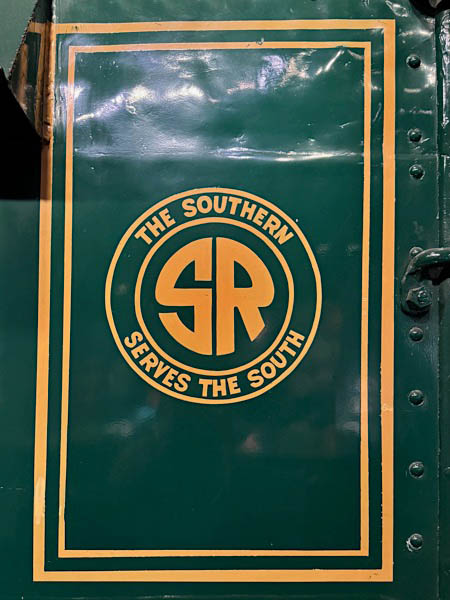

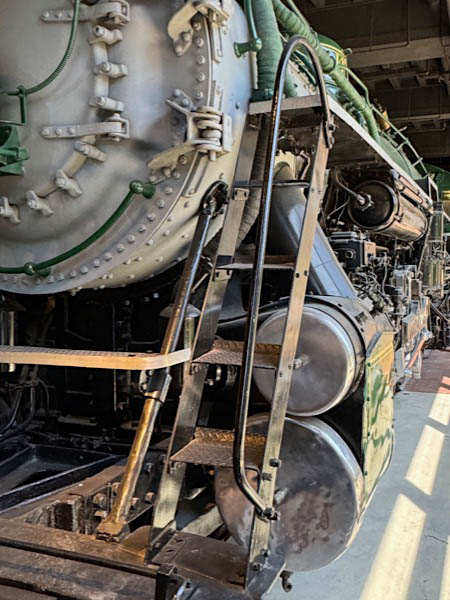
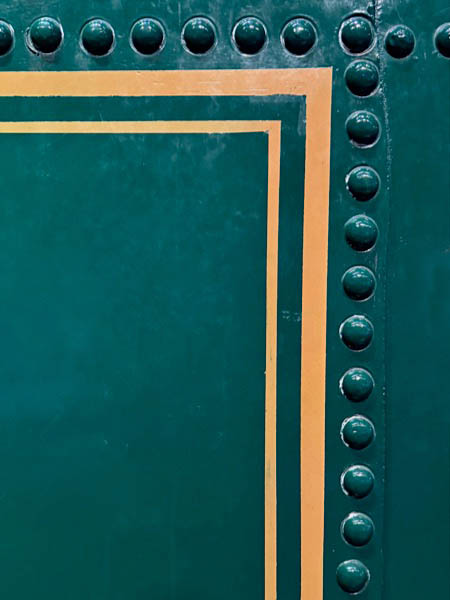
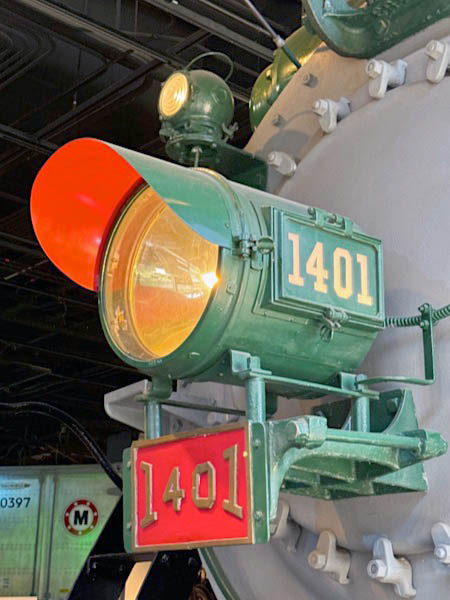

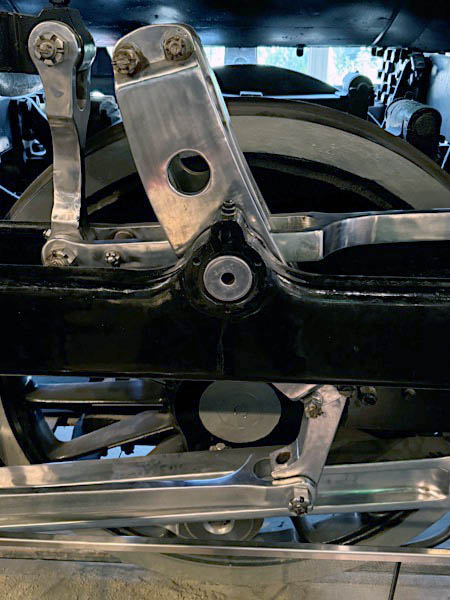
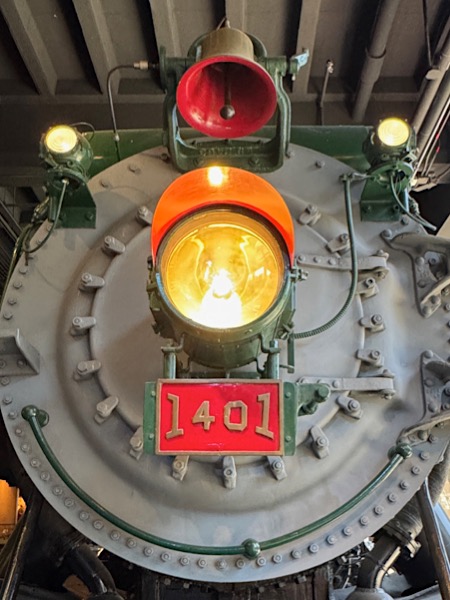
Aug 2024 / RWH

postcard / collection

Aug 2024 / RWH

Aug 2024 / RWH

Aug 2024 / RWH
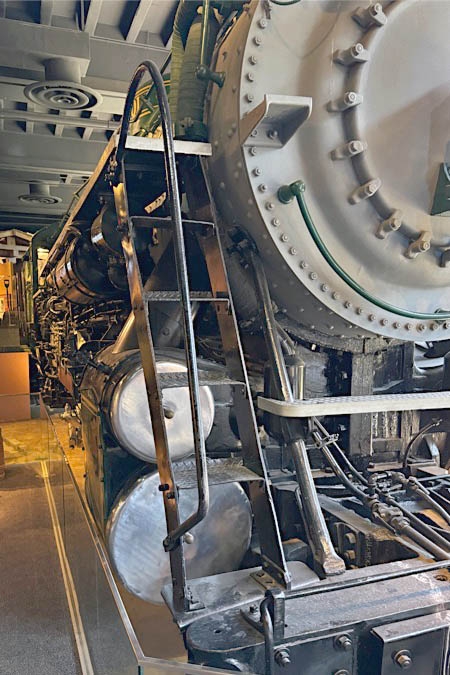
Aug 2024 / RWH
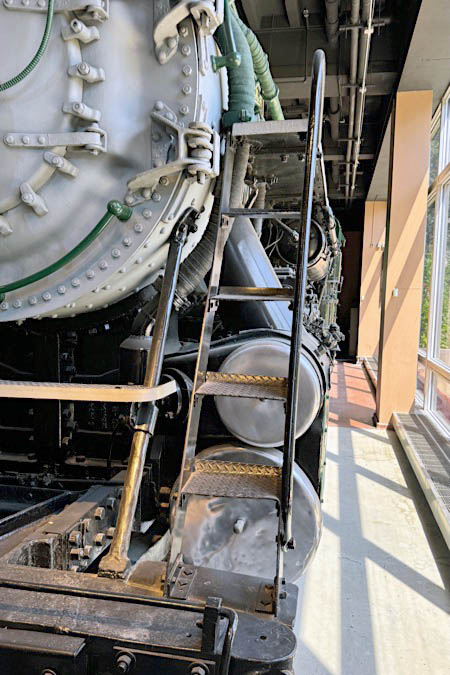
Aug 2024 / RWH
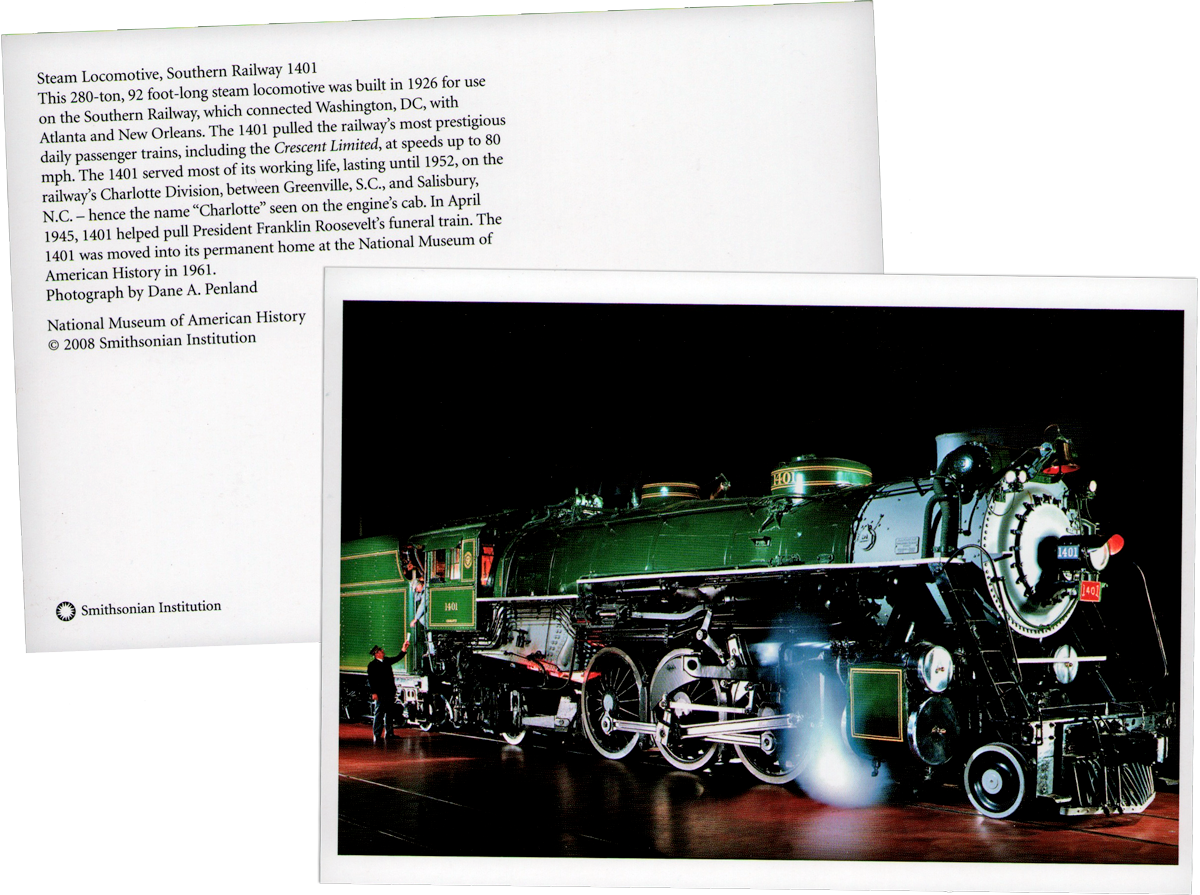
postcard / collection
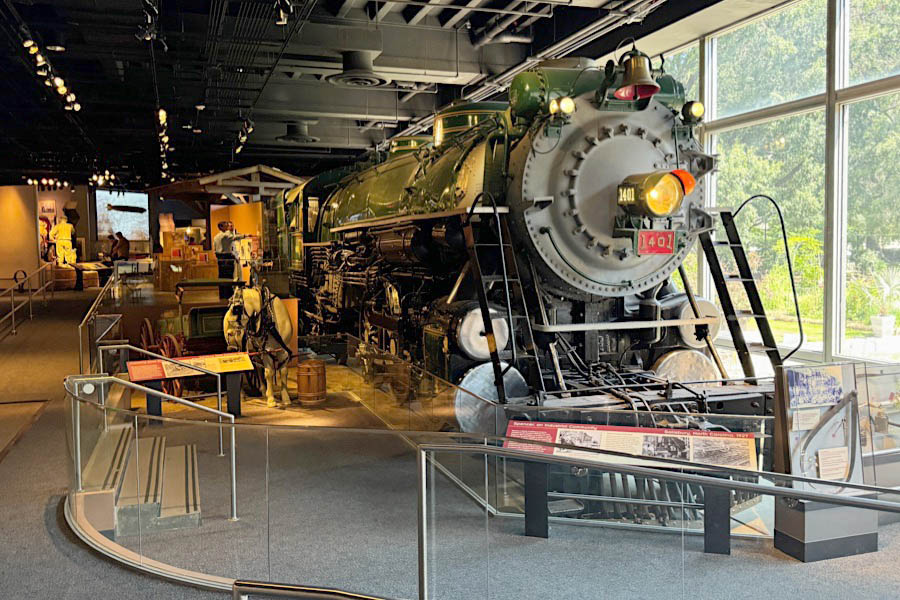
Aug 2024 / RWH
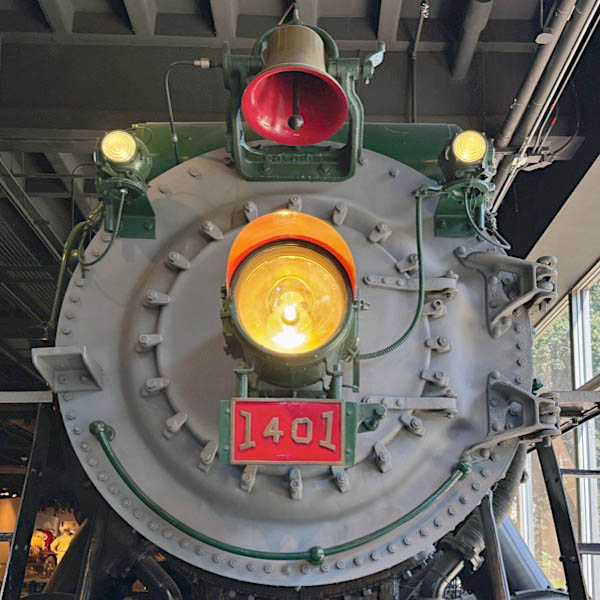
Aug 2024 / RWH

Aug 2024 / RWH

from The Steam Locomotive Directory of North America - J. David Conrad / collection

See also our Southern Railway featured Steam Scrapbook in Mainlines
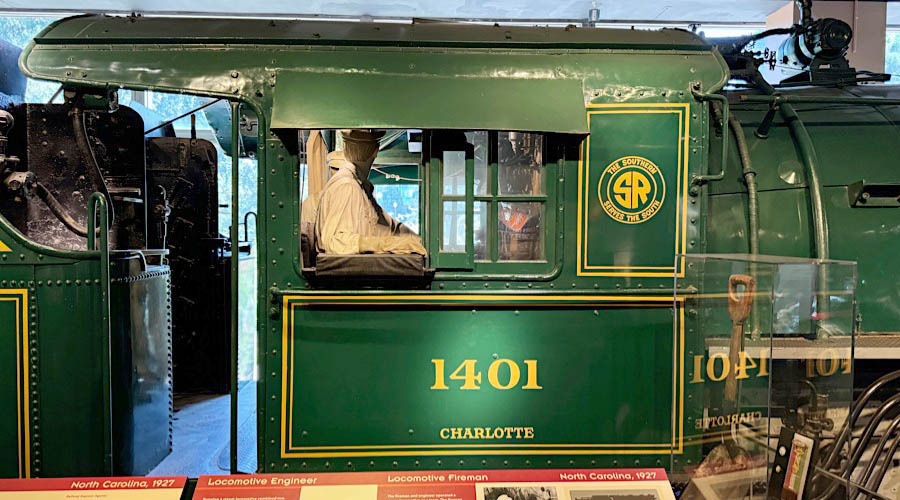
Aug 2024 / RWH
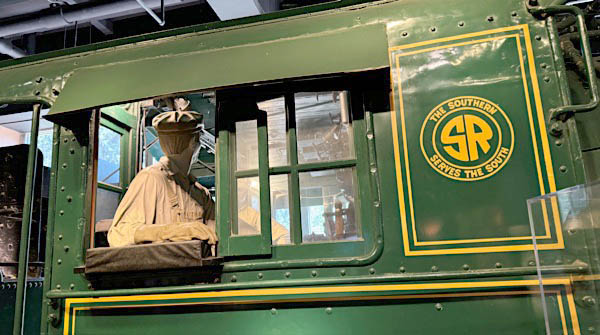
Aug 2024 / RWH

Aug 2024 / RWH

Aug 2024 / RWH
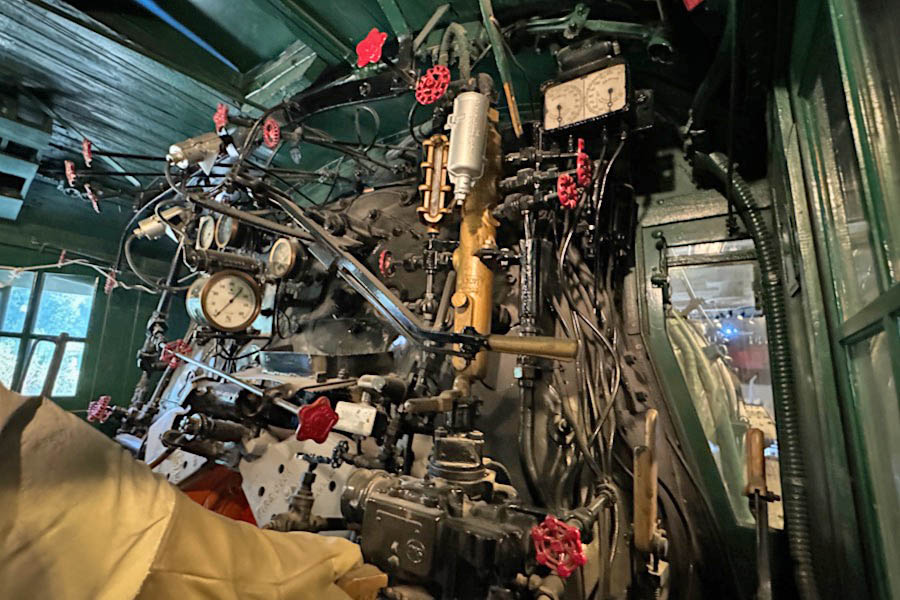
Aug 2024 / RWH
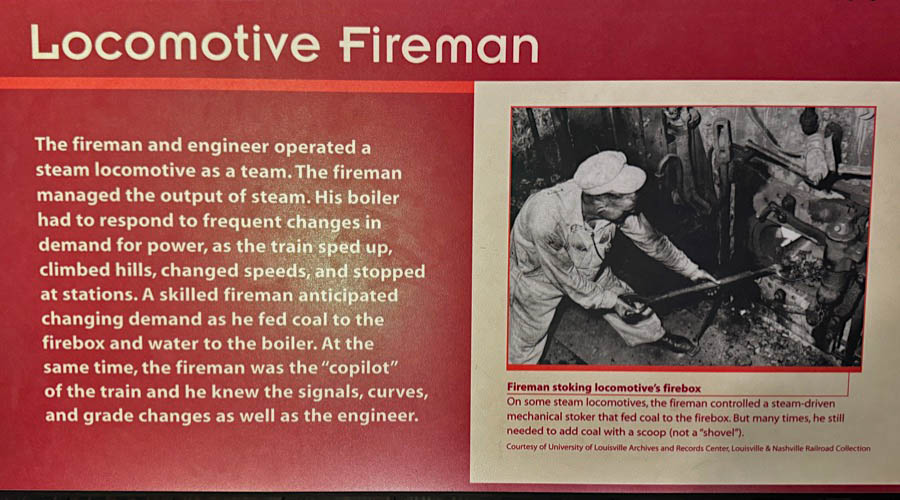
Aug 2024 / RWH
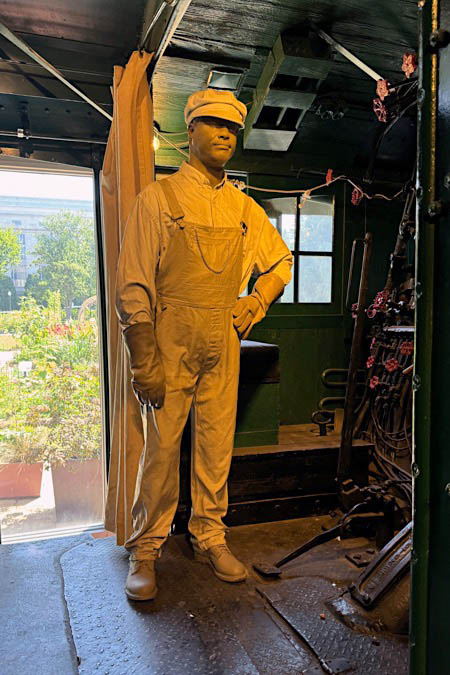
Aug 2024 / RWH
 Salisbury, NC
Salisbury, NC

Aug 2024 / RWH

 n the 1920s, railroads were a central part of American life. Railroad lines crisscrossed the country. They carried people, manufactured goods, food, the daily mail, and express package. Railroads made long-distance travel possible, but the opportunities for travel were not equally shared. In the South, African Americans were segregated into “Jim Crow” cars. Salisbury, North Carolina, was linked to the nationwide system by the Southern Railway. Its main route ran between Washington, D.C., and New Orleans, Louisiana, by way of Salisbury. The depot and rail freight sheds made the town a part of the country’s rail network. The railroad also provided job opportunities in the community: in nearby Spencer, the vast locomotive repair shops employed 2,500 skilled workers.
n the 1920s, railroads were a central part of American life. Railroad lines crisscrossed the country. They carried people, manufactured goods, food, the daily mail, and express package. Railroads made long-distance travel possible, but the opportunities for travel were not equally shared. In the South, African Americans were segregated into “Jim Crow” cars. Salisbury, North Carolina, was linked to the nationwide system by the Southern Railway. Its main route ran between Washington, D.C., and New Orleans, Louisiana, by way of Salisbury. The depot and rail freight sheds made the town a part of the country’s rail network. The railroad also provided job opportunities in the community: in nearby Spencer, the vast locomotive repair shops employed 2,500 skilled workers.

Aug 2024 / RWH
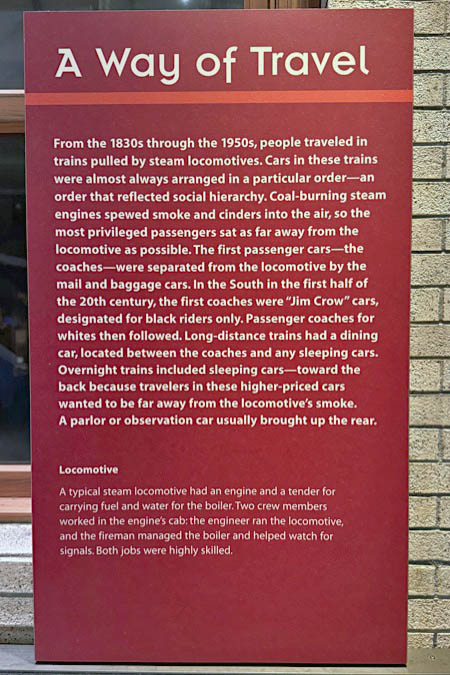
Aug 2024 / RWH
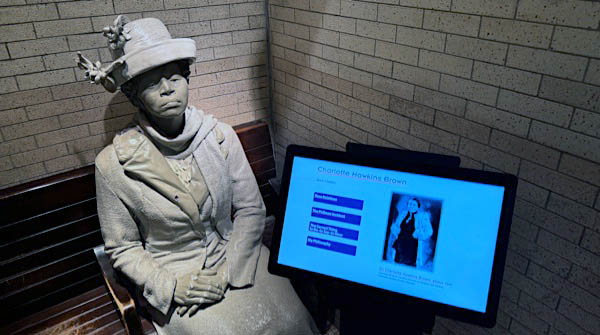
Aug 2024 / RWH
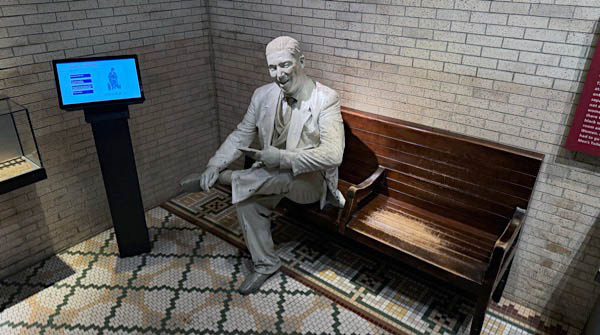
Aug 2024 / RWH

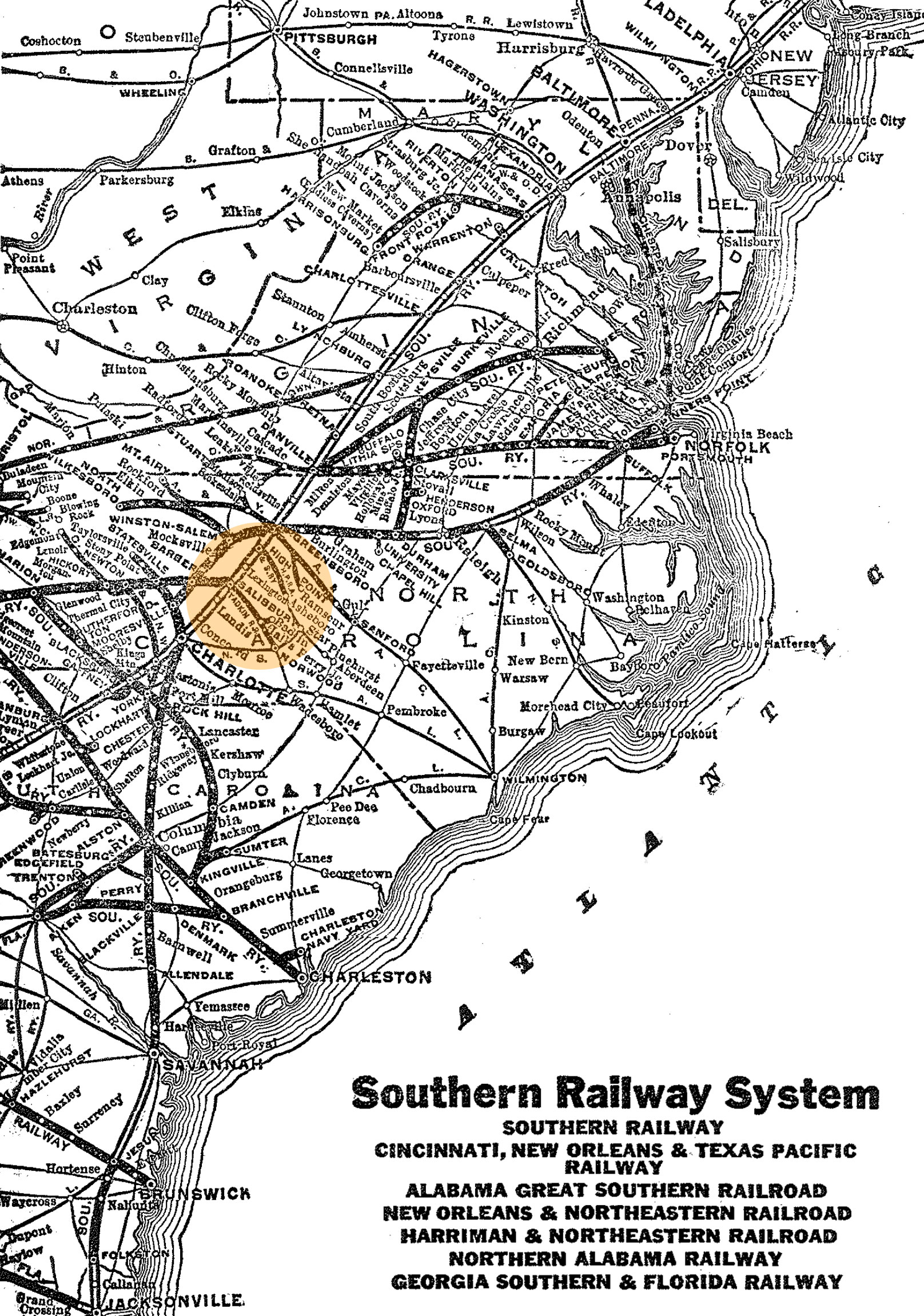
1930 Official Guide map / collection

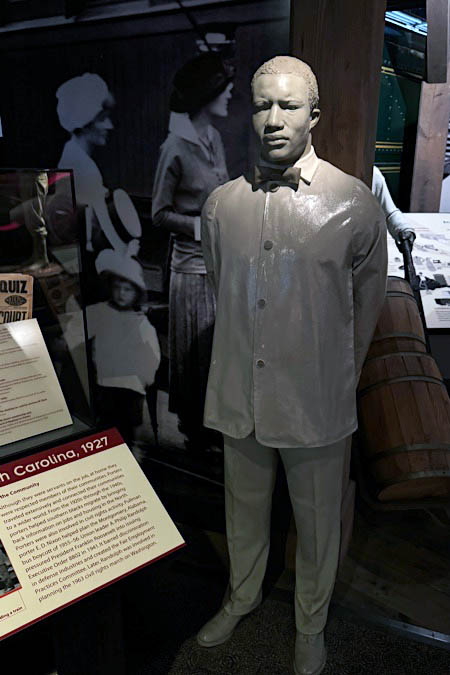
Aug 2024 / RWH
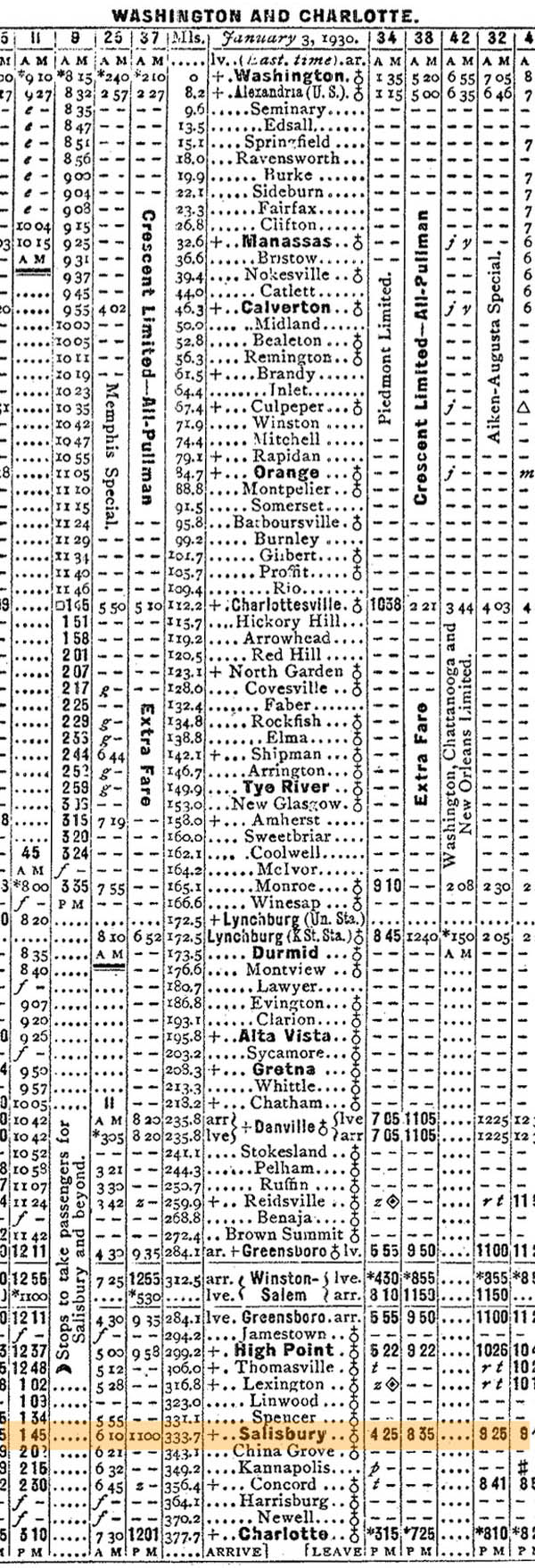
1930 Official Guide ad / collection

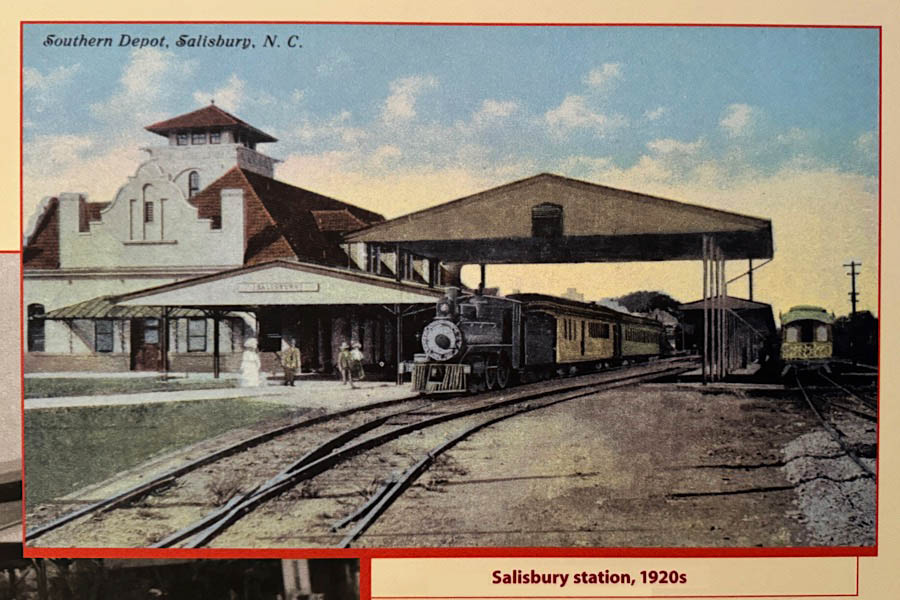
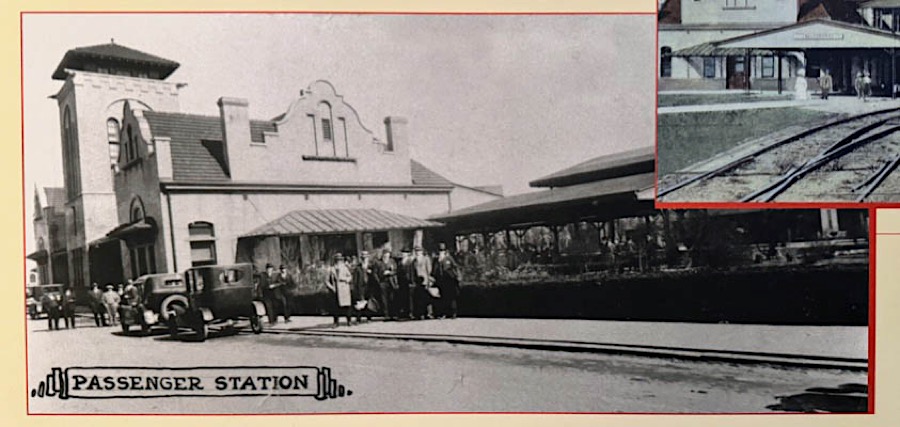
Aug 2024 / RWH

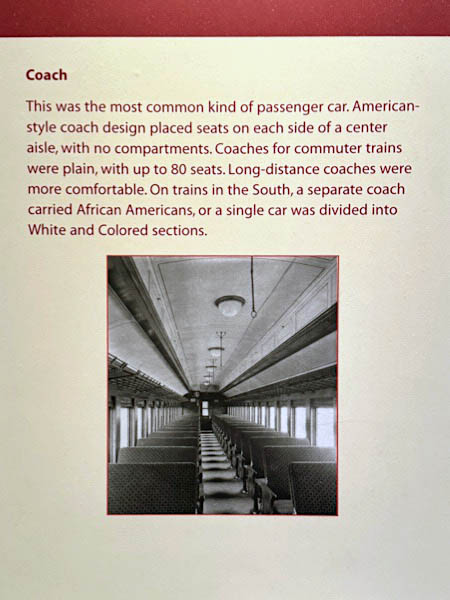
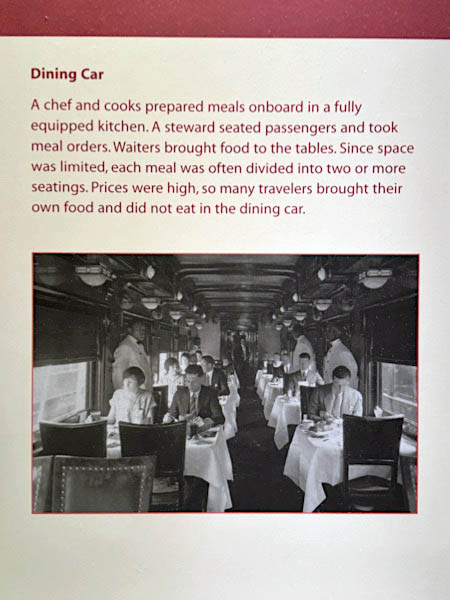
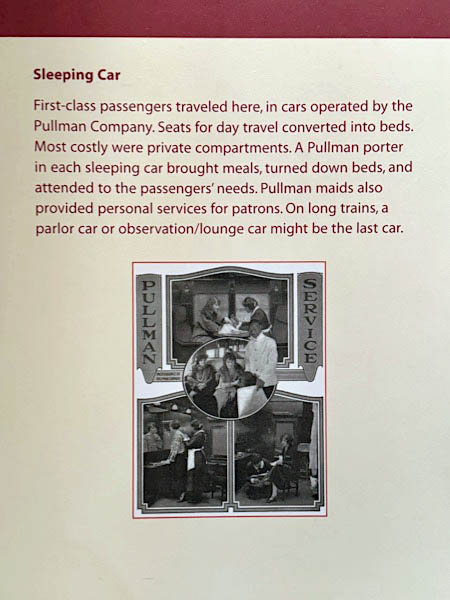
Aug 2024 / RWH
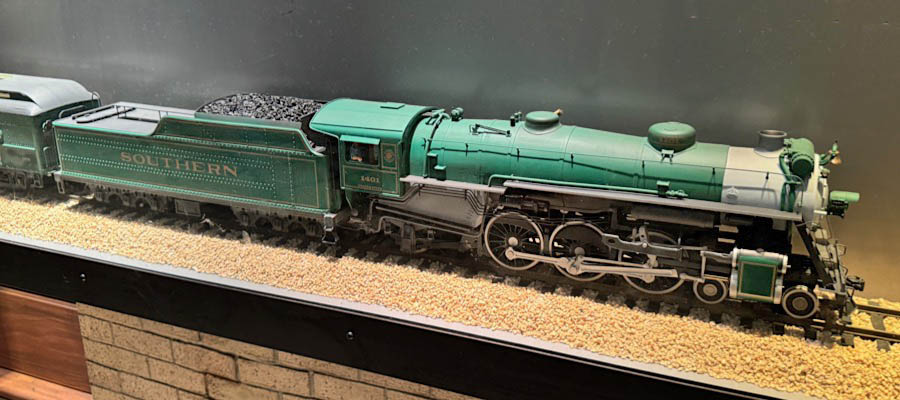
Aug 2024 / RWH
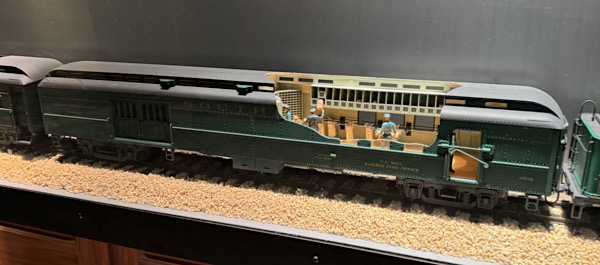
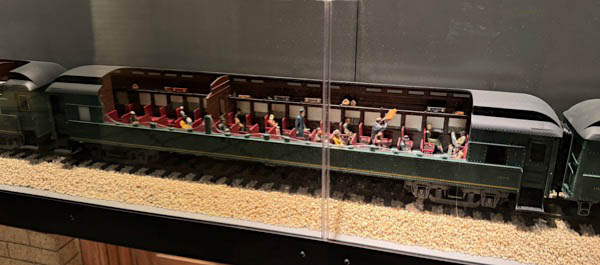
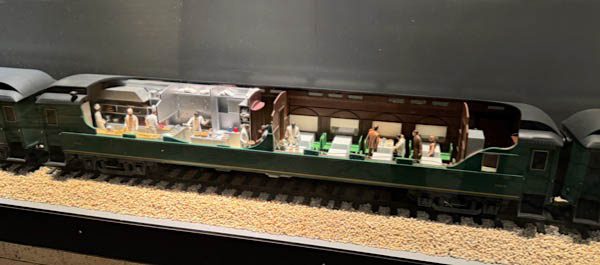

Aug 2024 / RWH
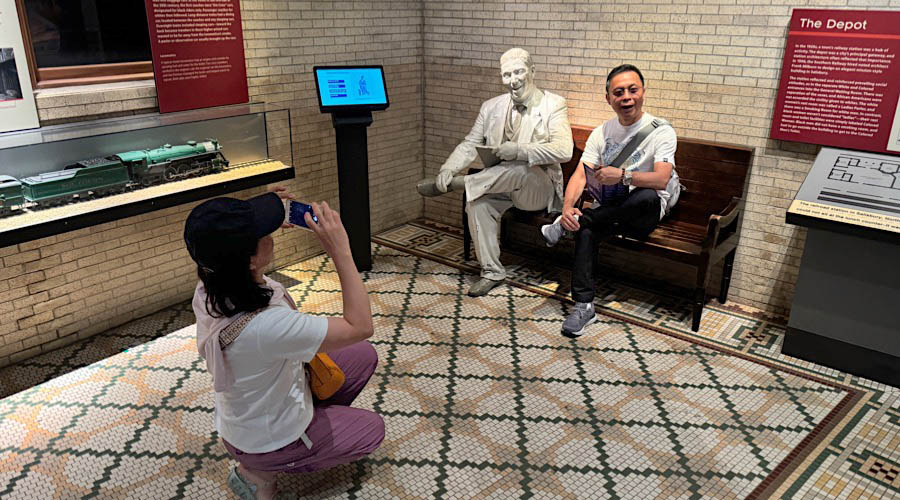
Aug 2024 / RWH

Check out Riding and Working on the Railroad to read more about this exhibit.
 Capital Car #303
Capital Car #303
Capital Traction Company #303

Capital Traction Company #303
National Museum of American History


Capital Traction Company #303

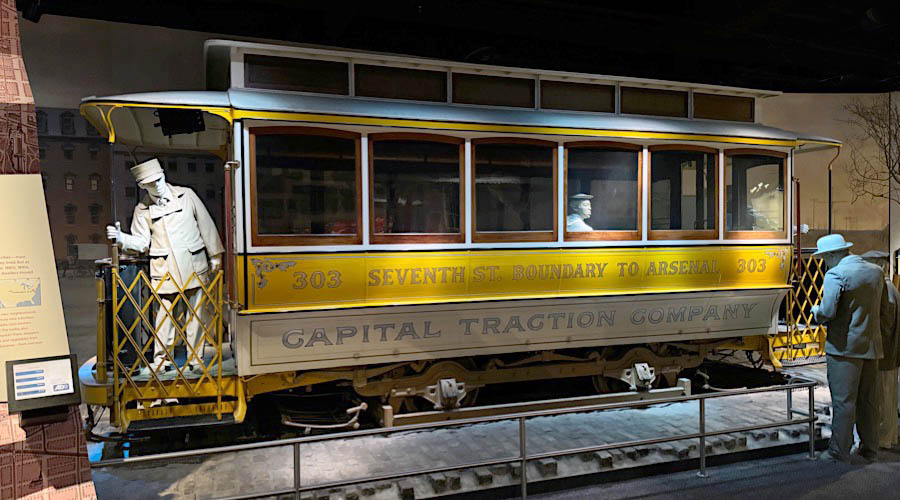
Aug 2024 / RWH
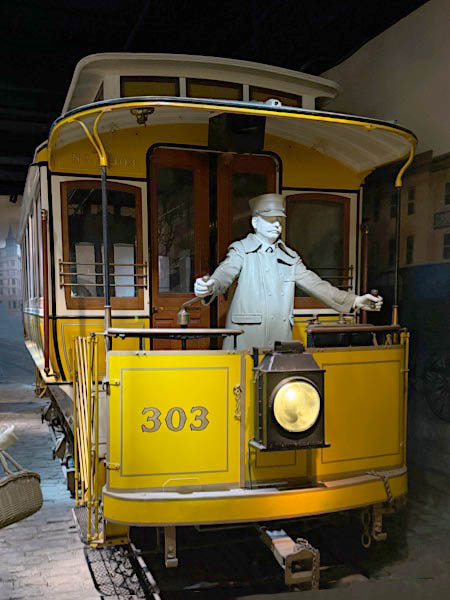
Aug 2024 / RWH
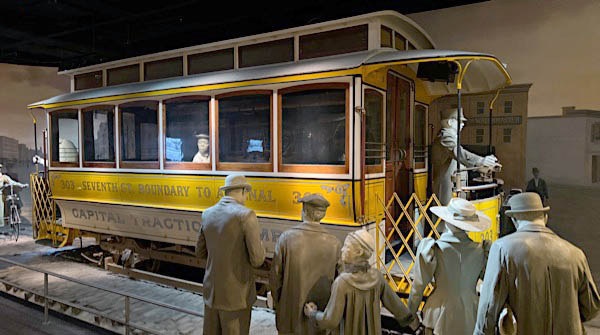
Aug 2024 / RWH
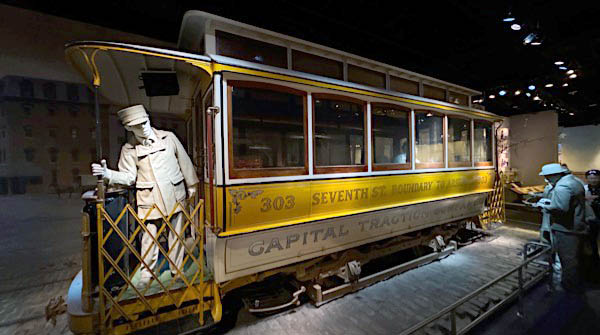
Aug 2024 / RWH


 ecause overhead wires were not permitted in the District of Columbia, an underground conduit system at the track's center was employed for electrical collection. Washington was one of the few cities in the world to use an underground conduit. The streetcar therefore has an extension affixed to the underside of the car that connected with an electric conduit between the trolley tracks.
ecause overhead wires were not permitted in the District of Columbia, an underground conduit system at the track's center was employed for electrical collection. Washington was one of the few cities in the world to use an underground conduit. The streetcar therefore has an extension affixed to the underside of the car that connected with an electric conduit between the trolley tracks.

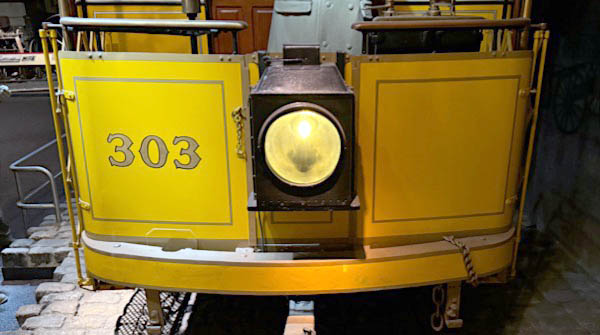
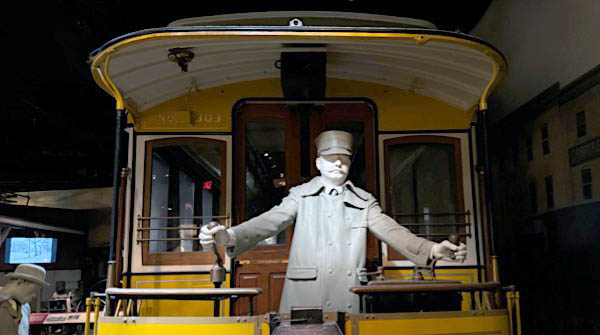
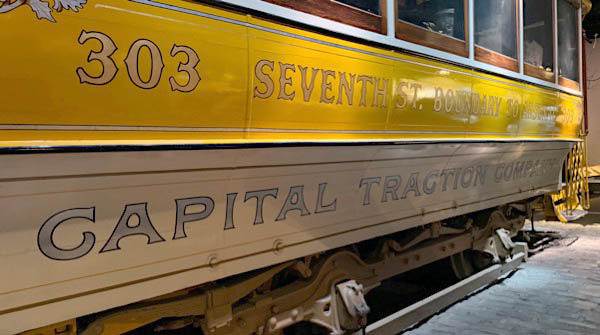

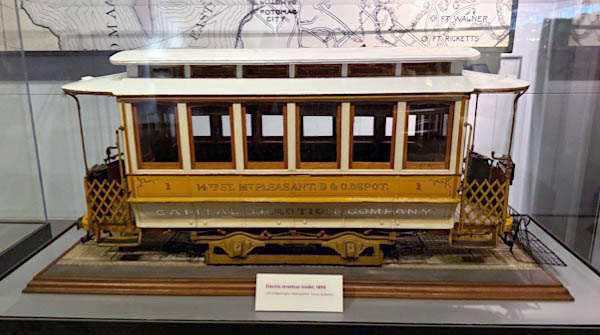
Aug 2024 / RWH
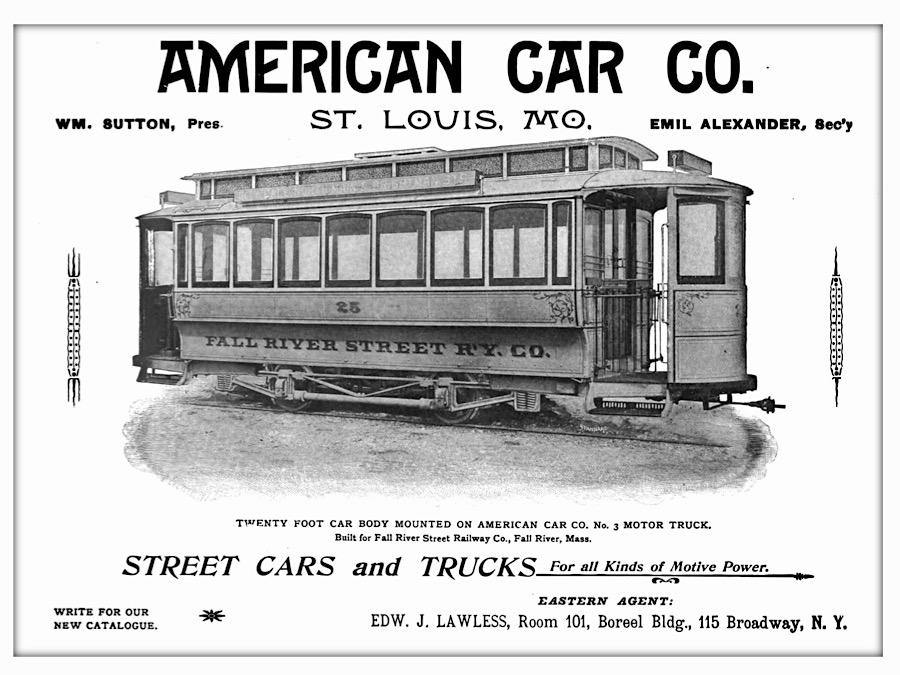
collection
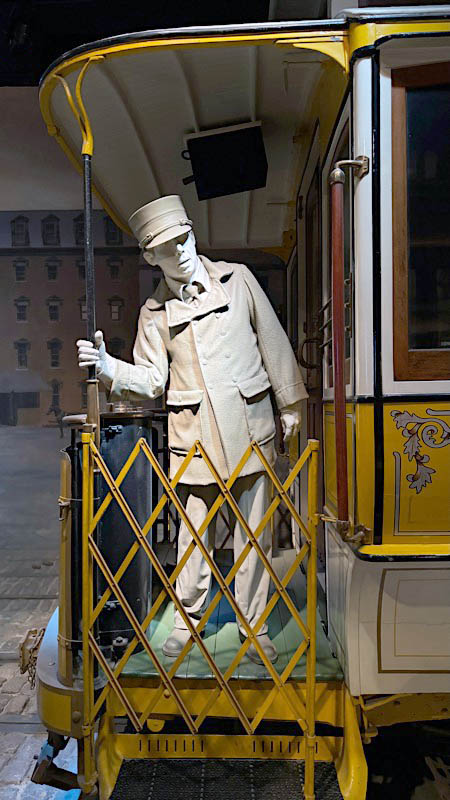
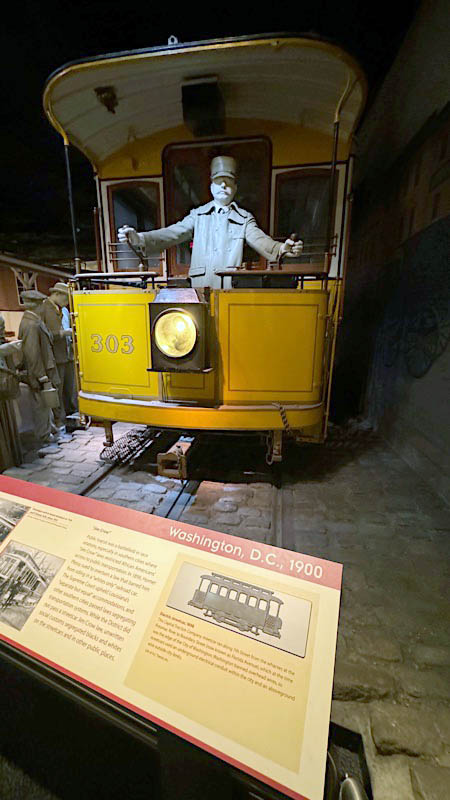
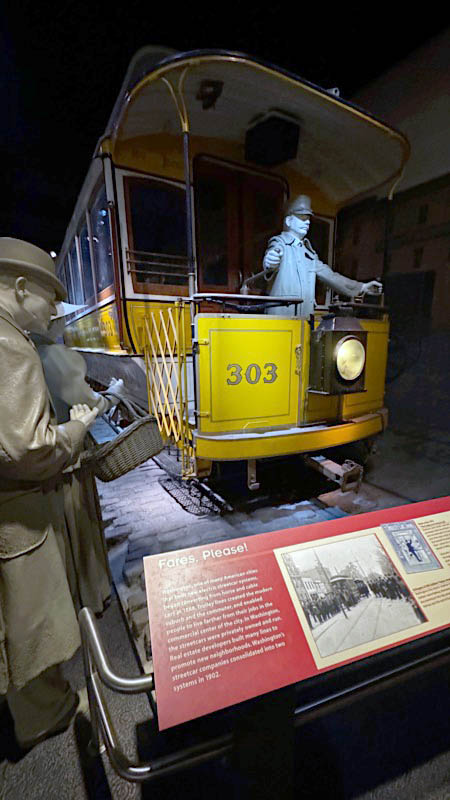

Aug 2024 / RWH
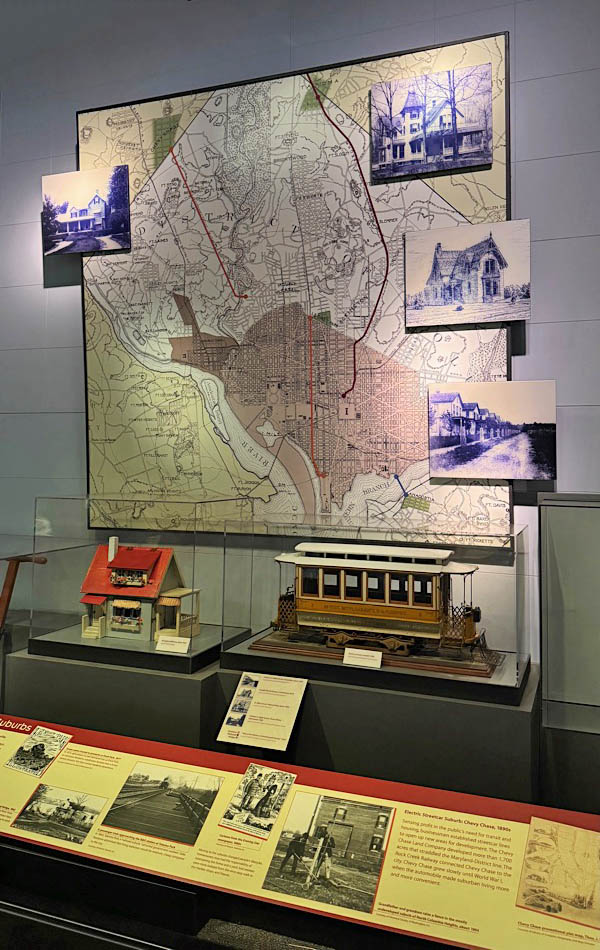
Aug 2024 / RWH

Aug 2024 / RWH
 Chicago "L"
Chicago "L"

Chicago Transit Authority #6719
Aug 2024 / RWH
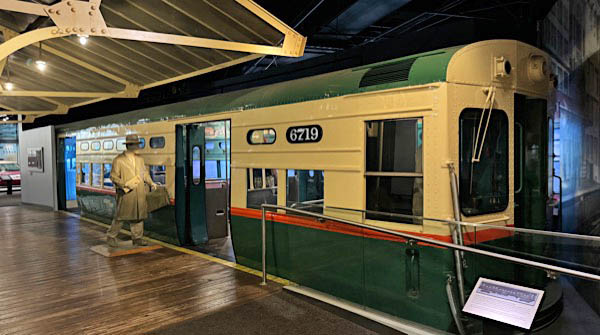
Aug 2024 / RWH

Aug 2024 / RWH
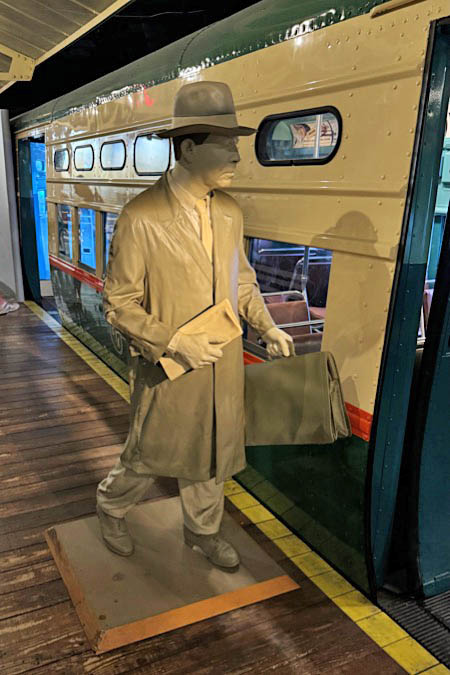

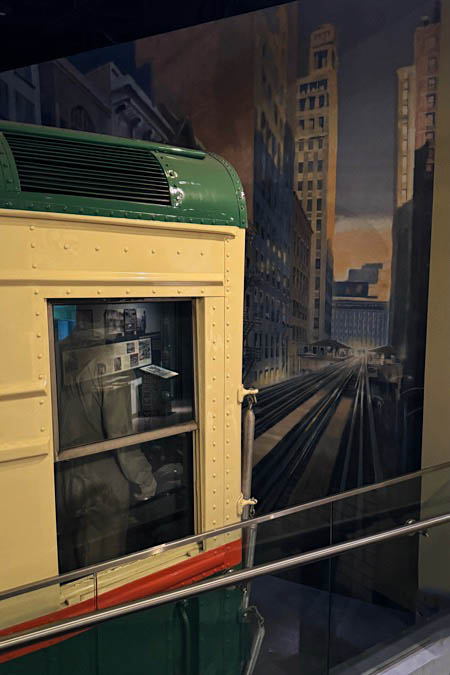
Aug 2024 / RWH

Aug 2024 / RWH
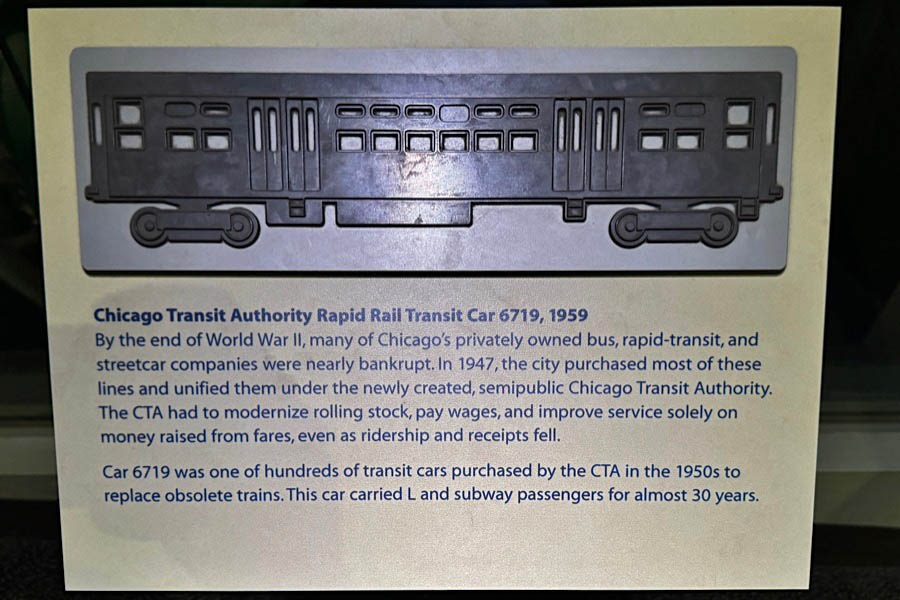
Aug 2024 / RWH
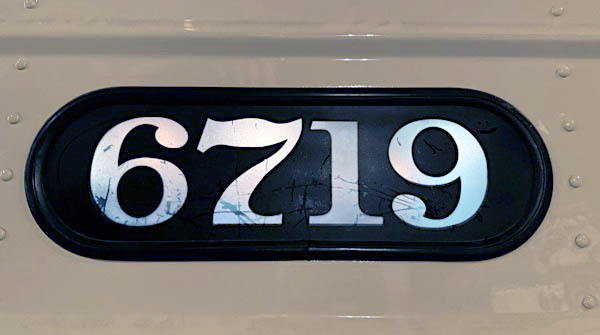
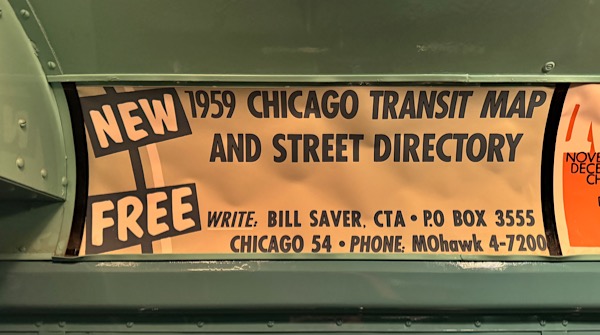
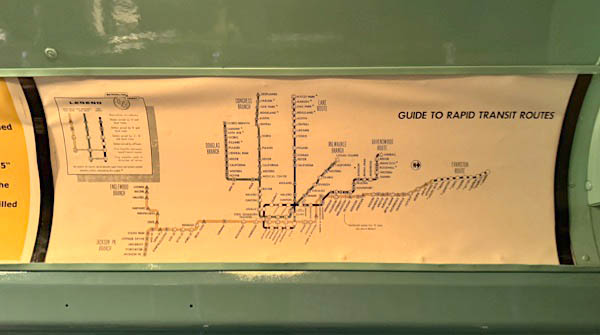
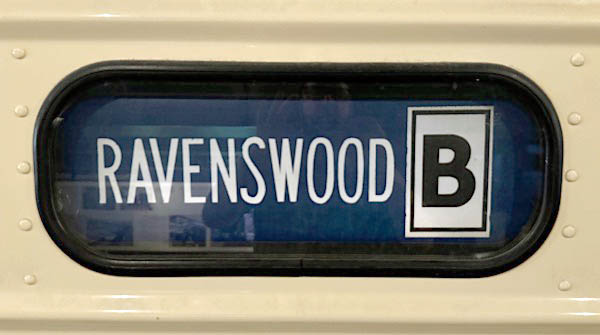
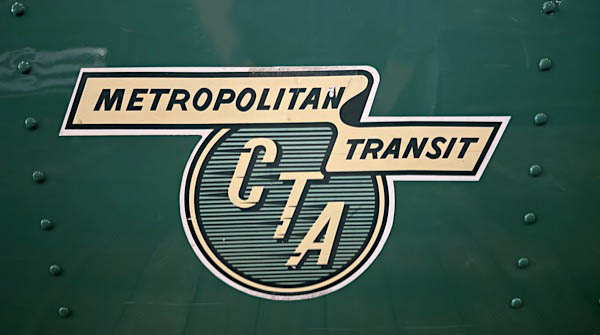

Aug 2024 / RWH

Aug 2024 / RWH
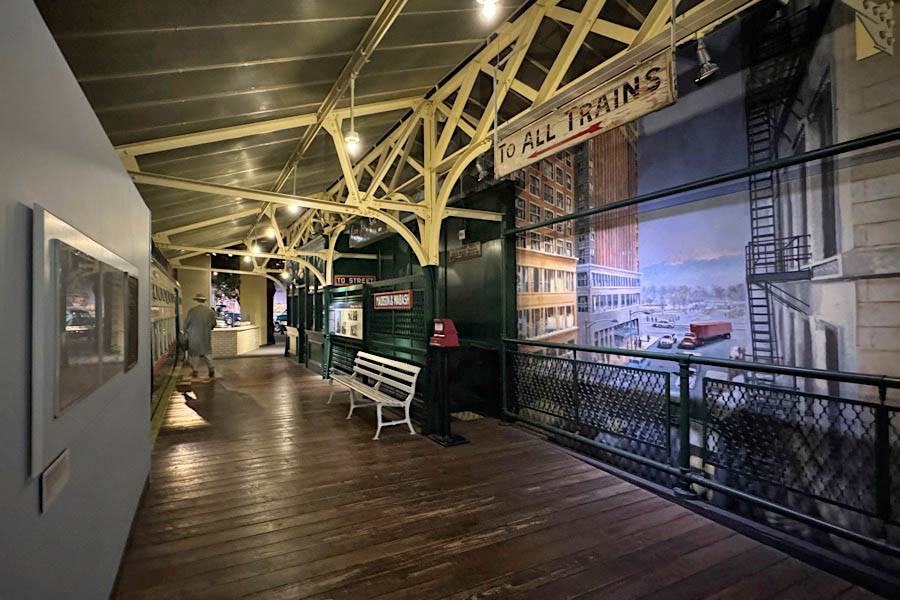
Aug 2024 / RWH

Aug 2024 / RWH

See also our complete Chicago Union Station scrapbook in Mainlines
 Lady Bird Special
Lady Bird Special
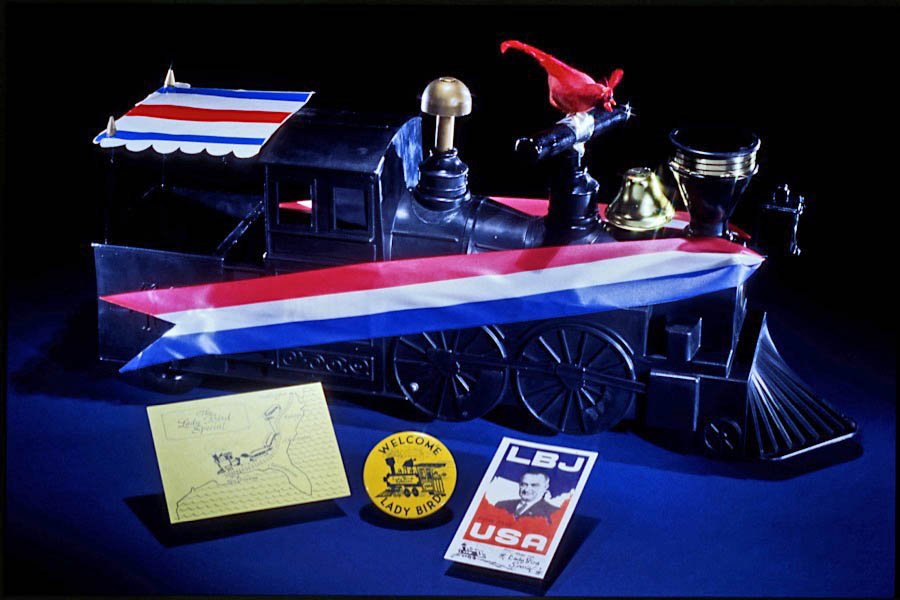
National Museum of American History
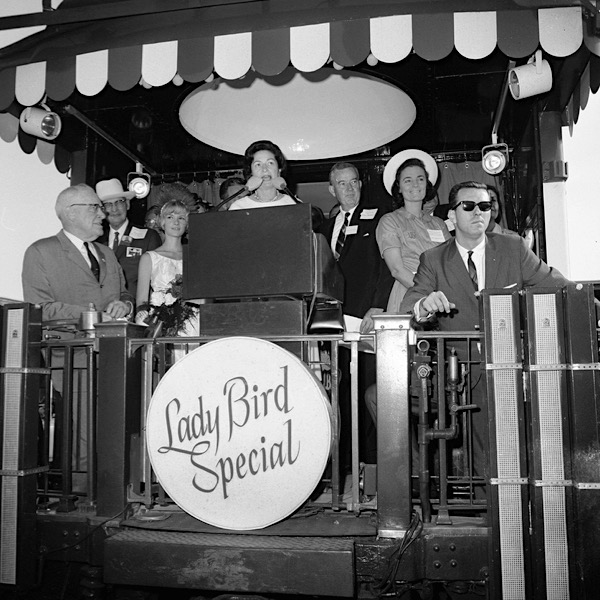 President Johnson had initially said he would turn down the Democratic Party nomination for president in 1964, having been unhappy during his service in President Kennedy's administration and believing the party did not want him. Although aides could not sway him, the First Lady convinced him otherwise, reassuring him of his worthiness and saying that if he dropped out, the Republicans would likely take the White House.
President Johnson had initially said he would turn down the Democratic Party nomination for president in 1964, having been unhappy during his service in President Kennedy's administration and believing the party did not want him. Although aides could not sway him, the First Lady convinced him otherwise, reassuring him of his worthiness and saying that if he dropped out, the Republicans would likely take the White House.
During the 1964 campaign, Lady Bird traveled through eight Southern states from October 6 to 9 in a chartered train, the Lady Bird Special, at one point giving 45 speeches over four days. It was the first solo whistle-stop tour by a First Lady. In the same month, Lady Bird continued her campaign tour by airplane, with stops in Texas, Oklahoma, Arkansas, Indiana, and Kentucky.

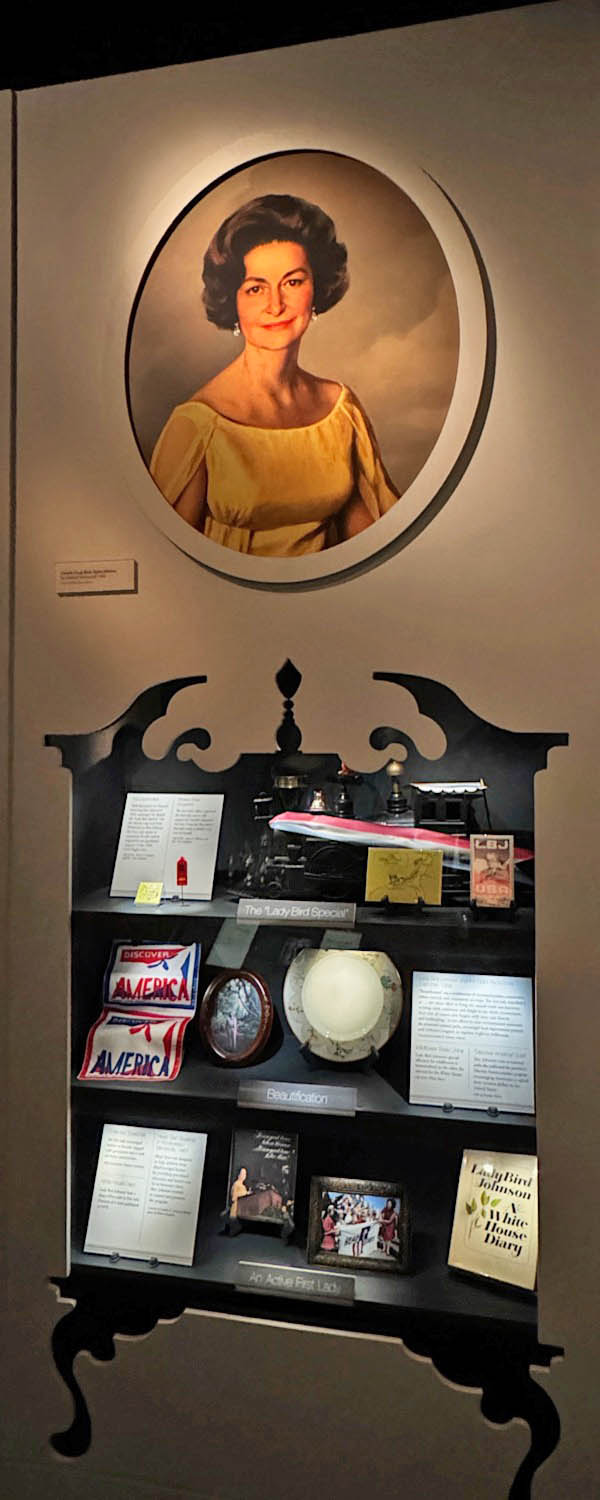
Aug 2024 / RWH
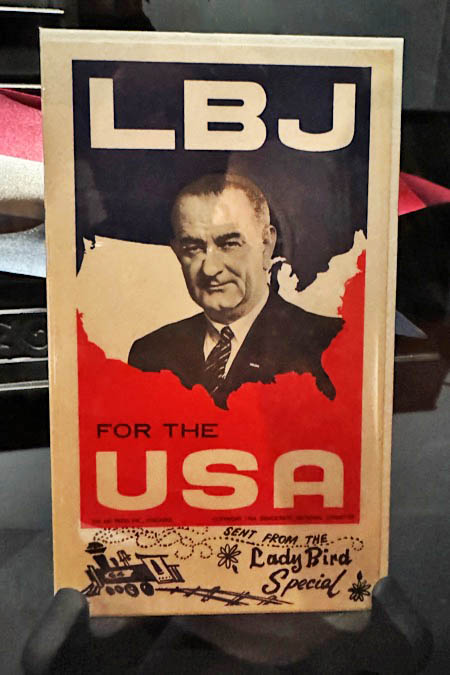
Aug 2024 / RWH
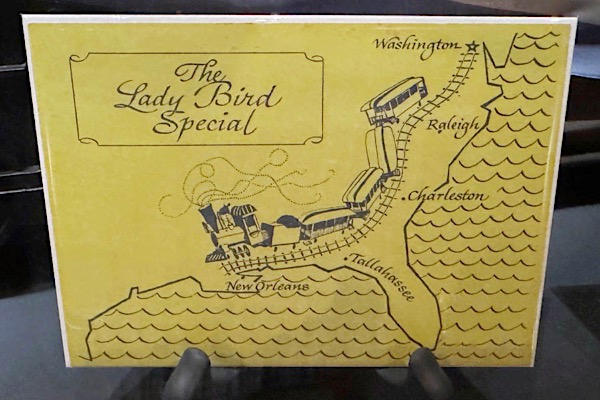
Aug 2024 / RWH
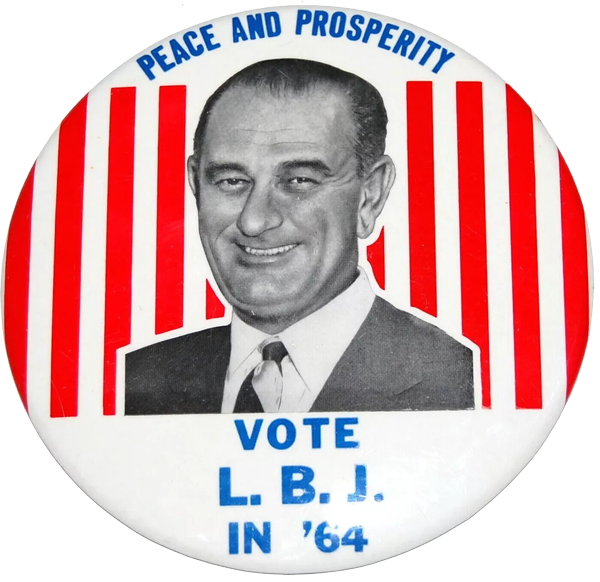
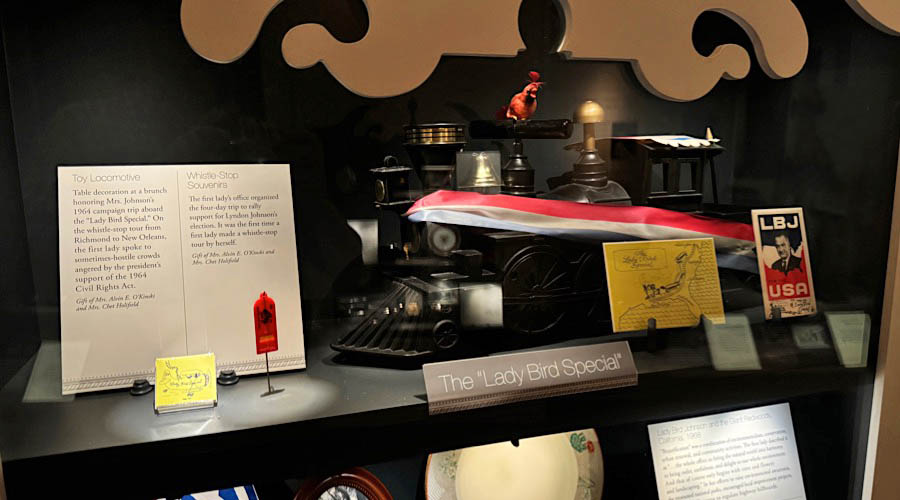
Aug 2024 / RWH
 lthough HawkinsRails does not have pictures of the 1964 Lady Bird Special, John did catch the 1960 LBJ Campaign Train as it made a stop in Pensacola, Florida, in October 1960. The train was pulled by Louisville & Nashville power, and Lyndon and Lady Bird spoke from the rear platform of beautiful Texas & Pacific office car #1.
lthough HawkinsRails does not have pictures of the 1964 Lady Bird Special, John did catch the 1960 LBJ Campaign Train as it made a stop in Pensacola, Florida, in October 1960. The train was pulled by Louisville & Nashville power, and Lyndon and Lady Bird spoke from the rear platform of beautiful Texas & Pacific office car #1.

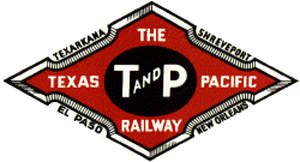

Pensacola, Fl / Oct 1960 / JCH

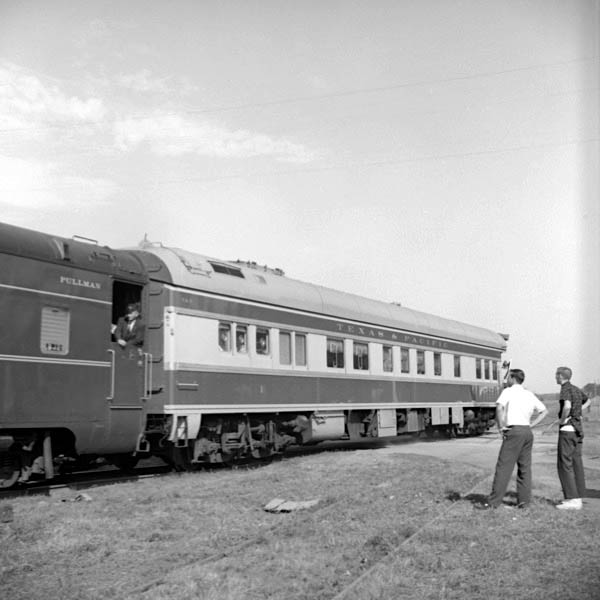


Pensacola, Fl / Oct 1960 / JCH

Pensacola, Fl / Oct 1960 / JCH

Pensacola, Fl / Oct 1960 / JCH
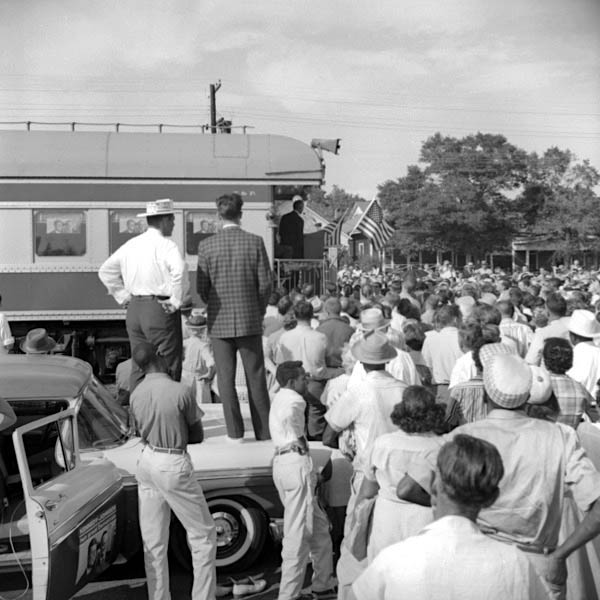
Pensacola, Fl / Oct 1960 / JCH
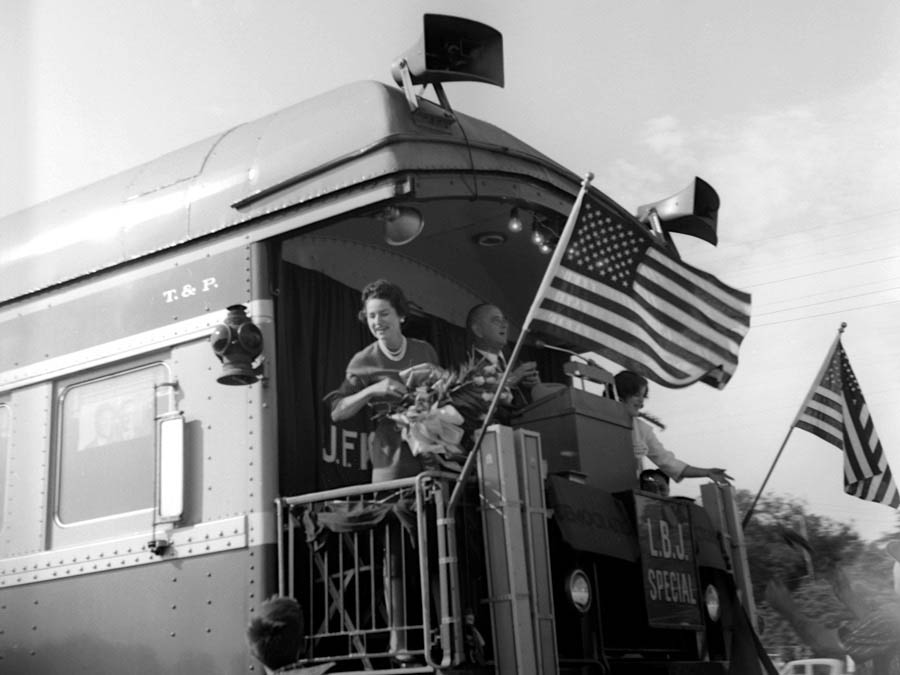
Pensacola, Fl / Oct 1960 / JCH
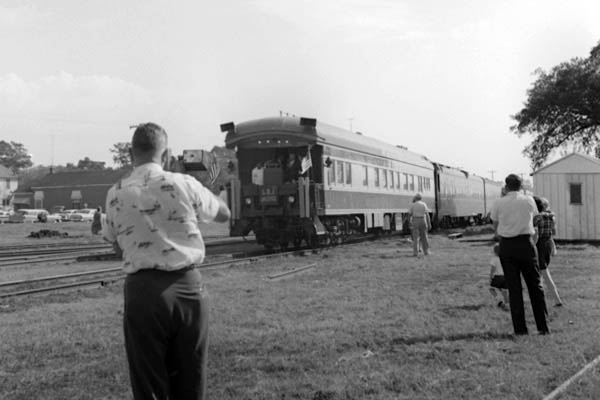
Pensacola, Fl / Oct 1960 / JCH

See also our complete Louisville & Nashville Fallen Flag scrapbook in Mainlines
Ships

Aug 2024 / RWH
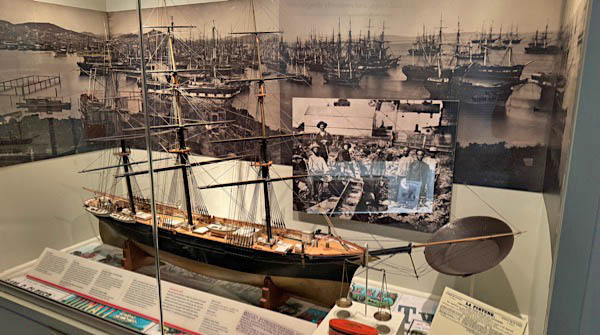
Aug 2024 / RWH
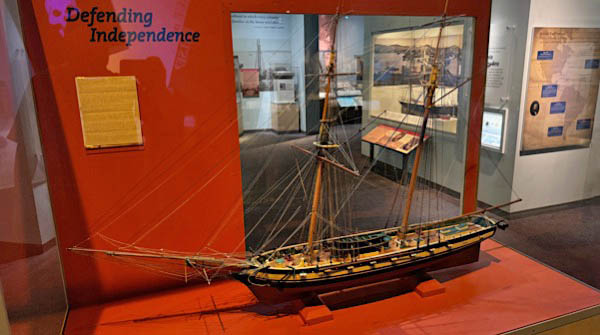
Aug 2024 / RWH
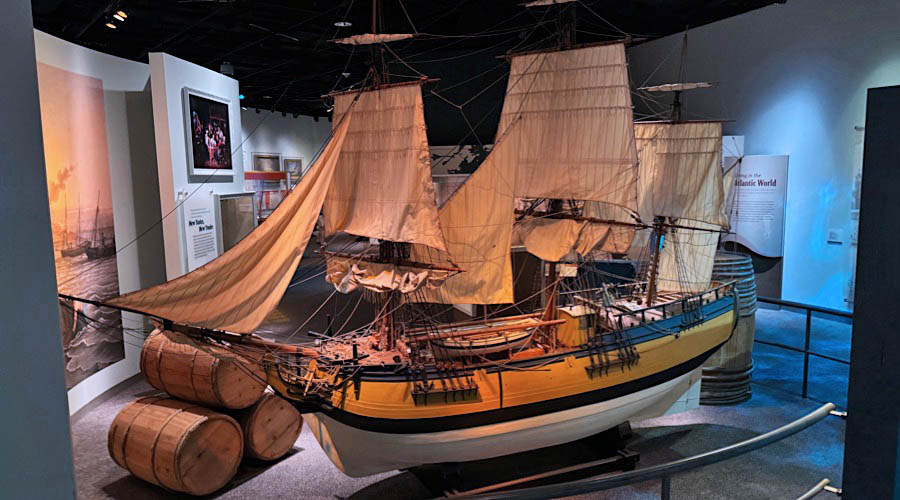
Aug 2024 / RWH
Vehicles

Aug 2024 / RWH

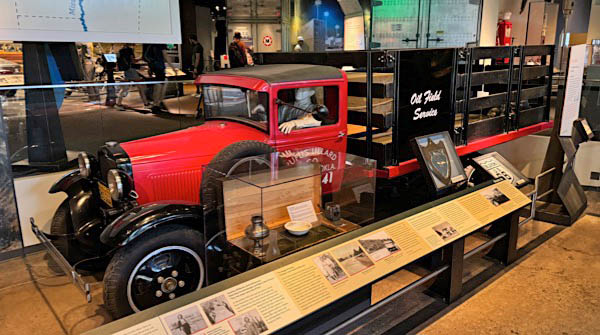
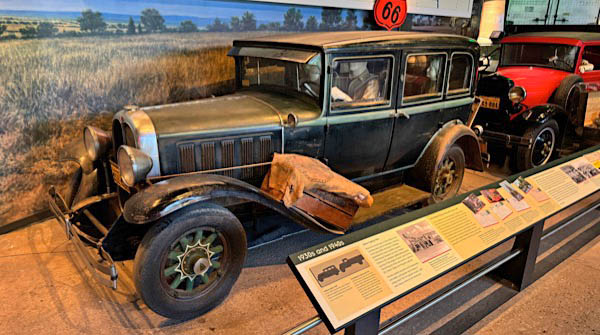
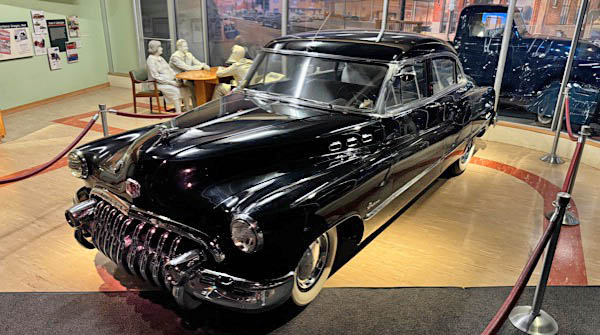
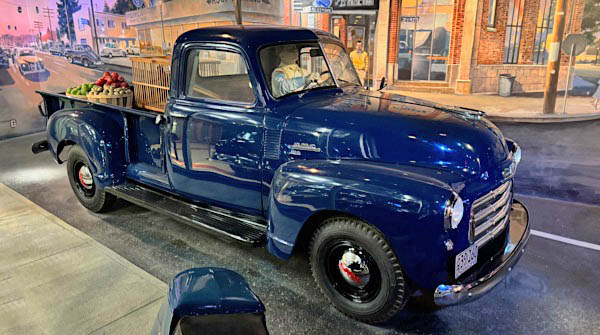
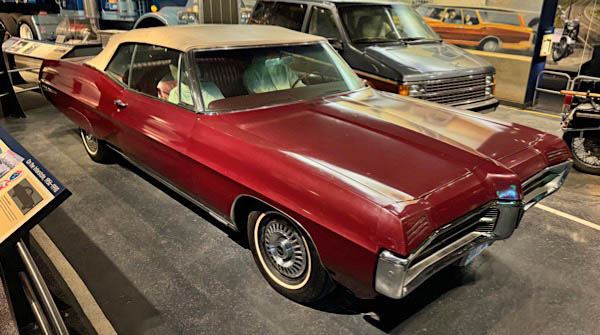
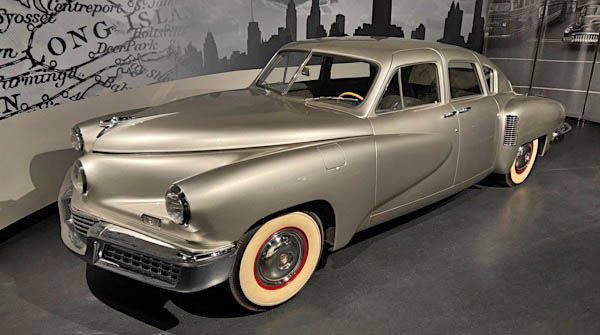
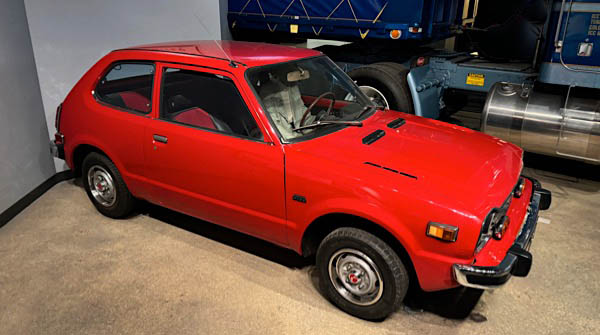
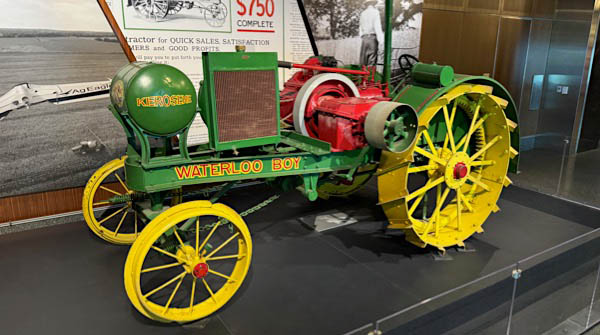
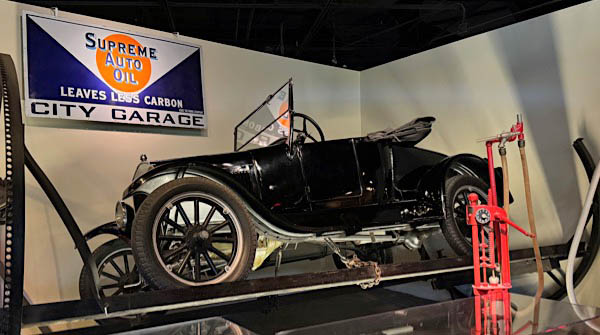
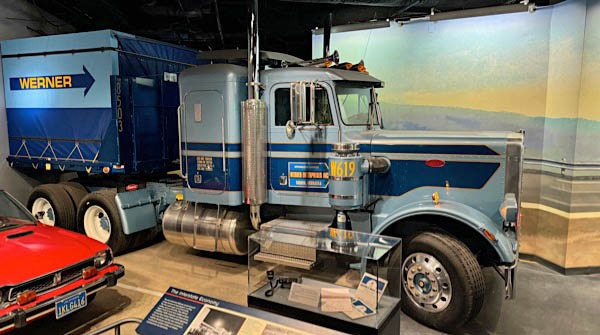

Aug 2024 / RWH

Aug 2024 / RWH
Electricity

Aug 2024 / RWH
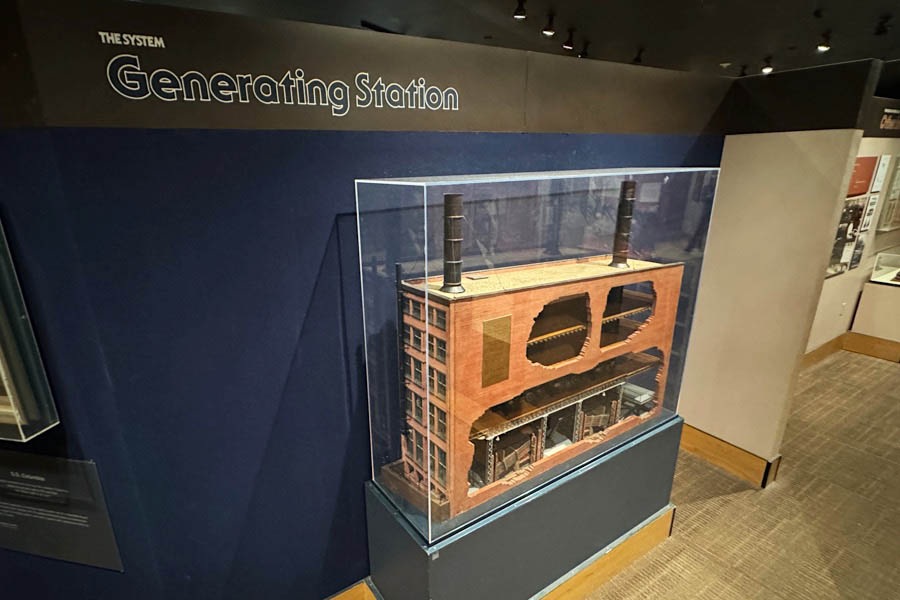
Aug 2024 / RWH
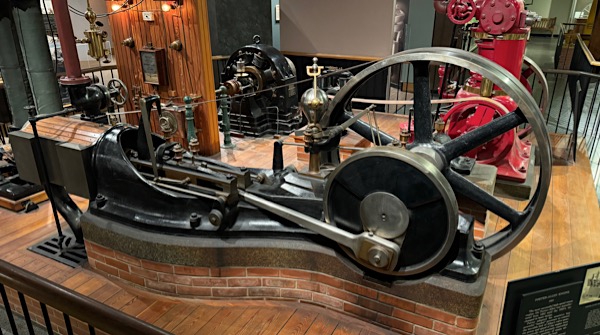
Aug 2024 / RWH
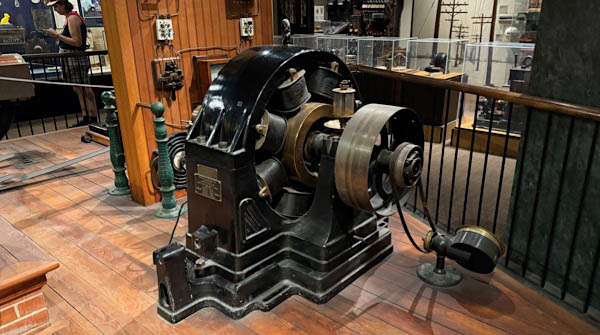
Aug 2024 / RWH

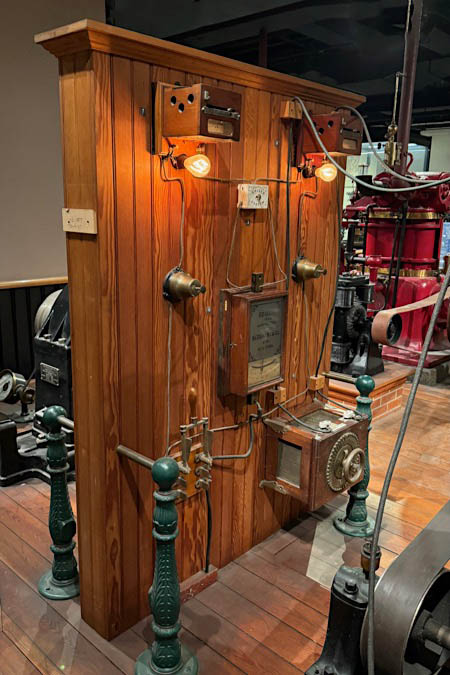
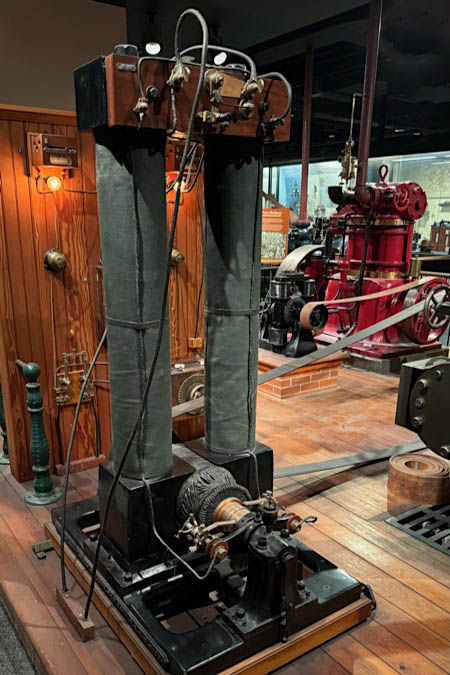
Aug 2024 / RWH
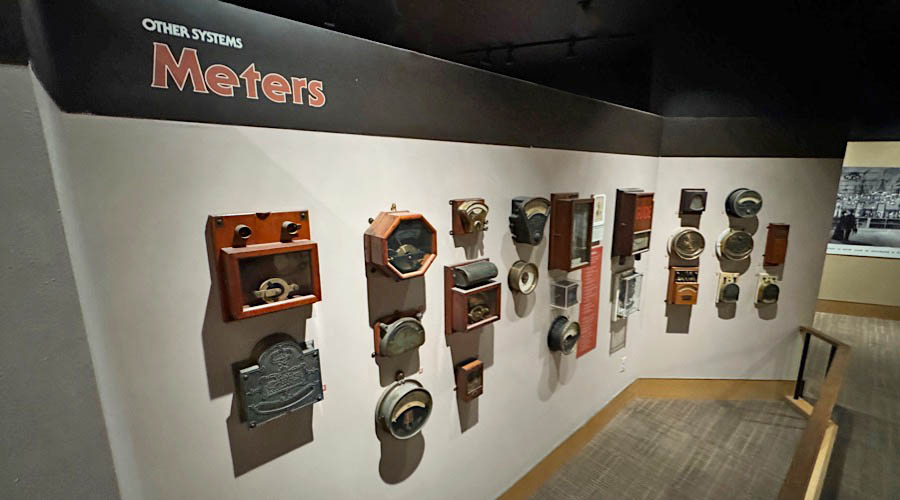
Aug 2024 / RWH
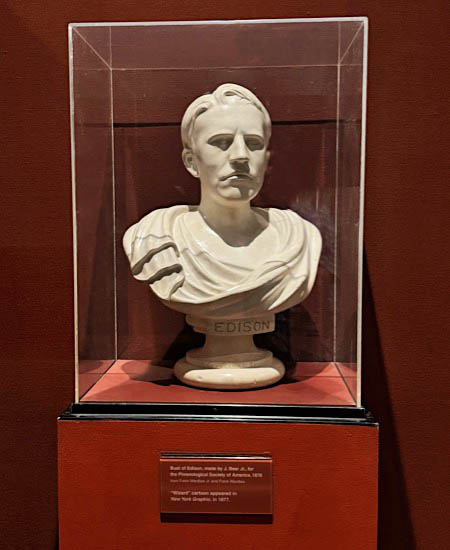
Aug 2024 / RWH
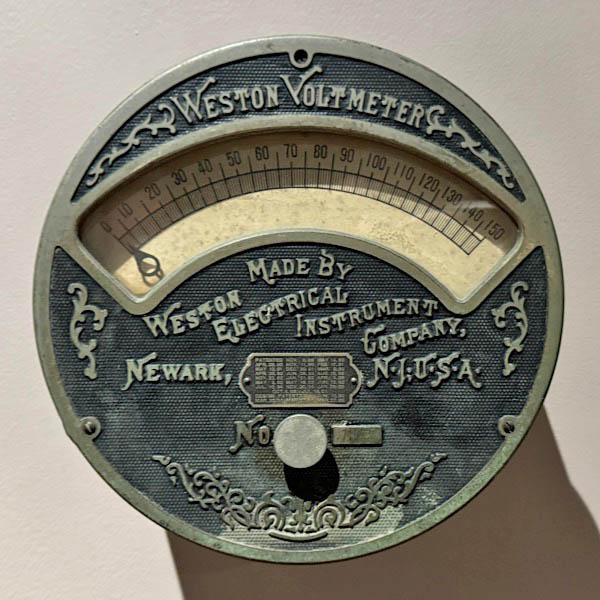
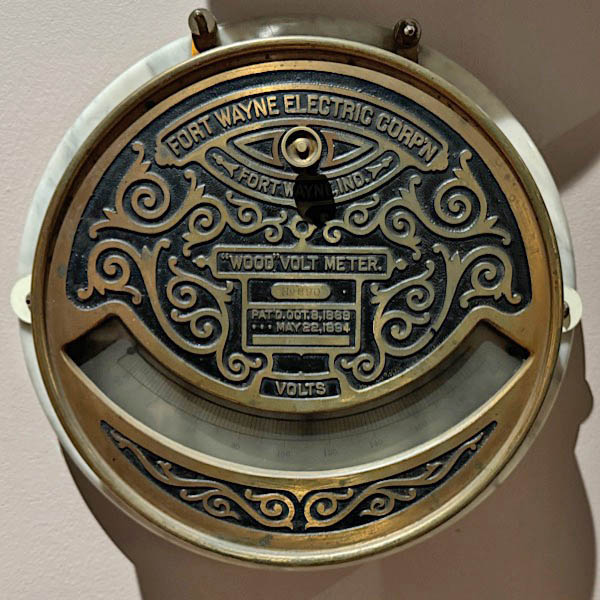
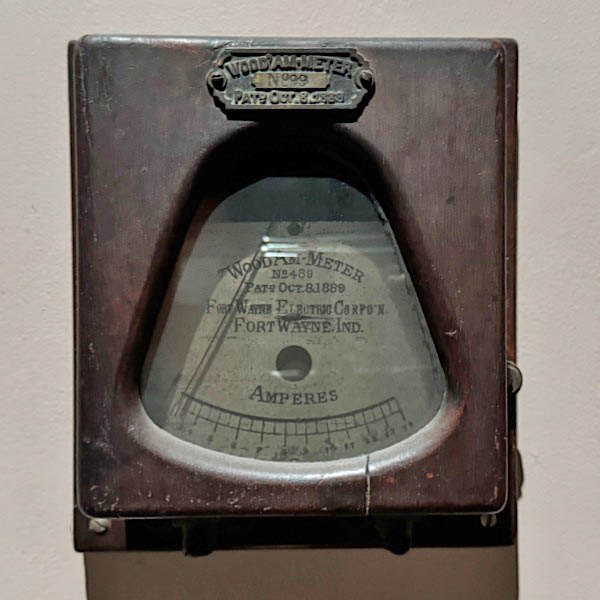

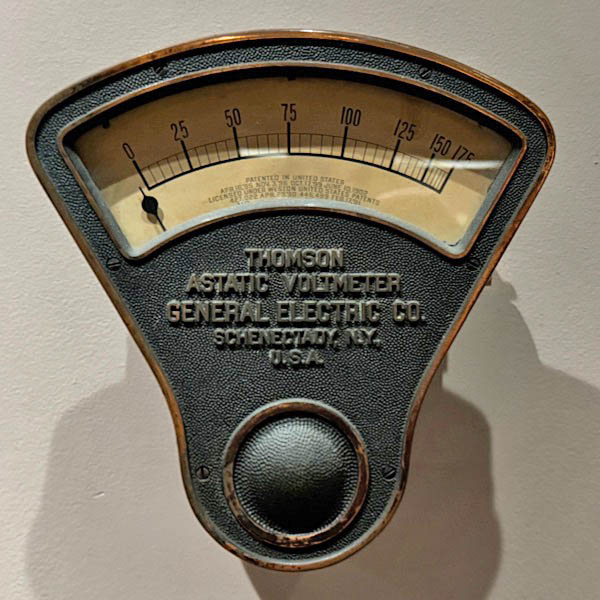

Aug 2024 / RWH
 Lagniappe
Lagniappe
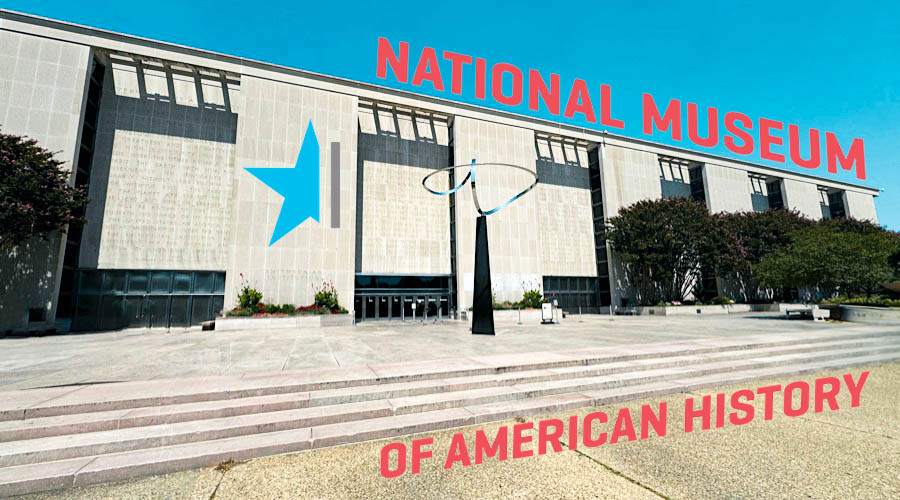
Madison Drive Northwest
Washington, DC / Aug 2024 / RWH

When Beauty Rode the Rails
Washington, DC / Aug 2024 / RWH
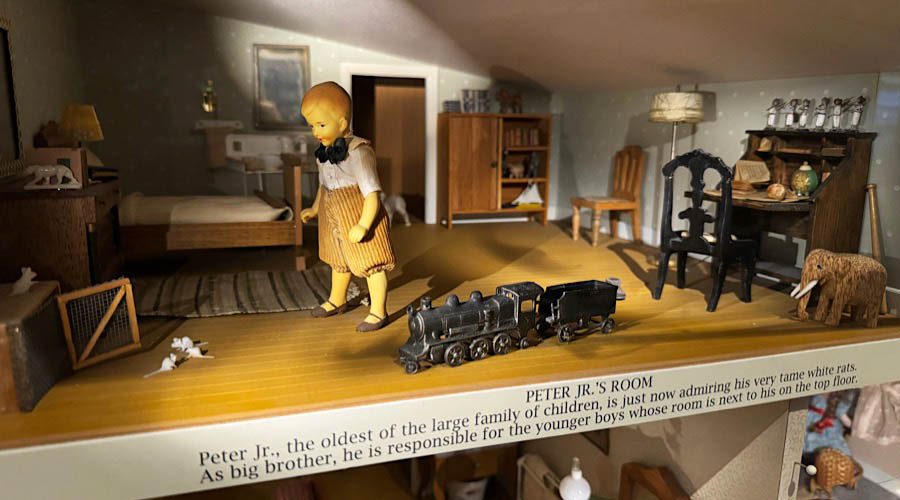
Peter Junior Loves Trains
Aug 2024 / RWH

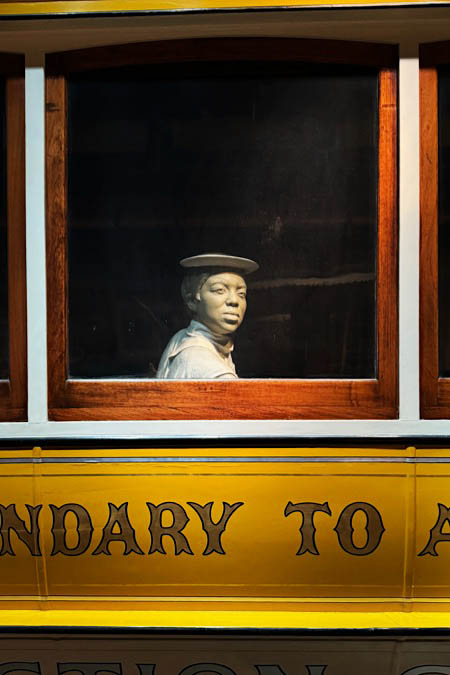
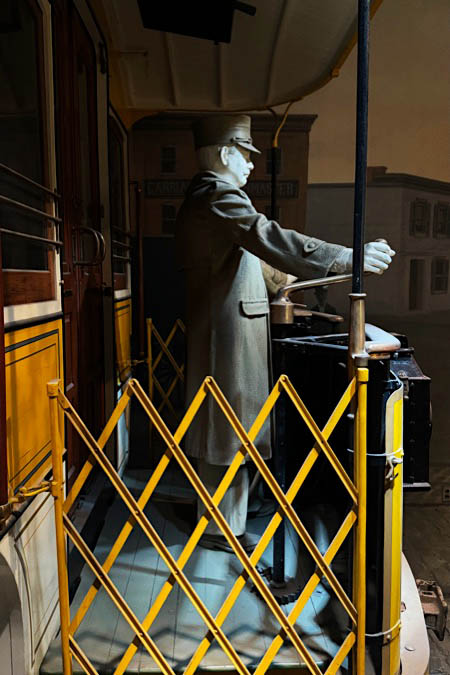
Riders in the Storm
Aug 2024 / RWH
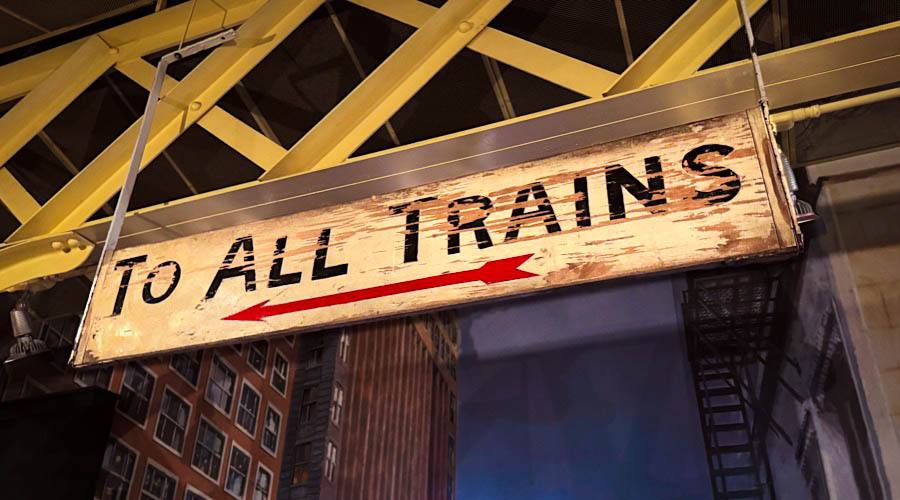
Going My Way
Aug 2024 / RWH
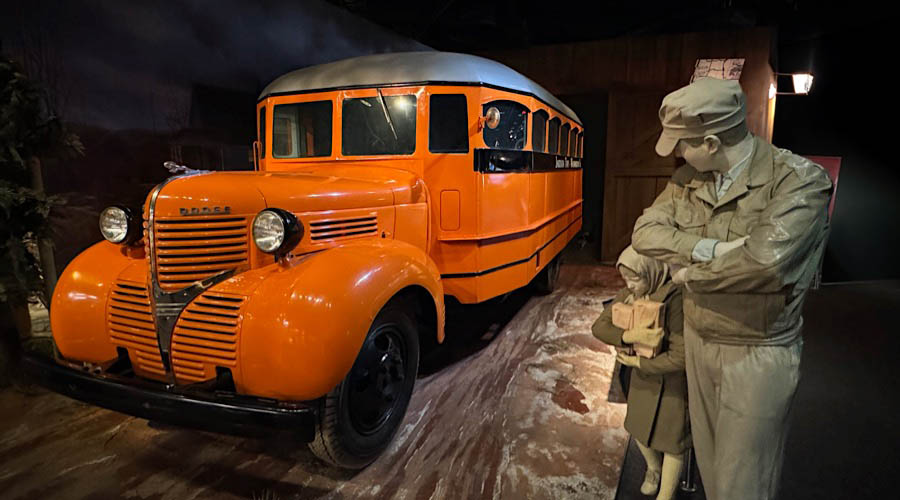
Off We Go
Aug 2024 / RWH
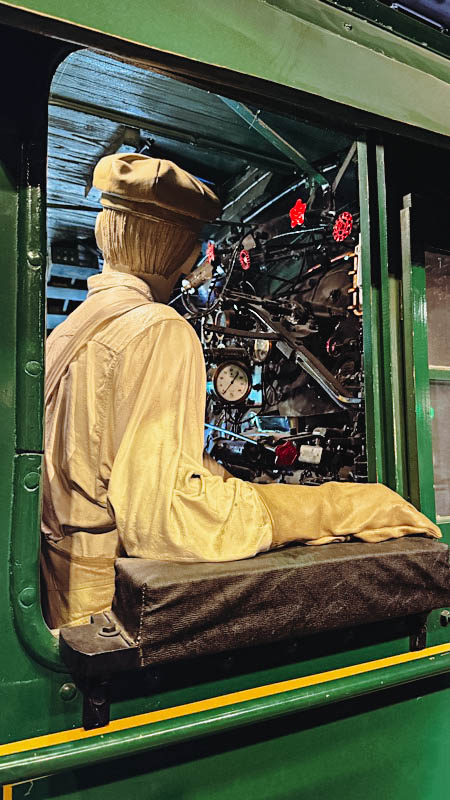
Nerve Center
Aug 2024 / RWH
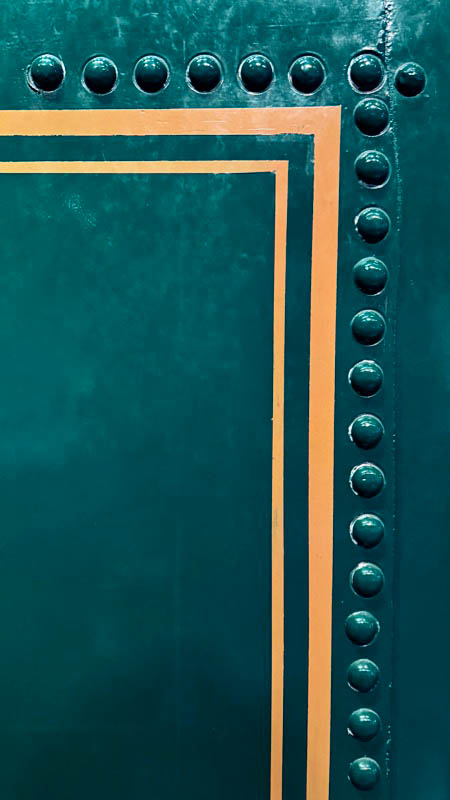
Corner Lot
Aug 2024 / RWH

Magic Carpet Ride
image and artwork RWH
 Snapshots
Snapshots
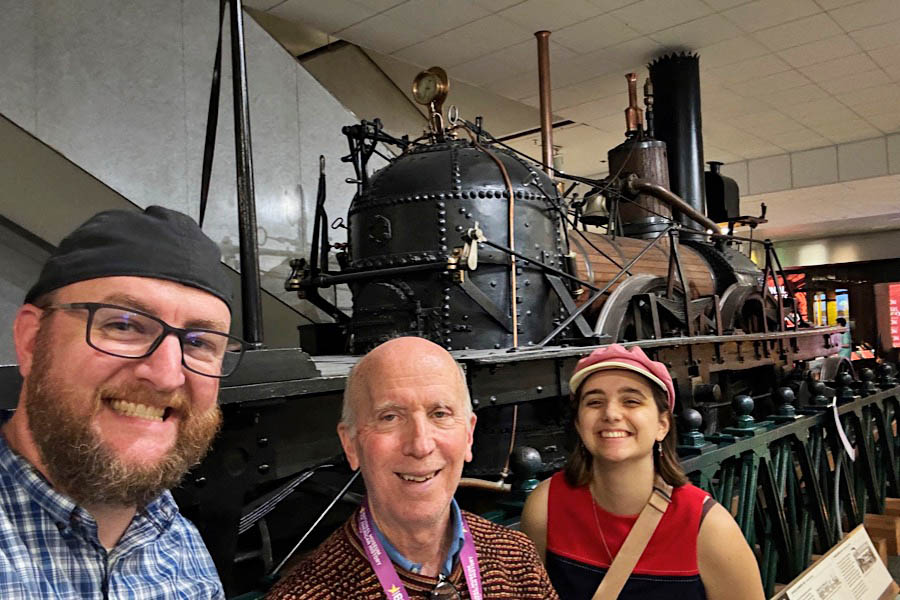
Aug 2024 / RWH
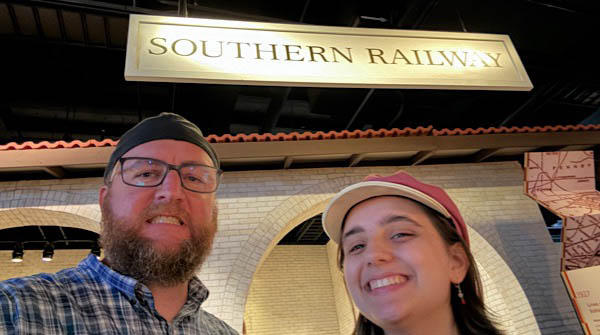
Aug 2024 / RWH
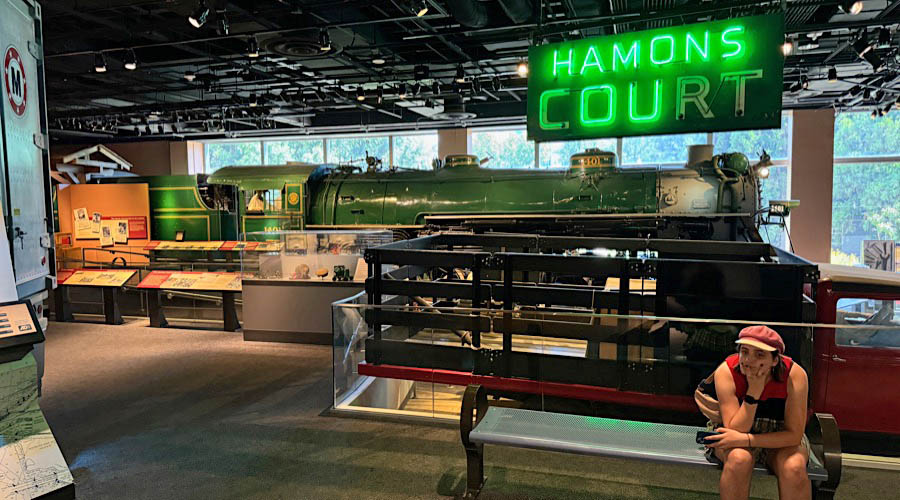
Aug 2024 / RWH

Aug 2024 / ETH
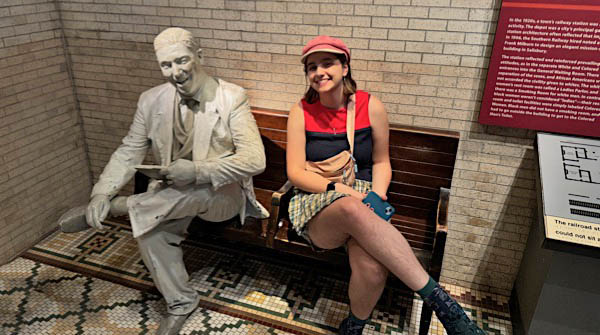
Aug 2024 / RWH
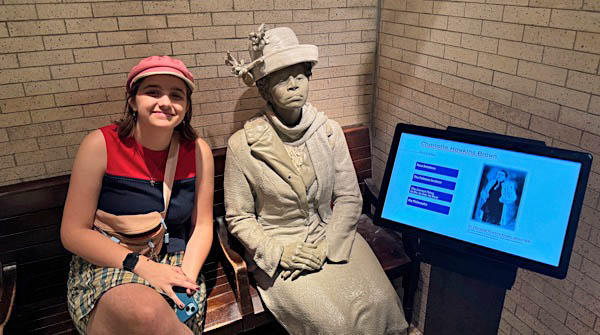
Aug 2024 / RWH
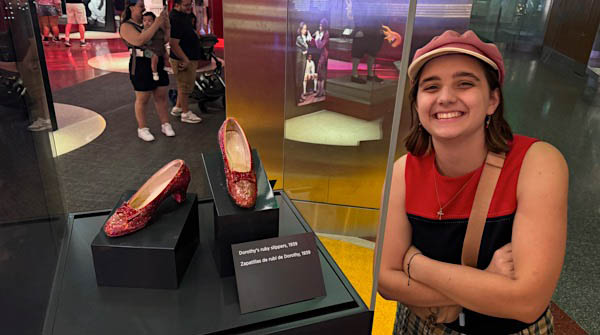
Aug 2024 / RWH
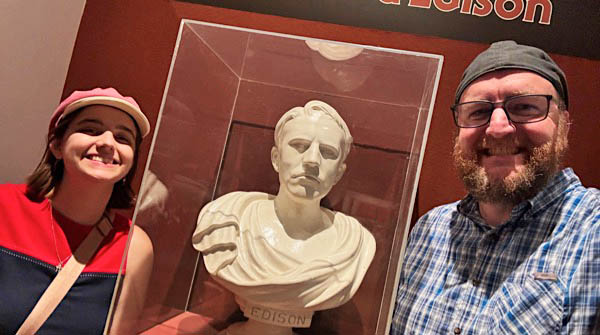
Aug 2024 / RWH
Links / Sources
- National Museum of American History website
- America on the Move exhibition website
- Wikipedia article for National Museum of American History

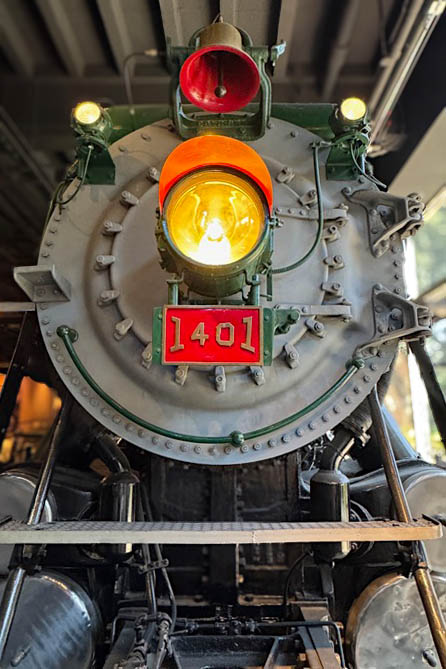
 The America on the Move exhibition at the National Museum of American History explores the profound impact of transportation on American life, culture, and economy. Spanning over 300 years of history, the exhibit showcases the evolution of transportation, from early horse-drawn carriages to modern automobiles, trains, and airplanes. The exhibition highlights how advancements in transportation transformed communities, reshaped industries, and influenced the way Americans live, work, and travel. Through immersive displays, the exhibit connects the personal stories of Americans with the broader changes brought about by these innovations. The collection includes the historic 1831 John Bull steam locomotive, a narrow-gauge American-type steamer from western contexts, a Chicago "L" transit display, and a classic
The America on the Move exhibition at the National Museum of American History explores the profound impact of transportation on American life, culture, and economy. Spanning over 300 years of history, the exhibit showcases the evolution of transportation, from early horse-drawn carriages to modern automobiles, trains, and airplanes. The exhibition highlights how advancements in transportation transformed communities, reshaped industries, and influenced the way Americans live, work, and travel. Through immersive displays, the exhibit connects the personal stories of Americans with the broader changes brought about by these innovations. The collection includes the historic 1831 John Bull steam locomotive, a narrow-gauge American-type steamer from western contexts, a Chicago "L" transit display, and a classic 

